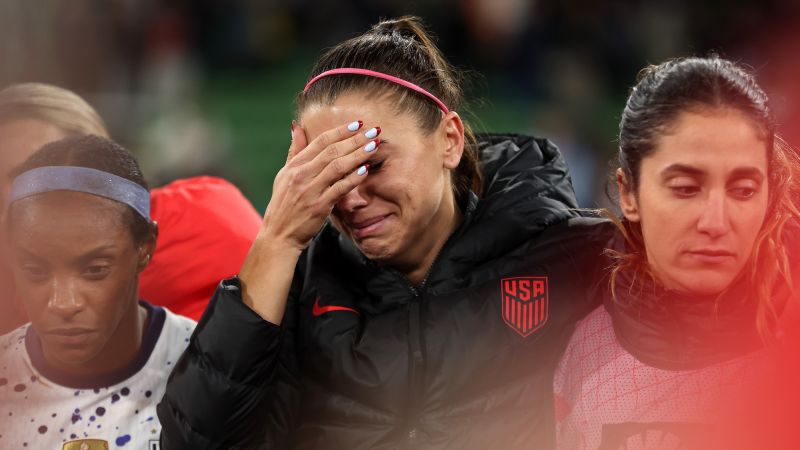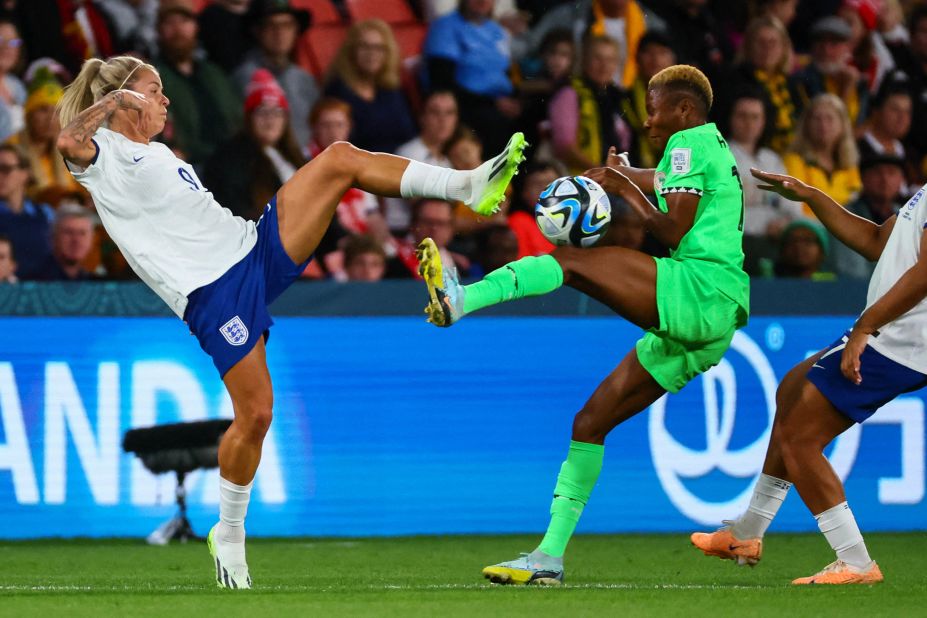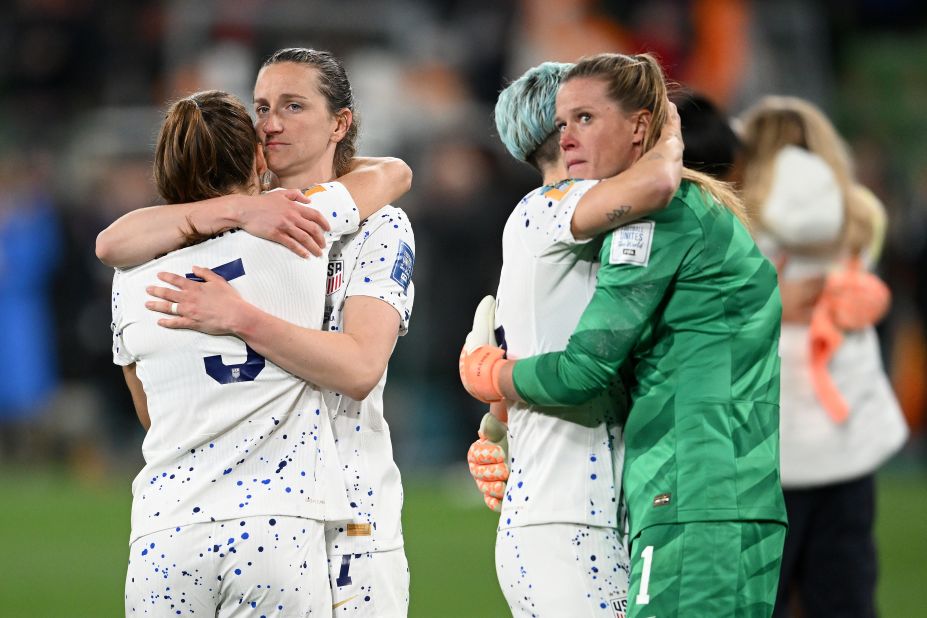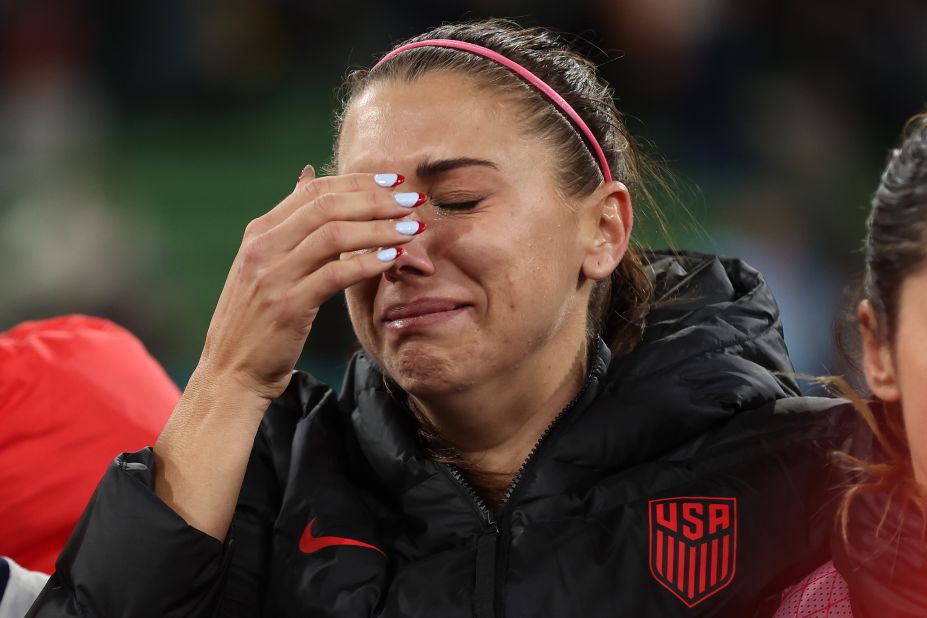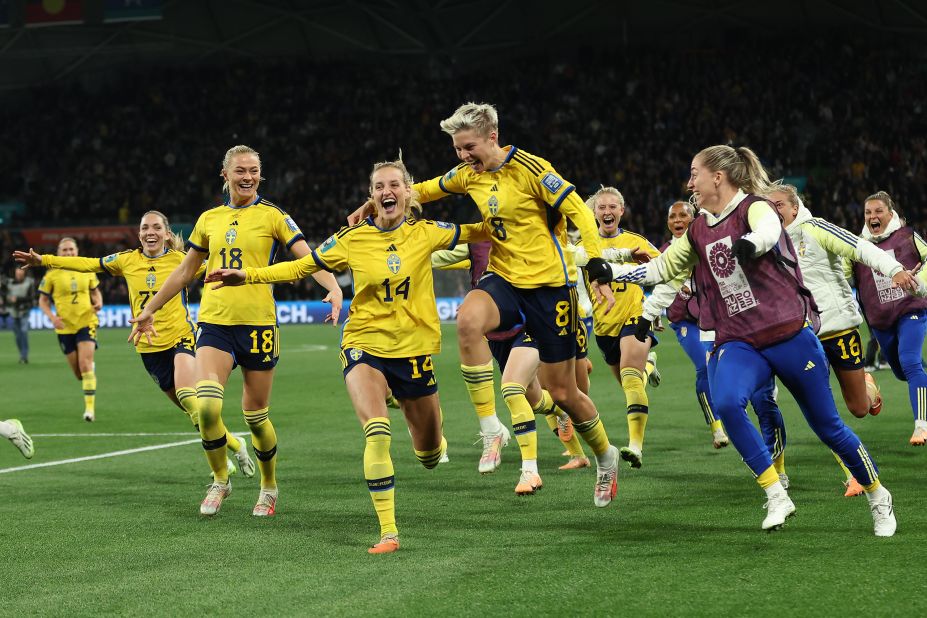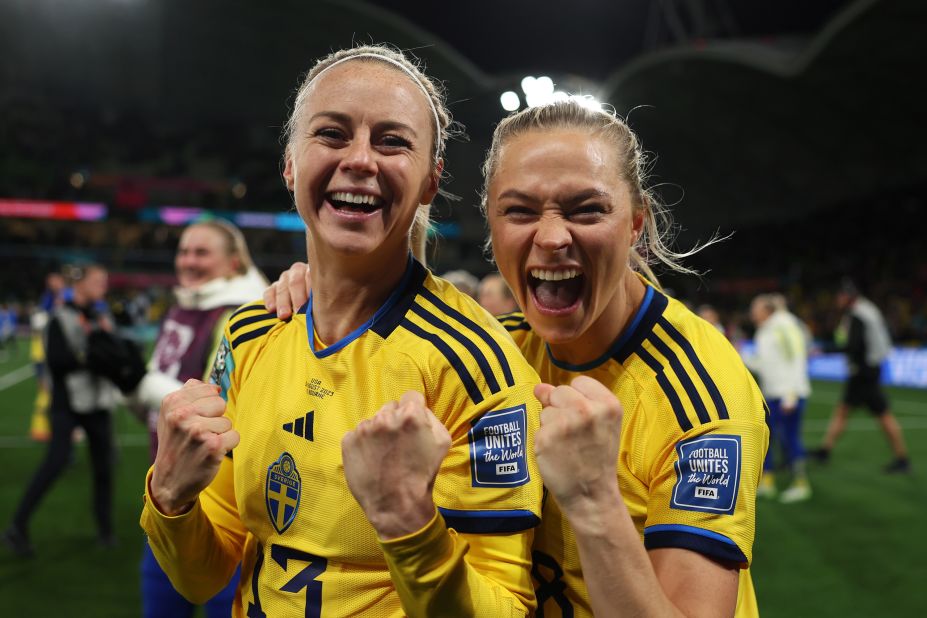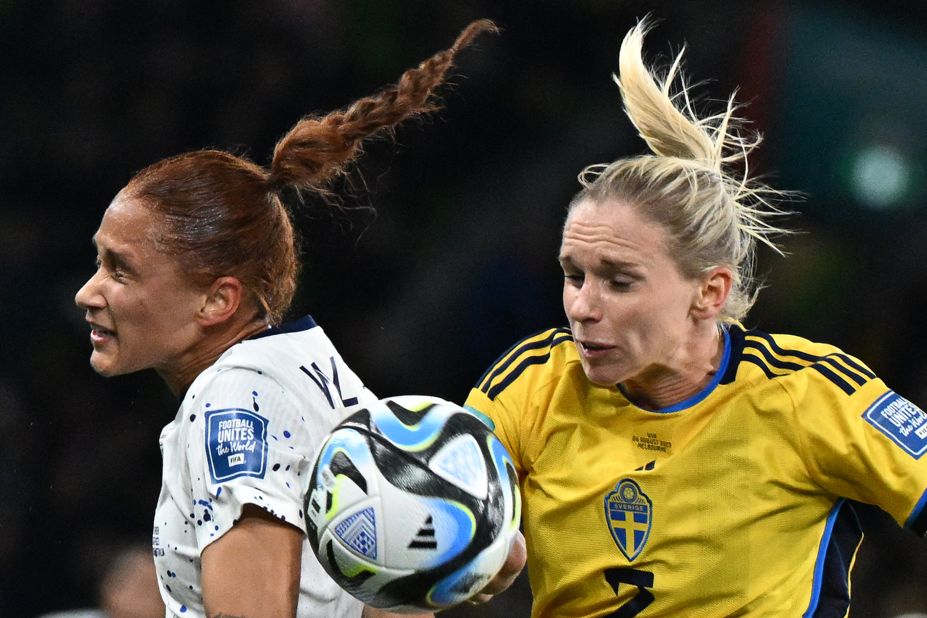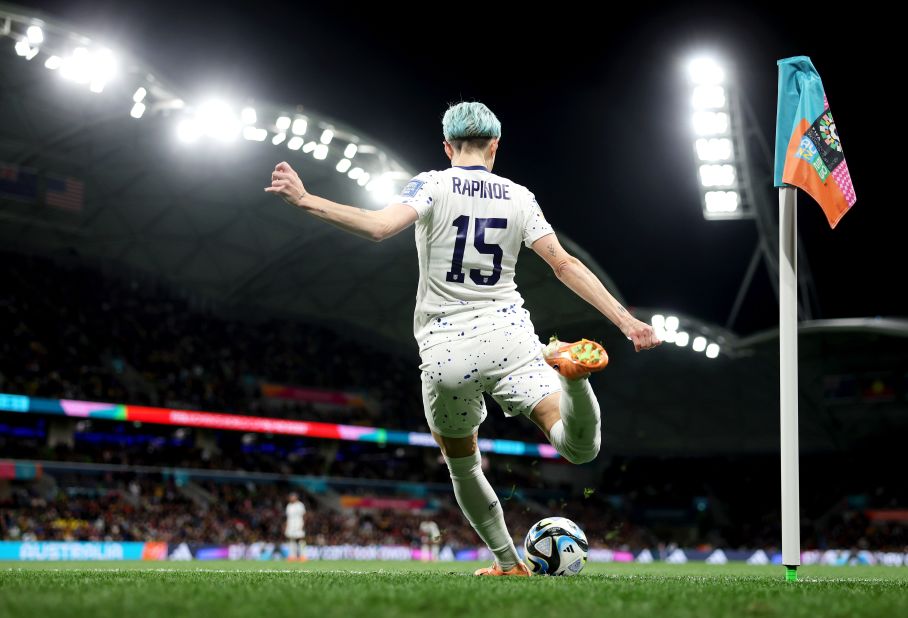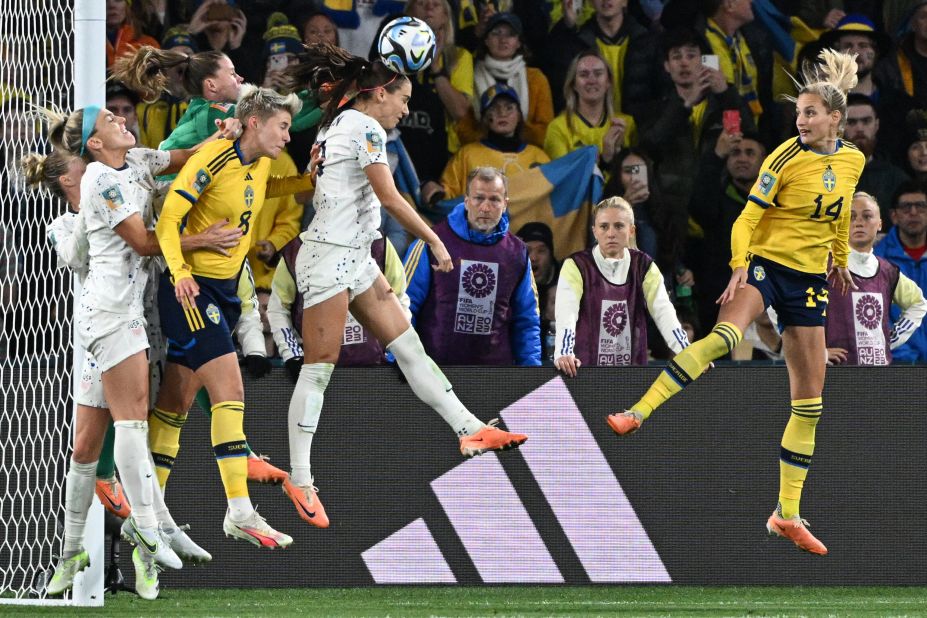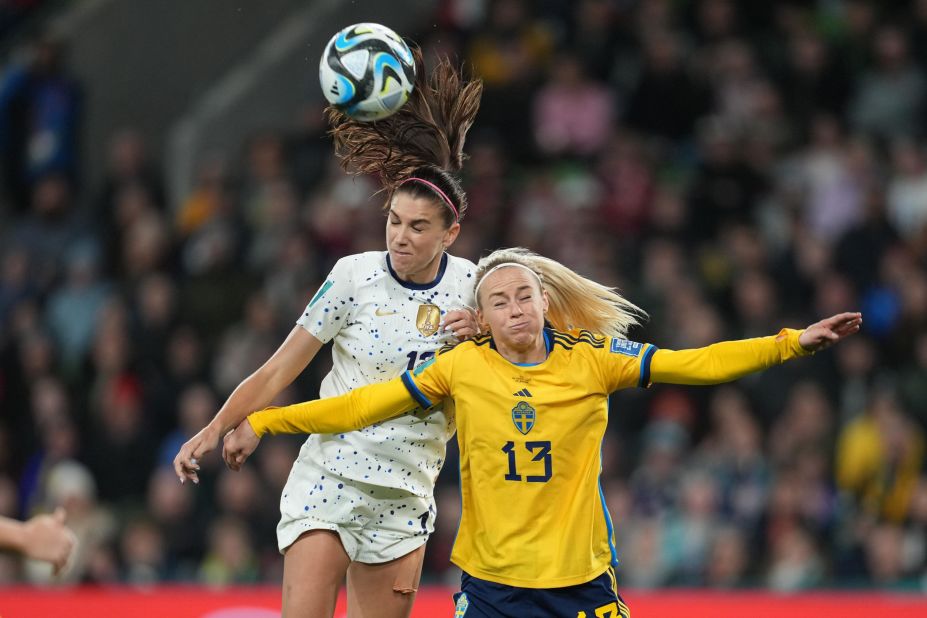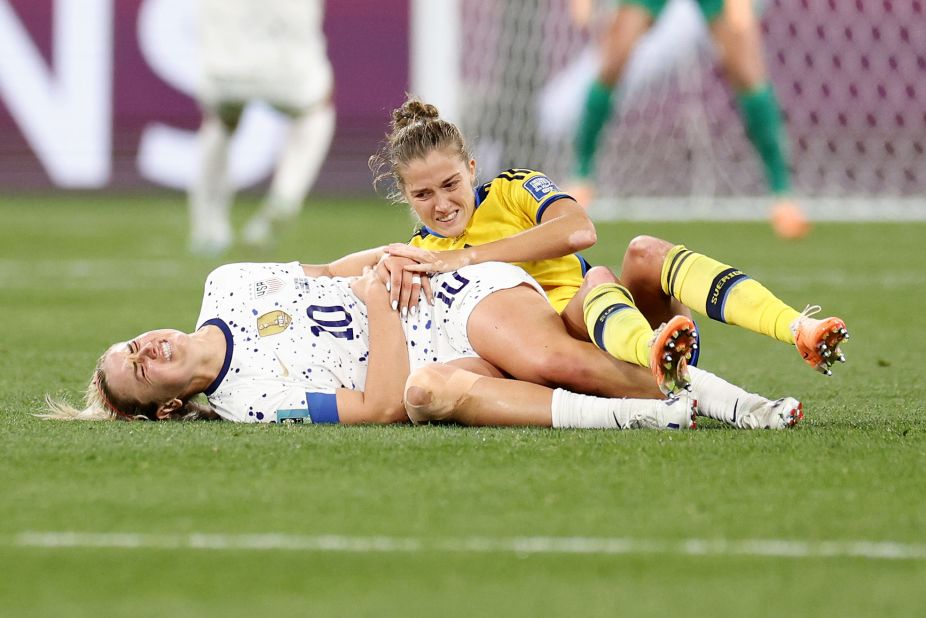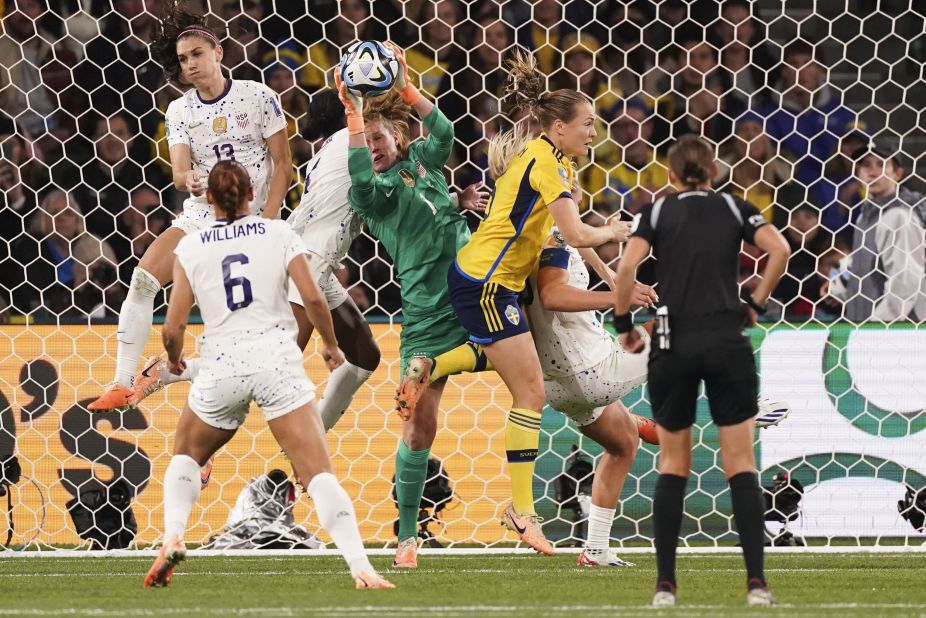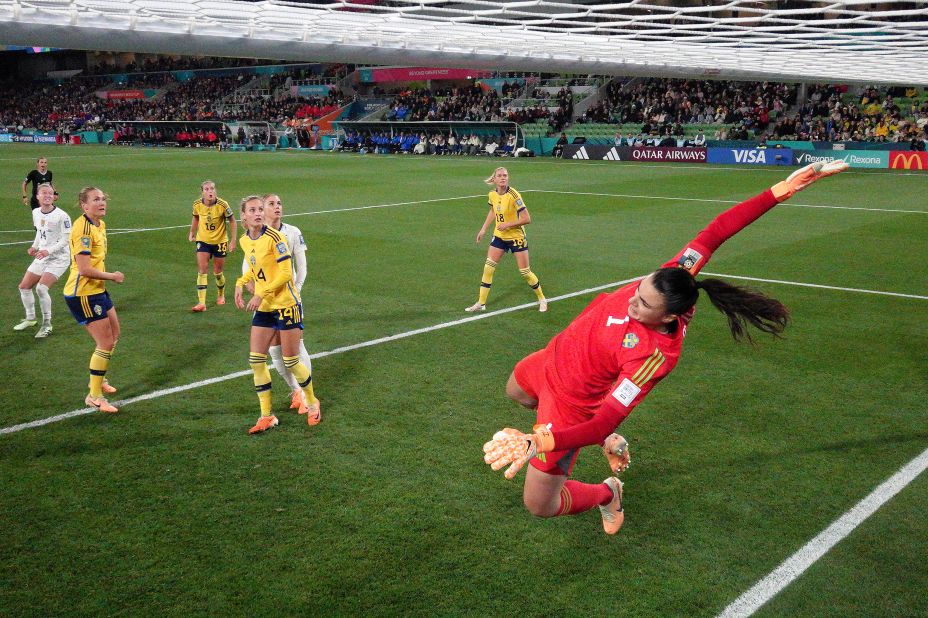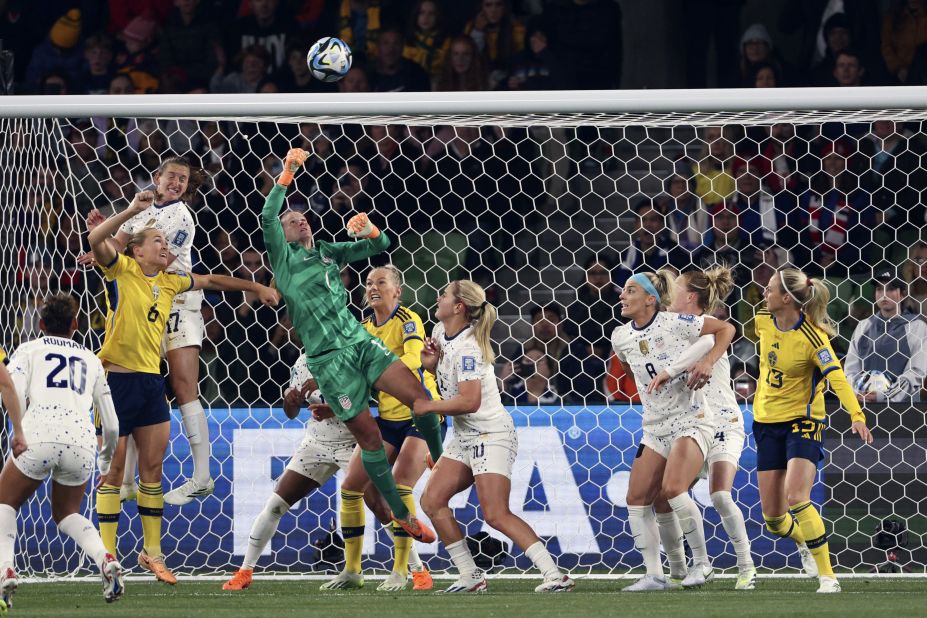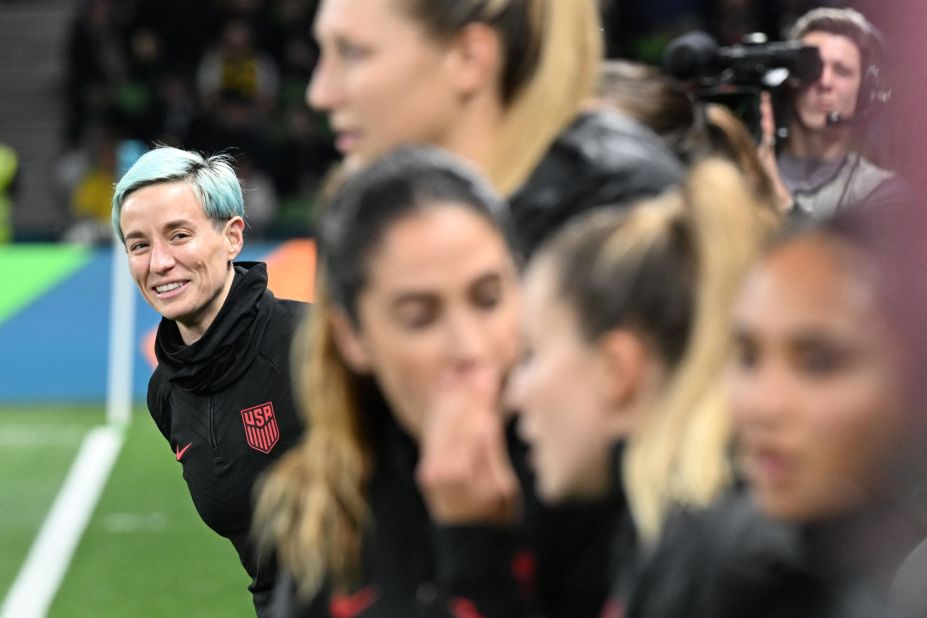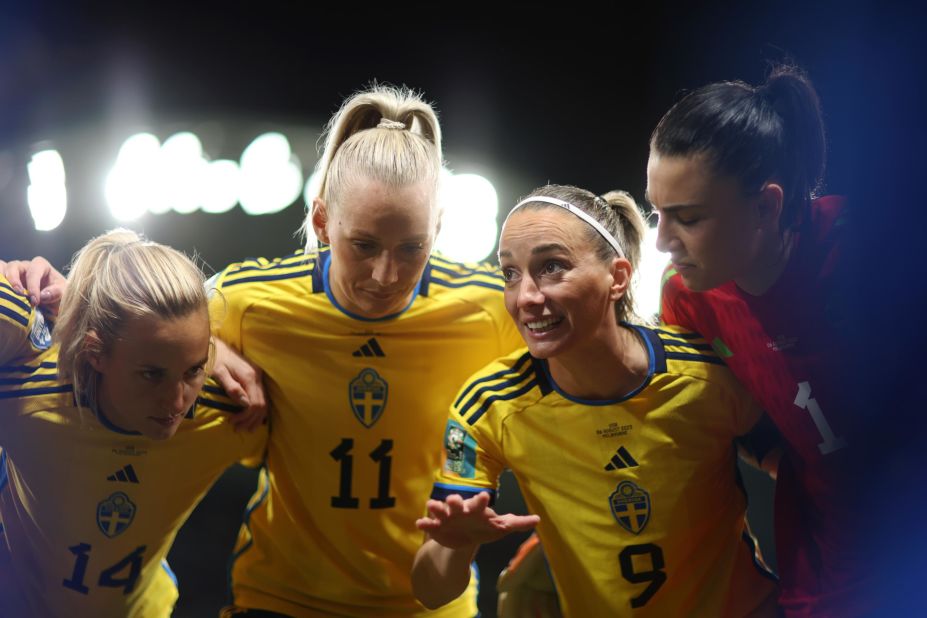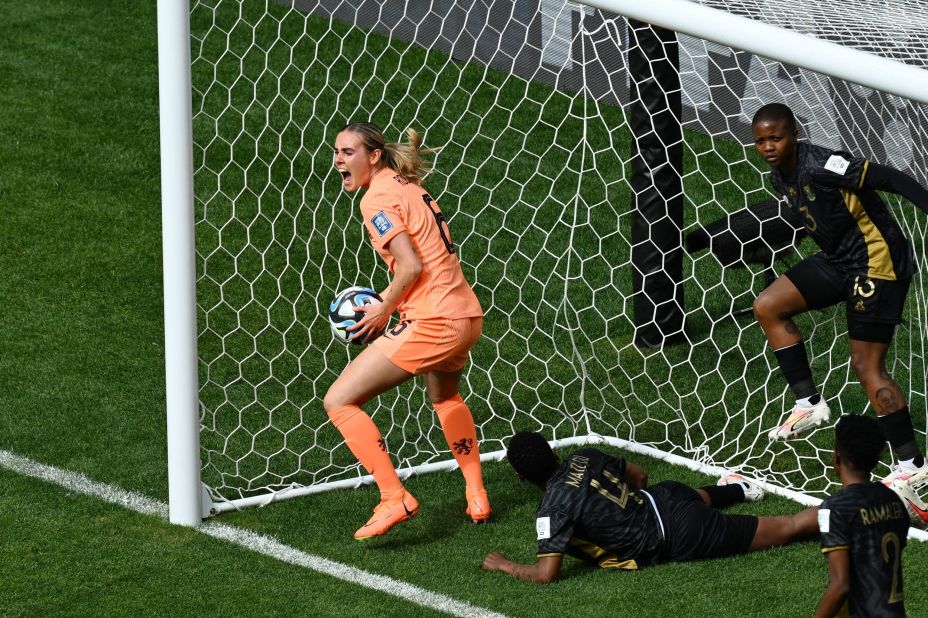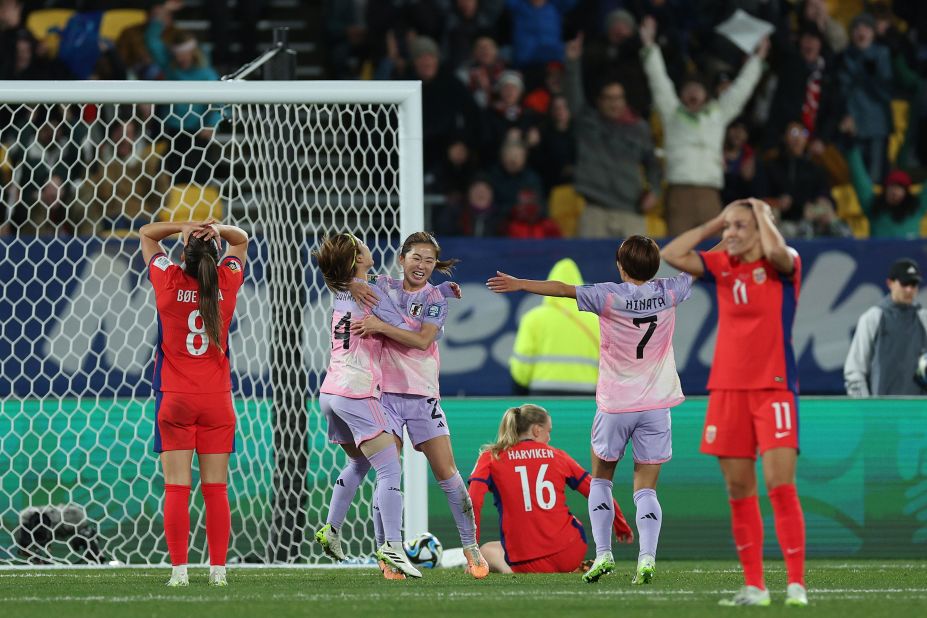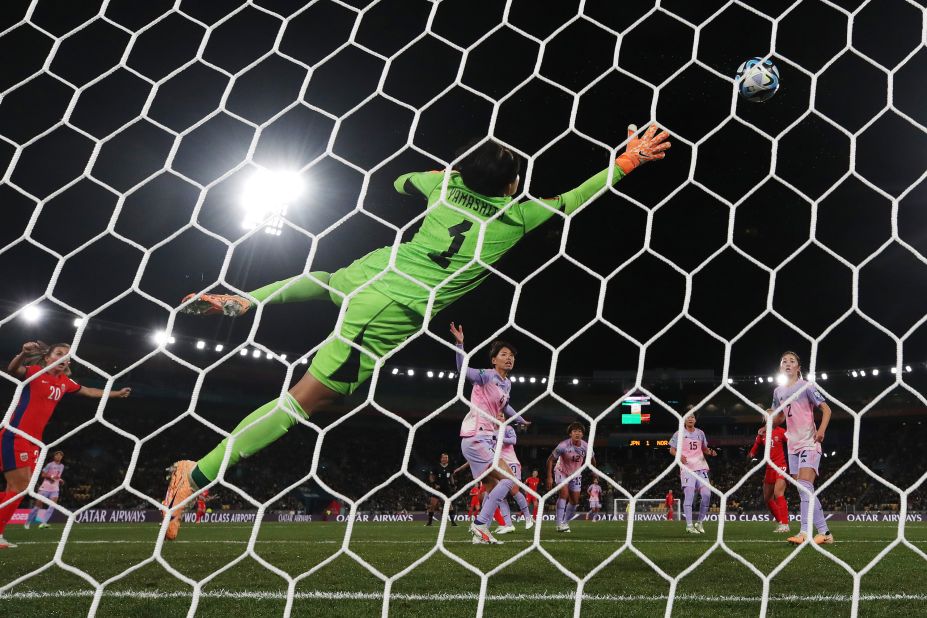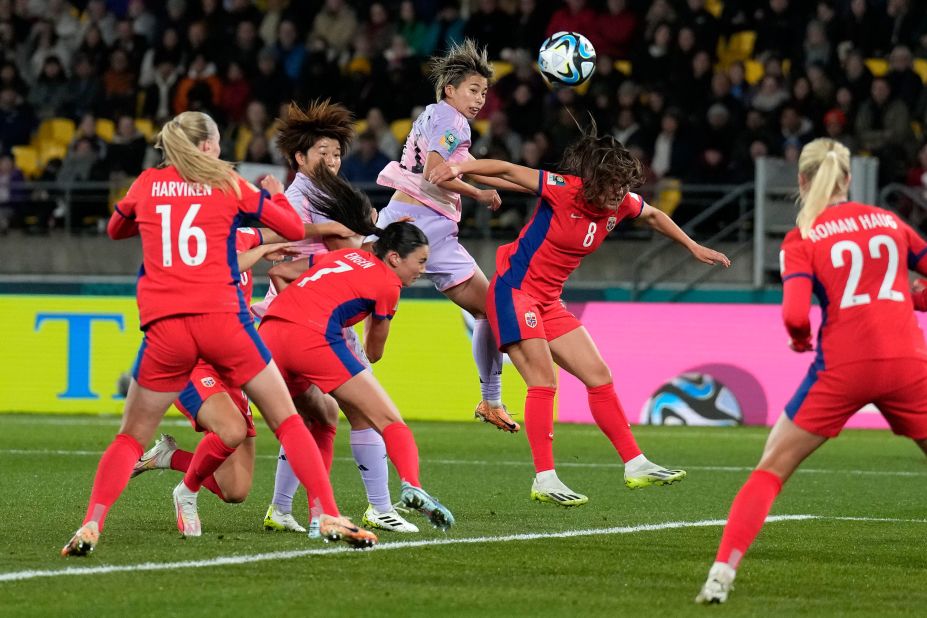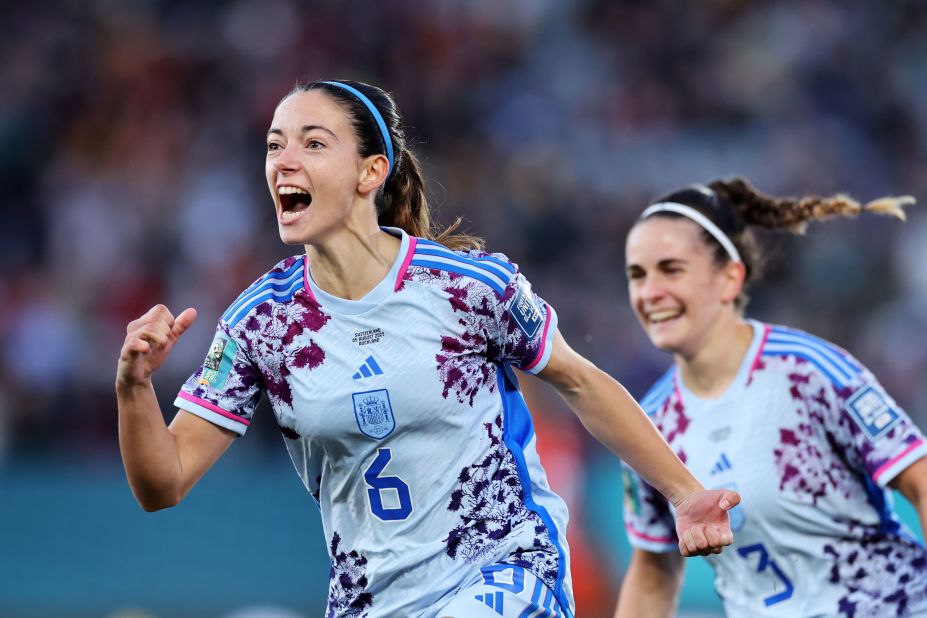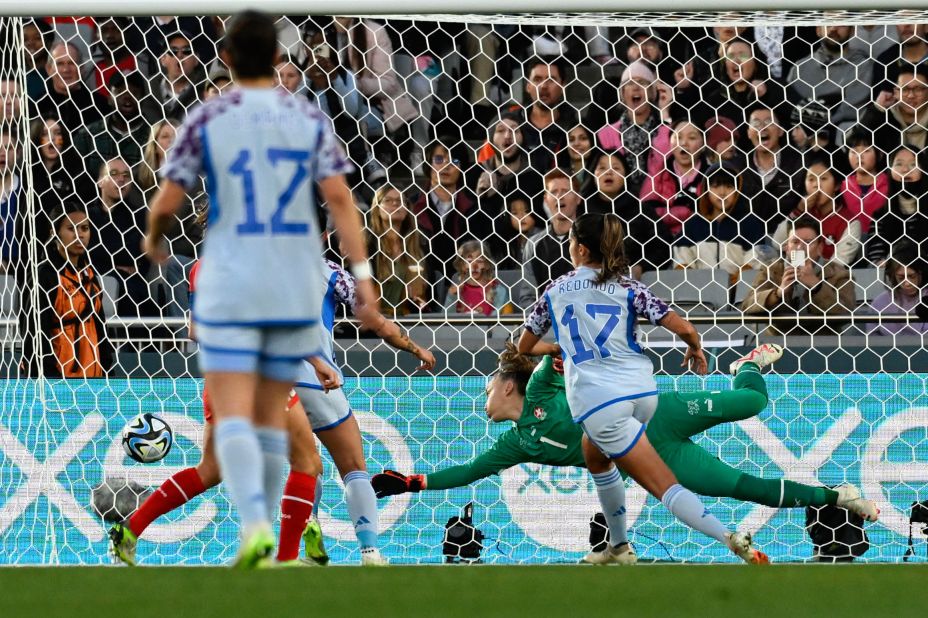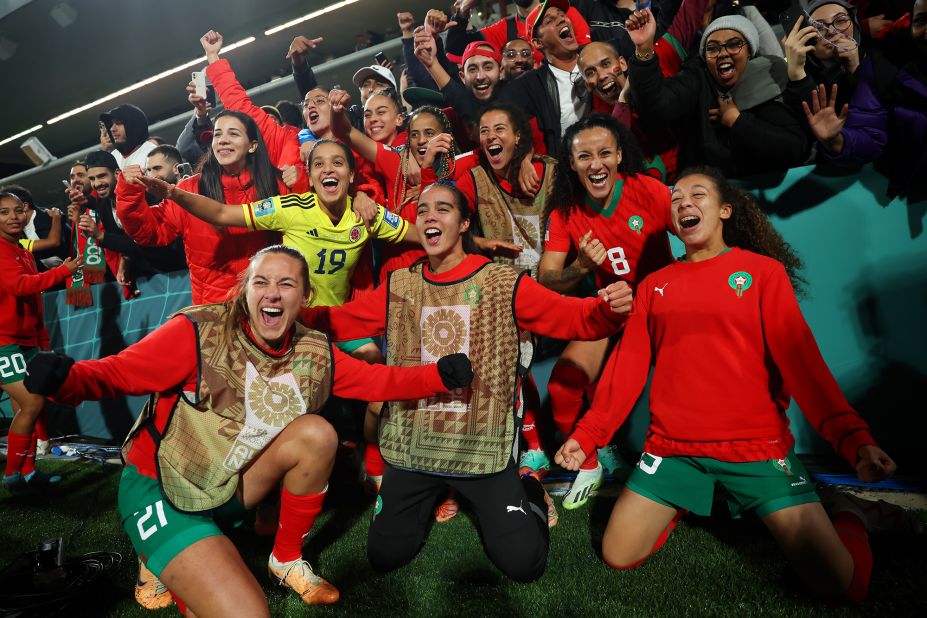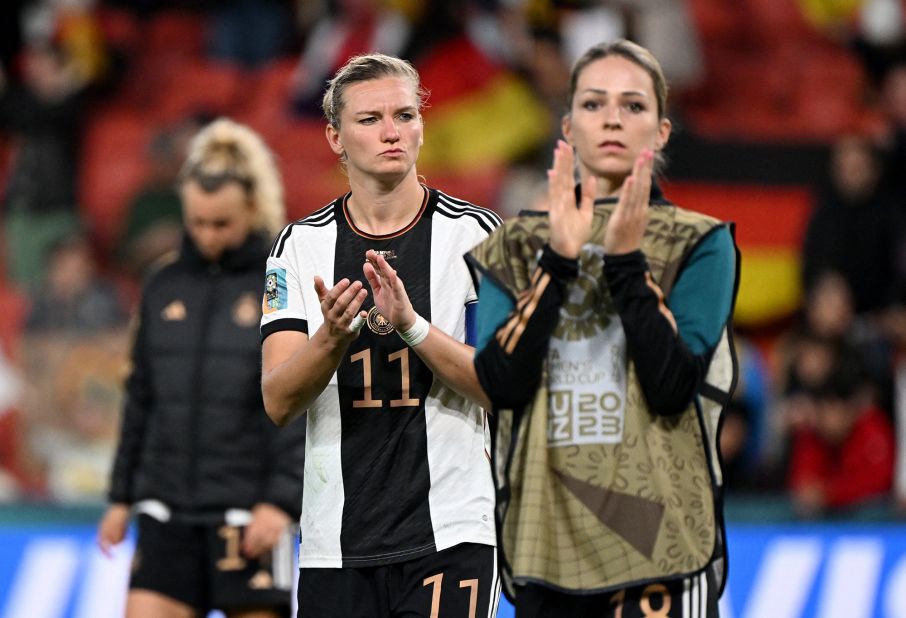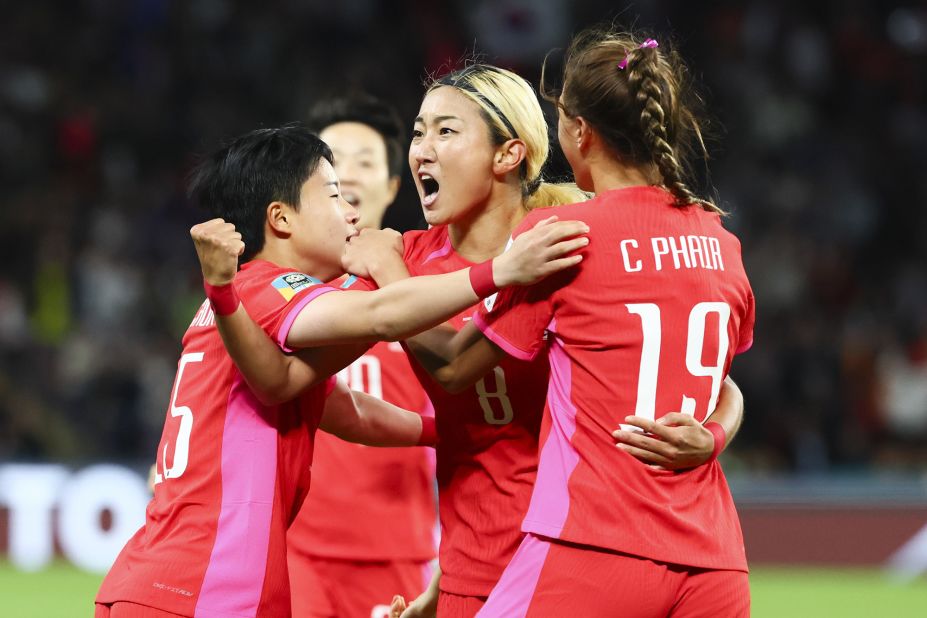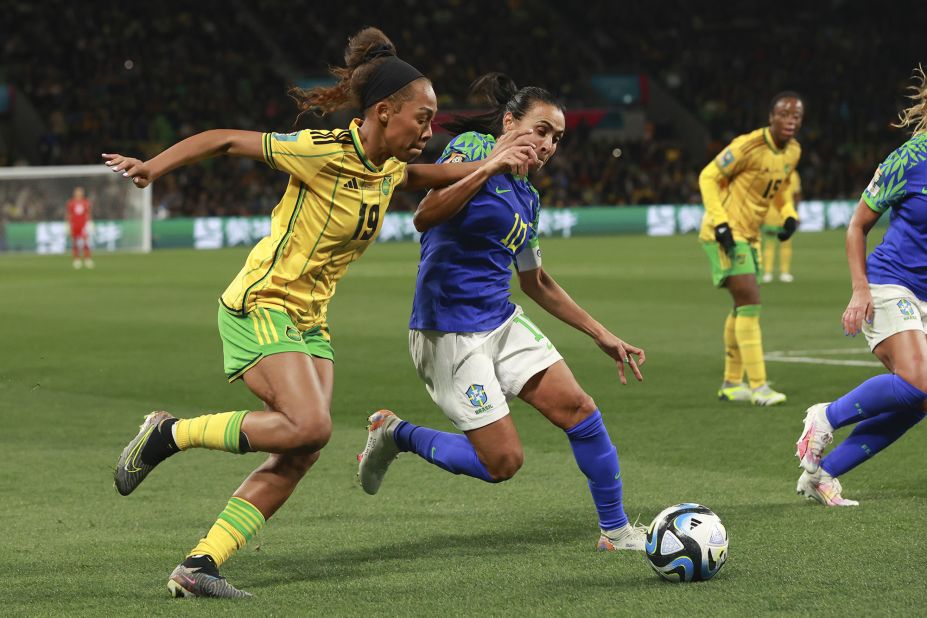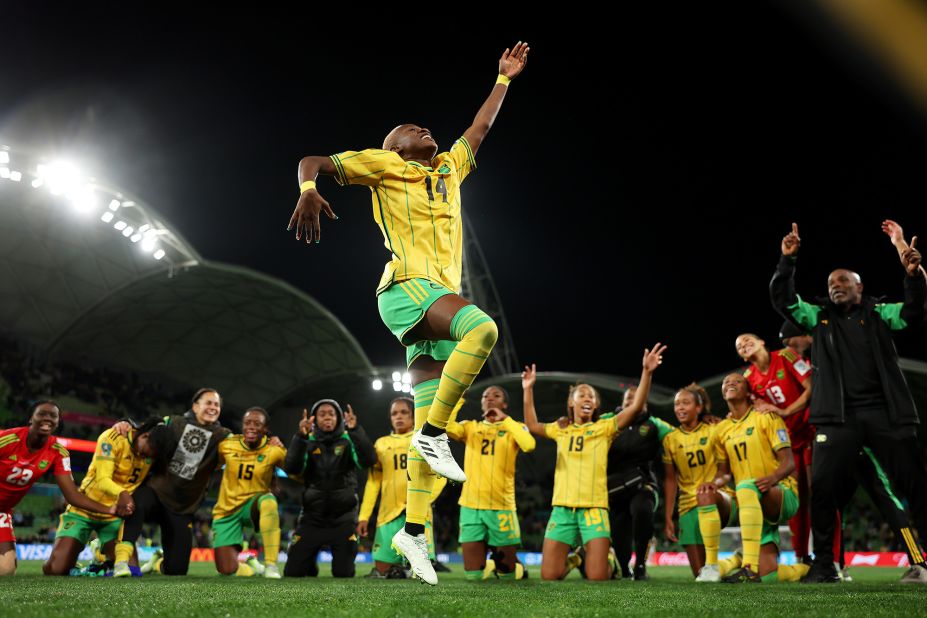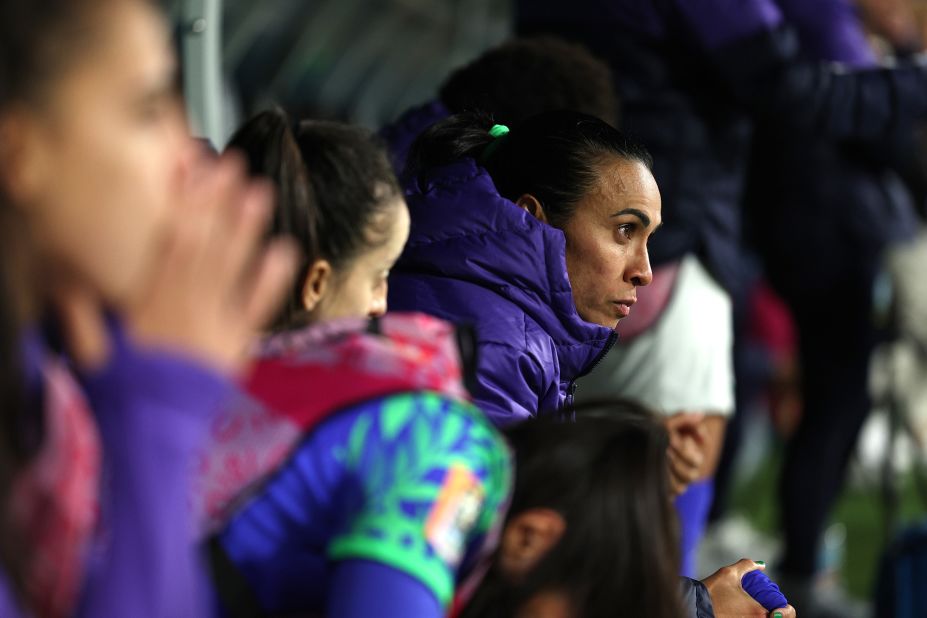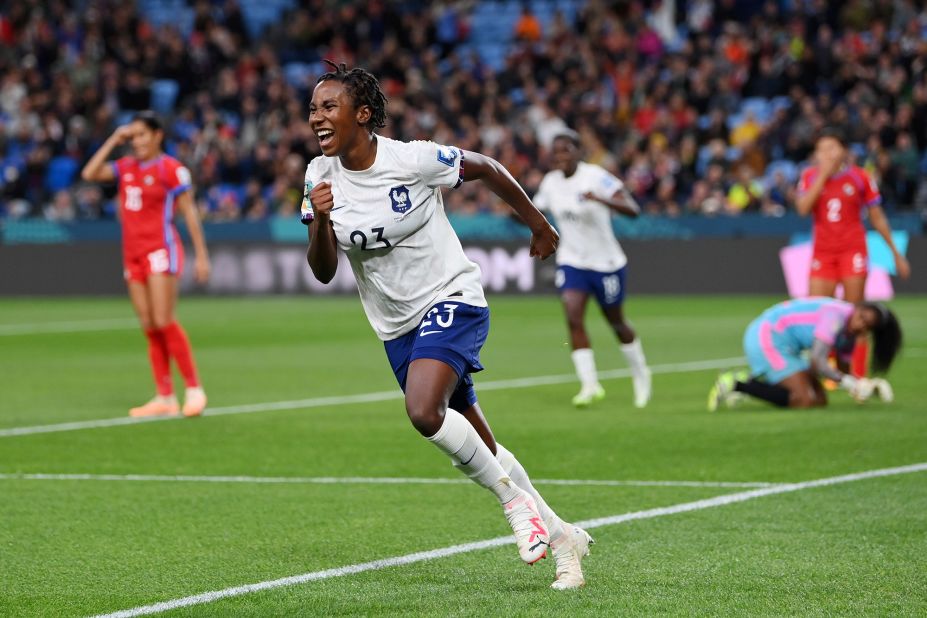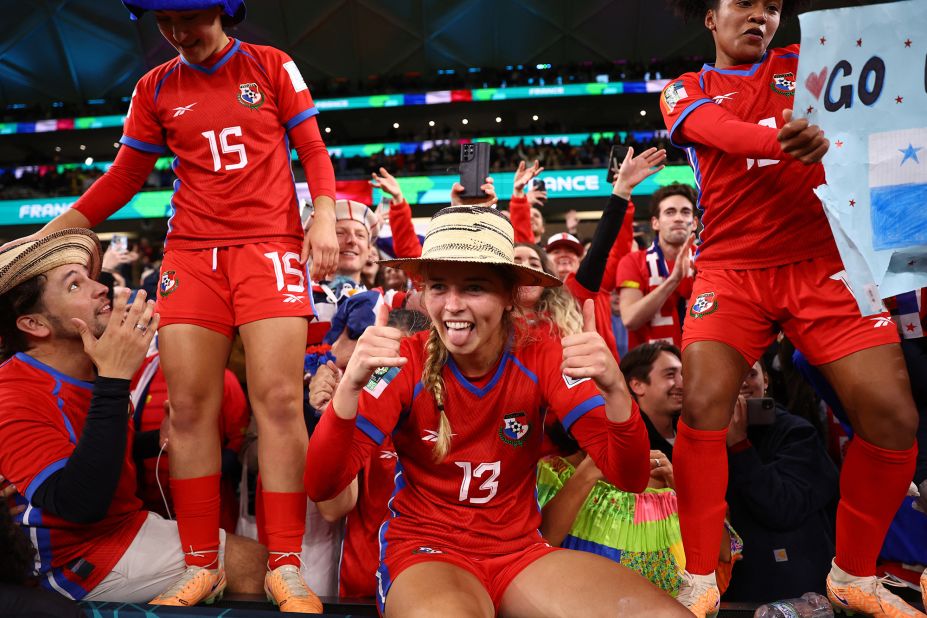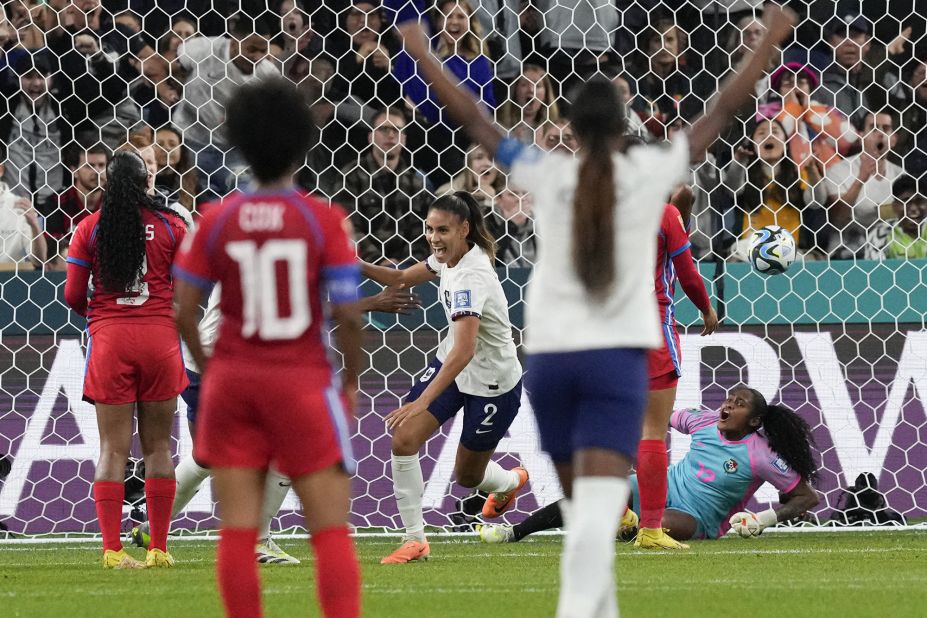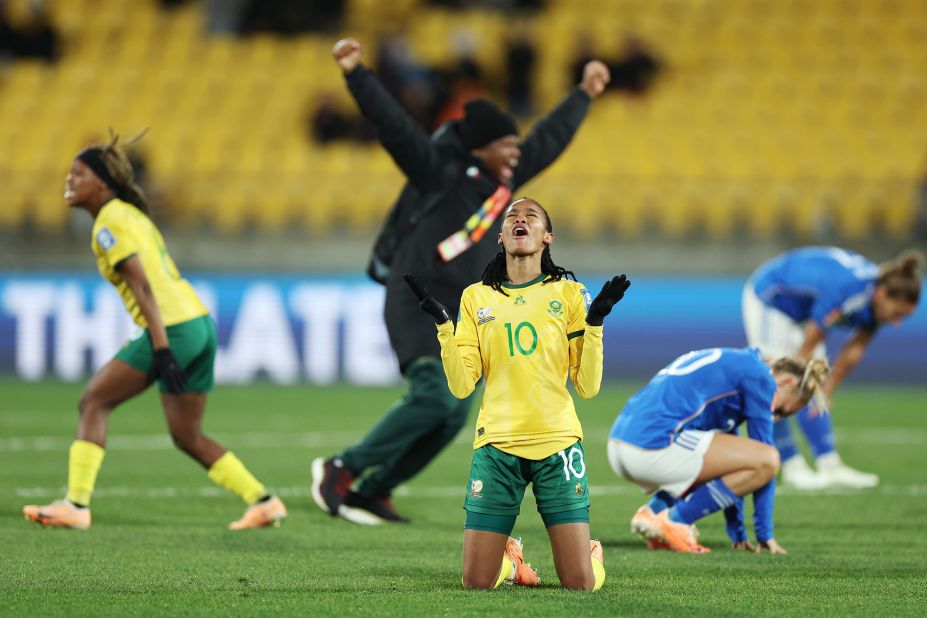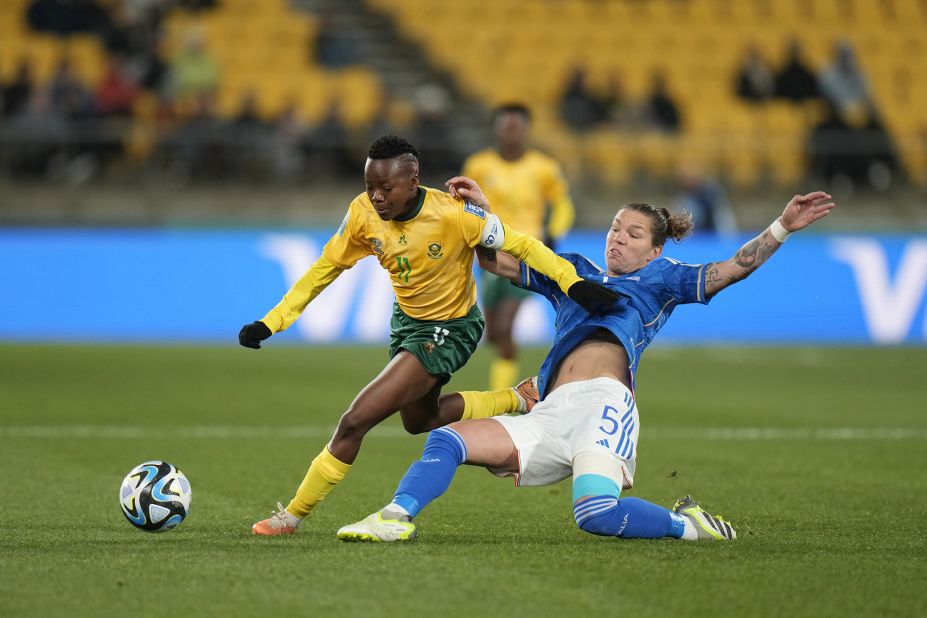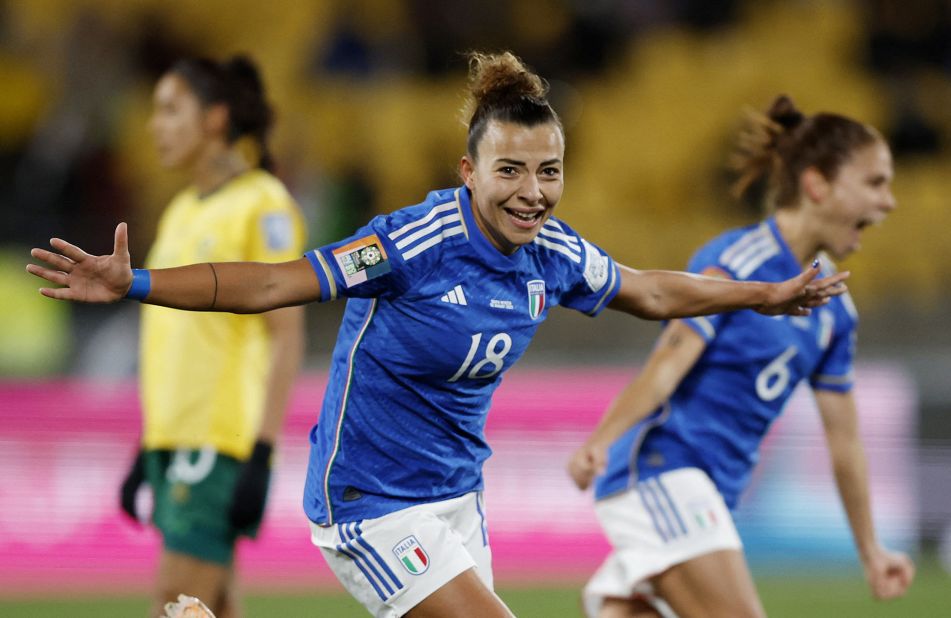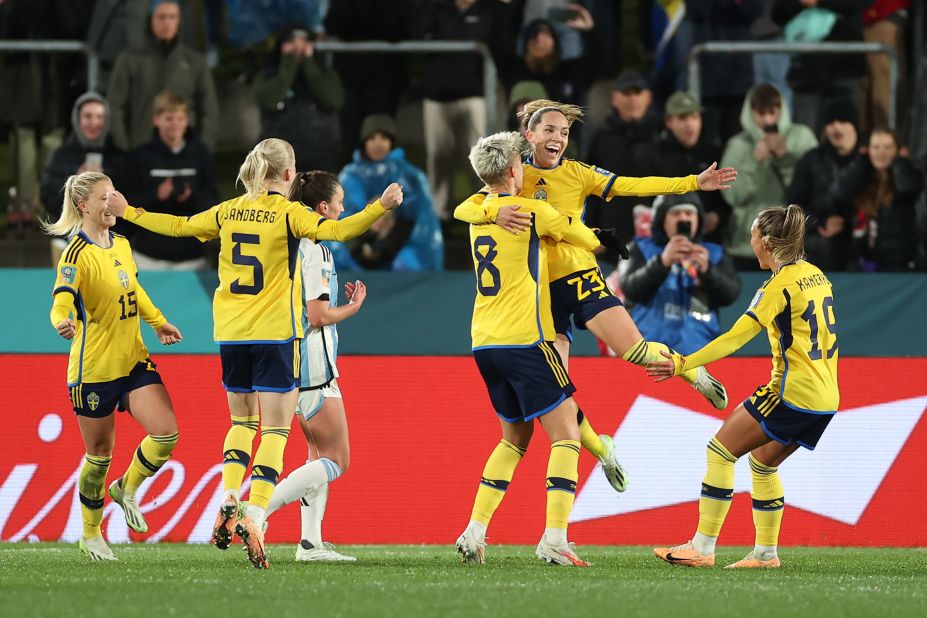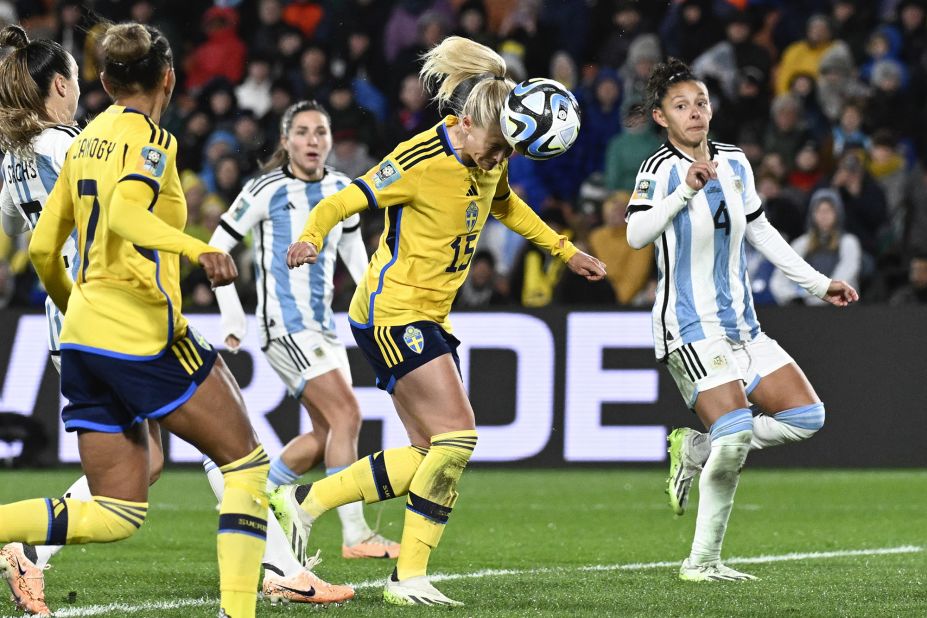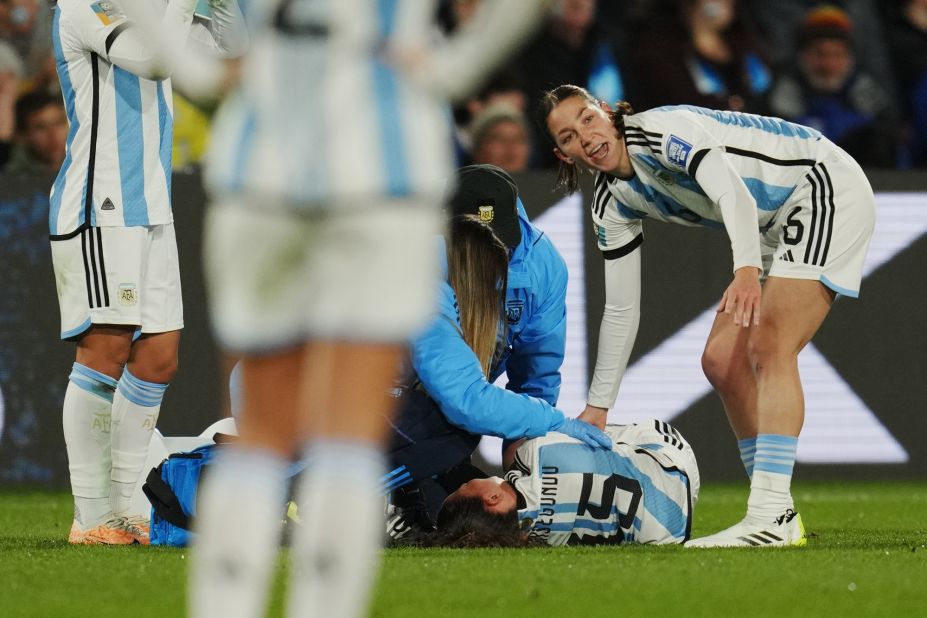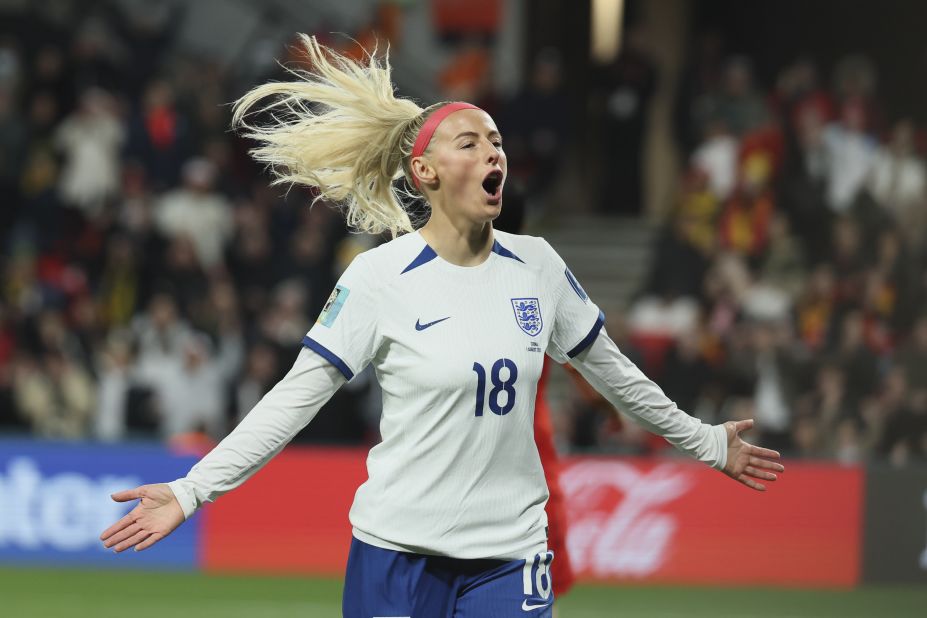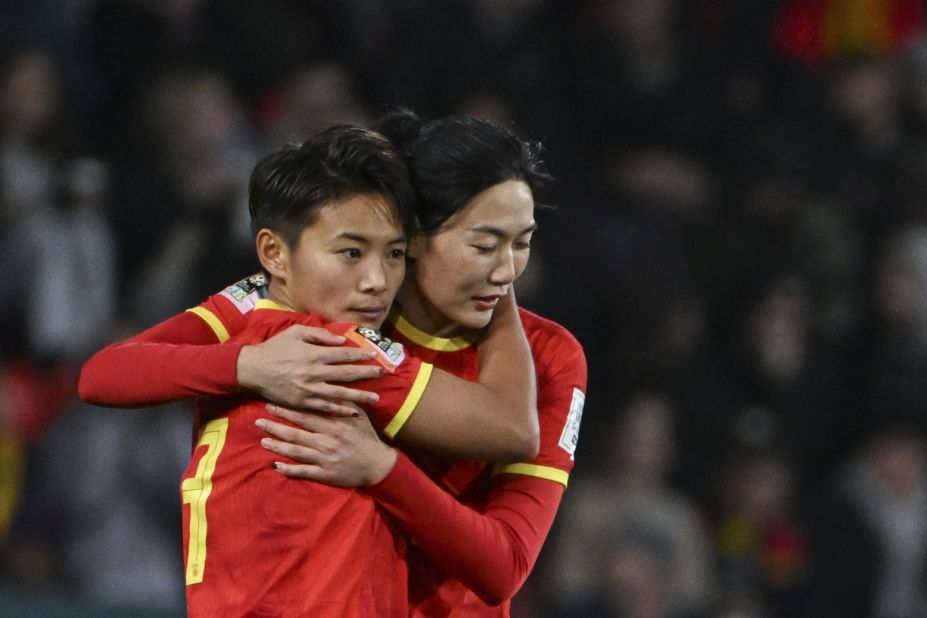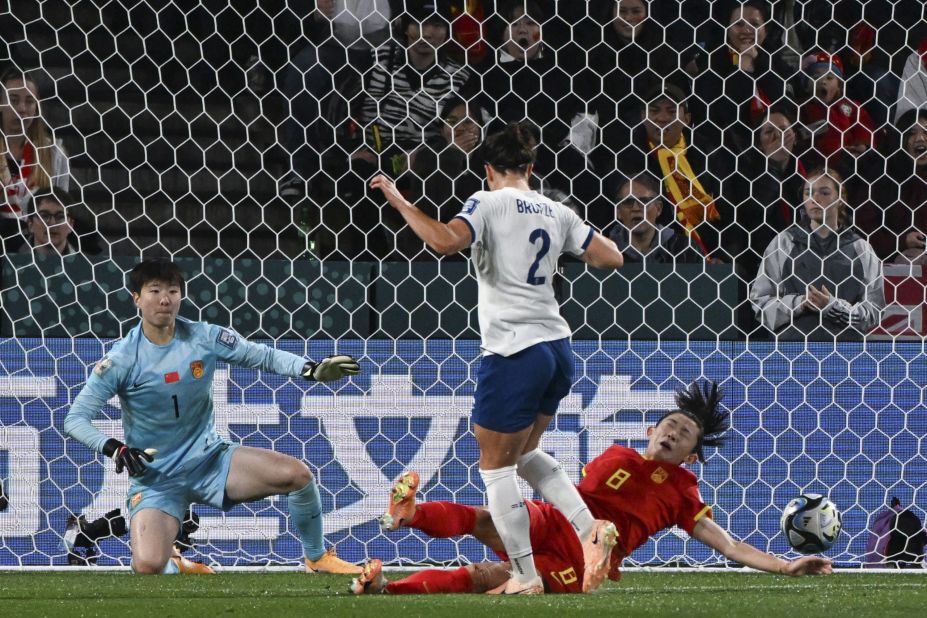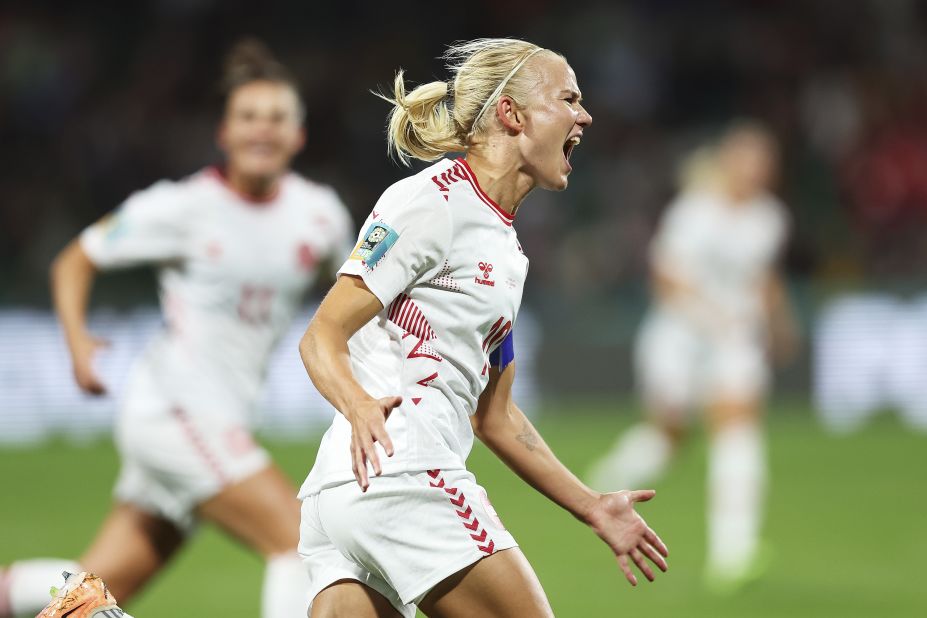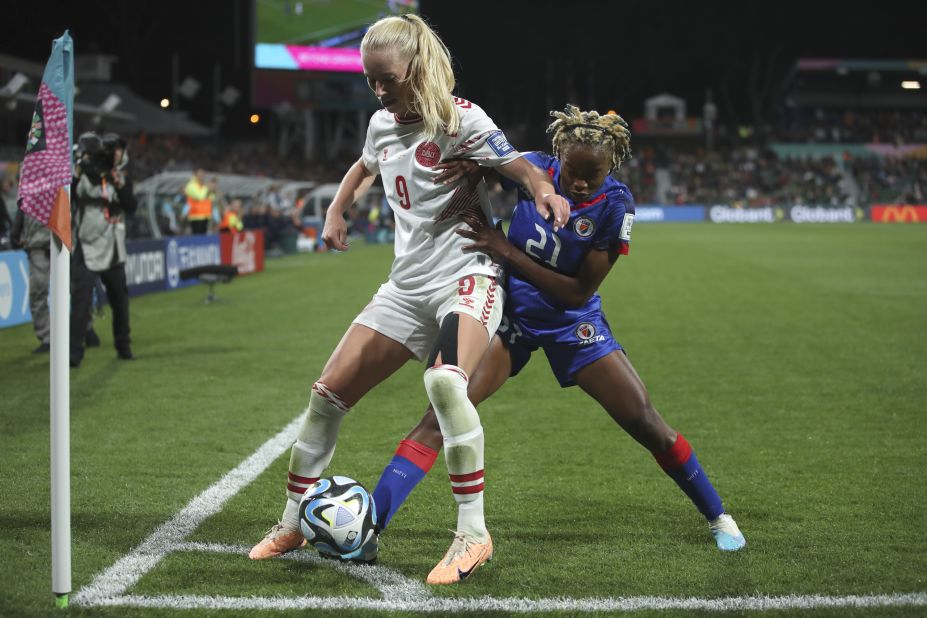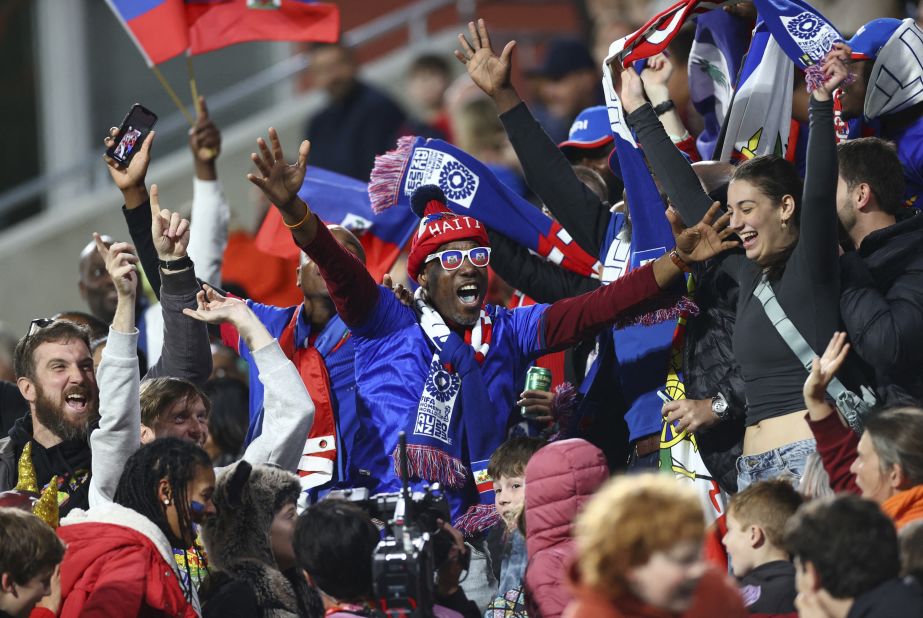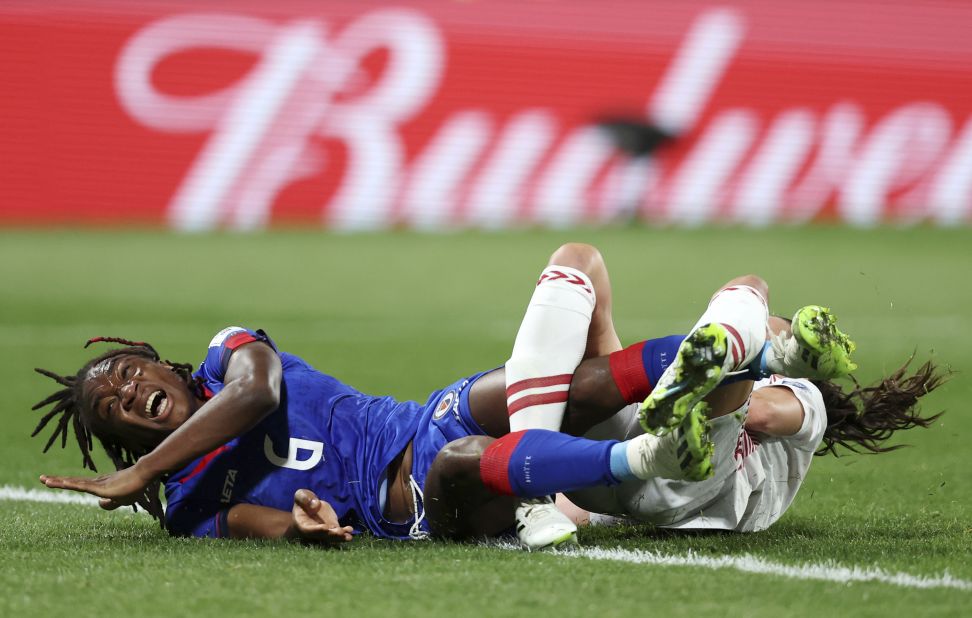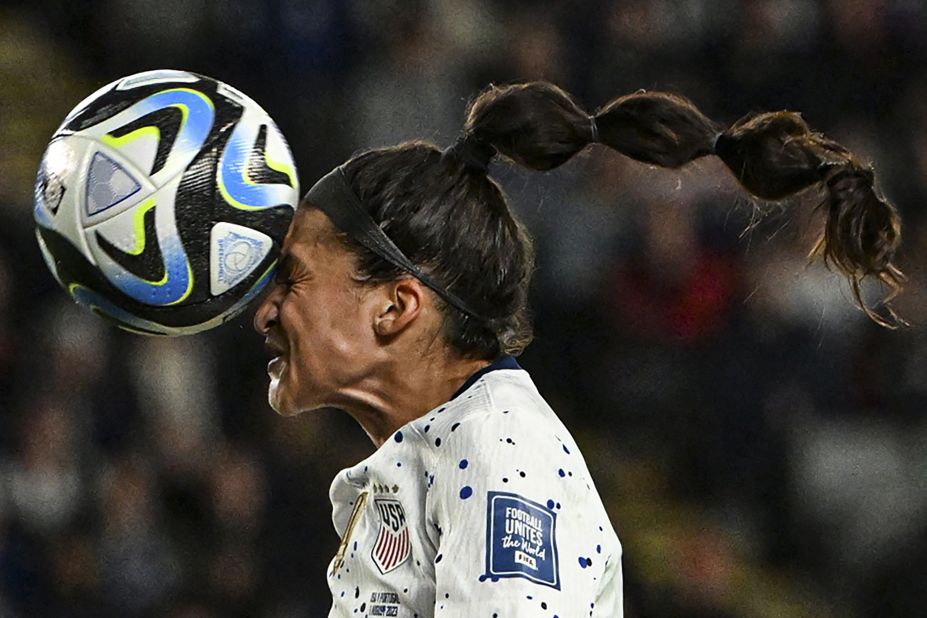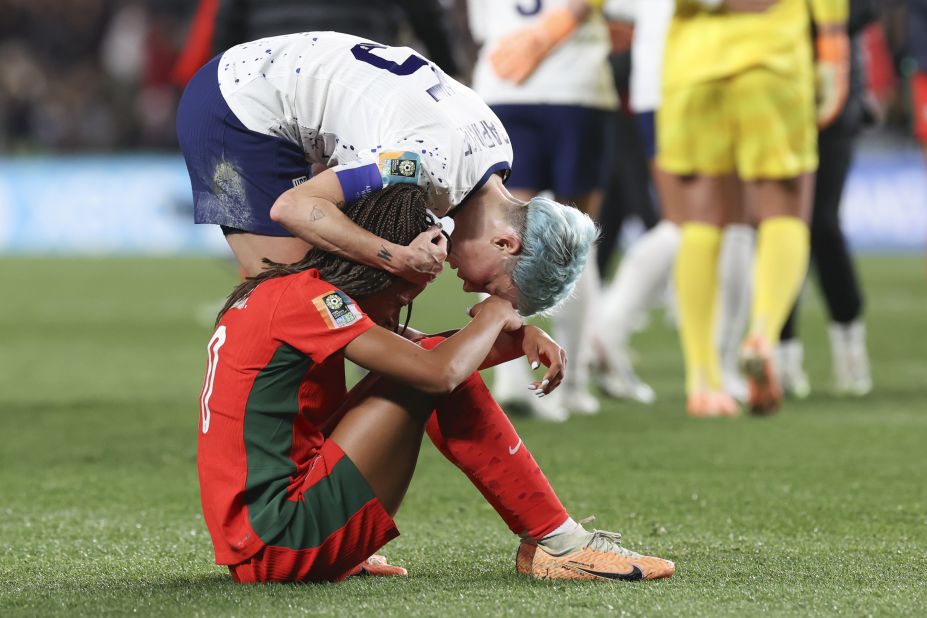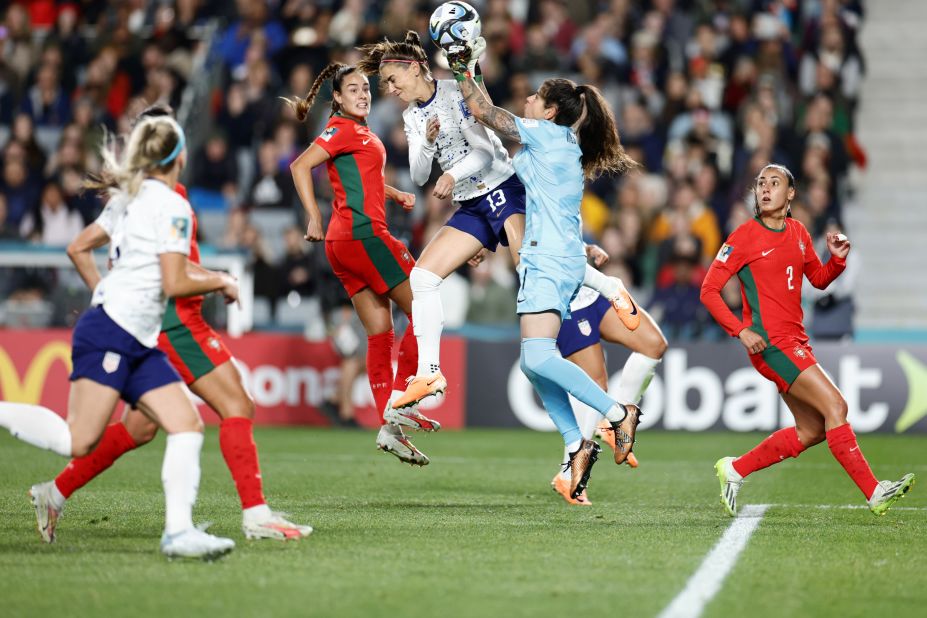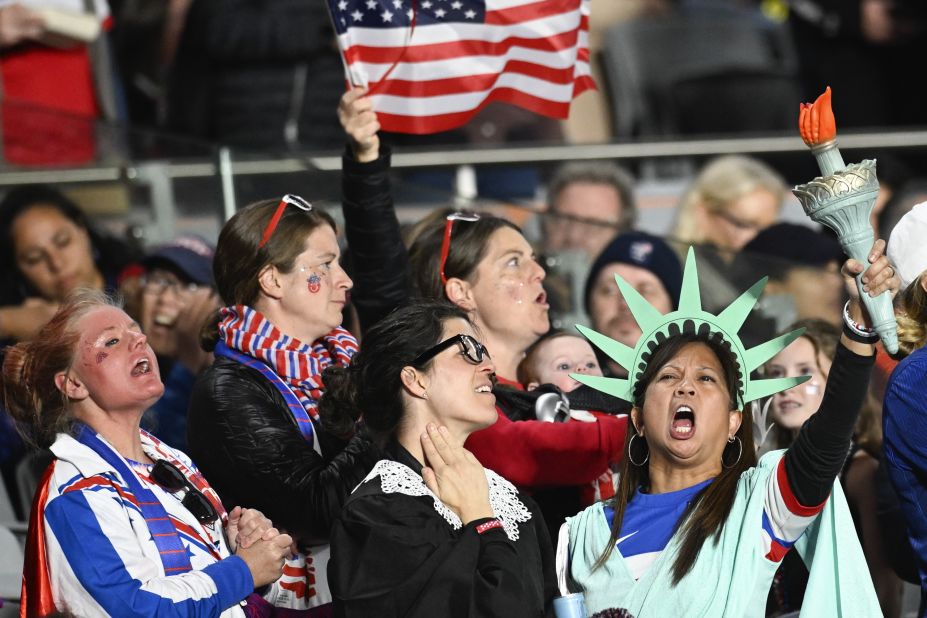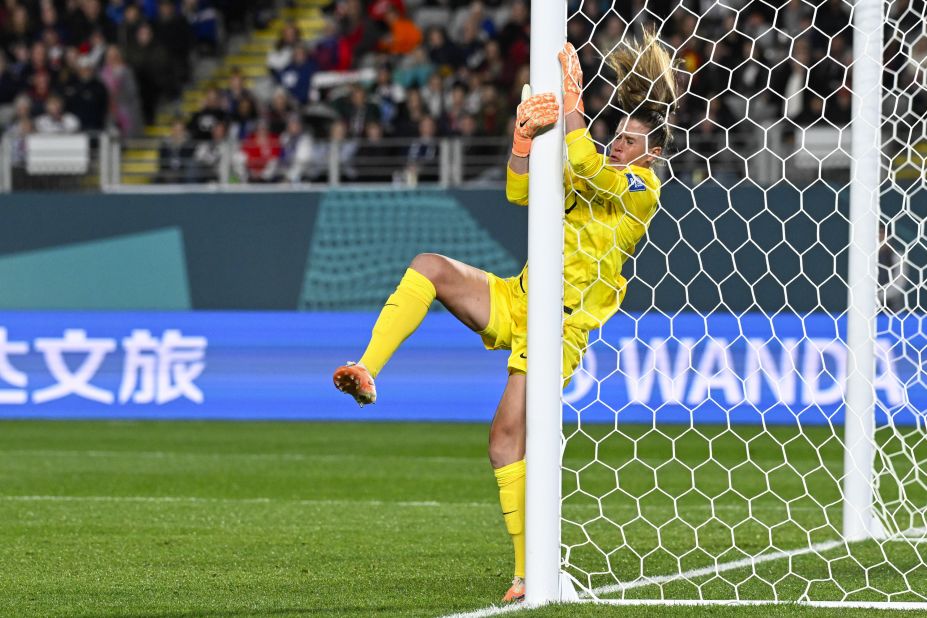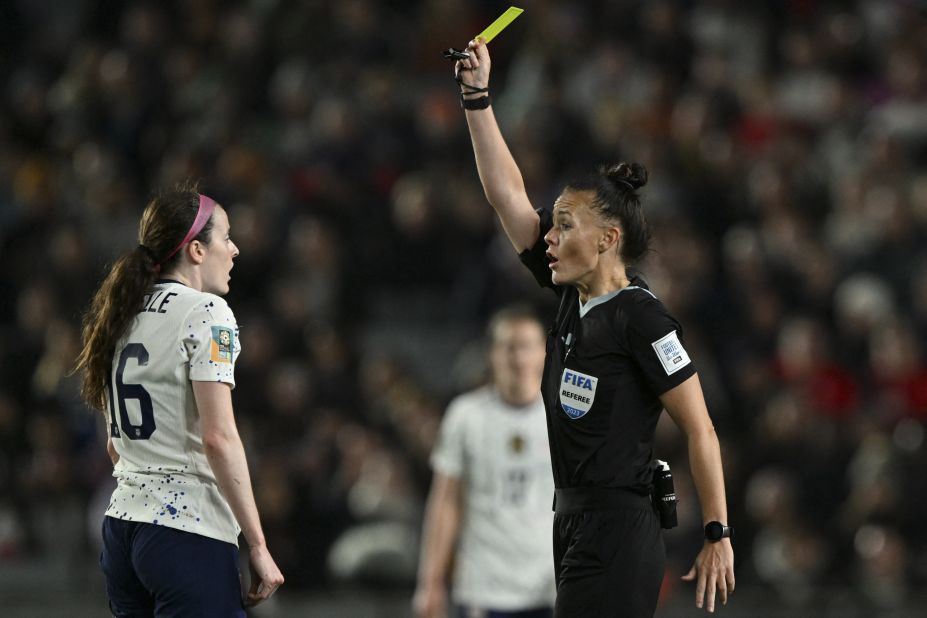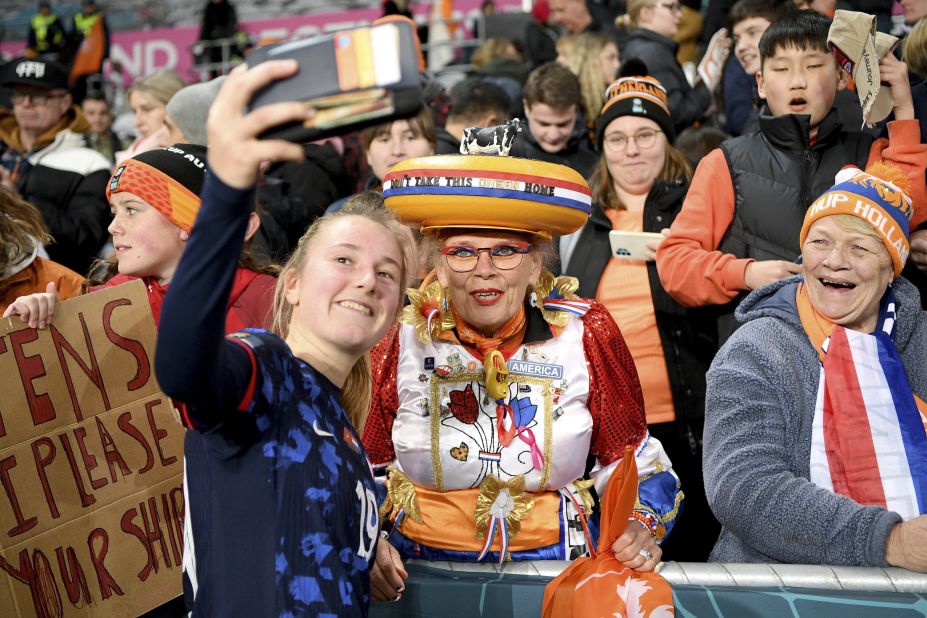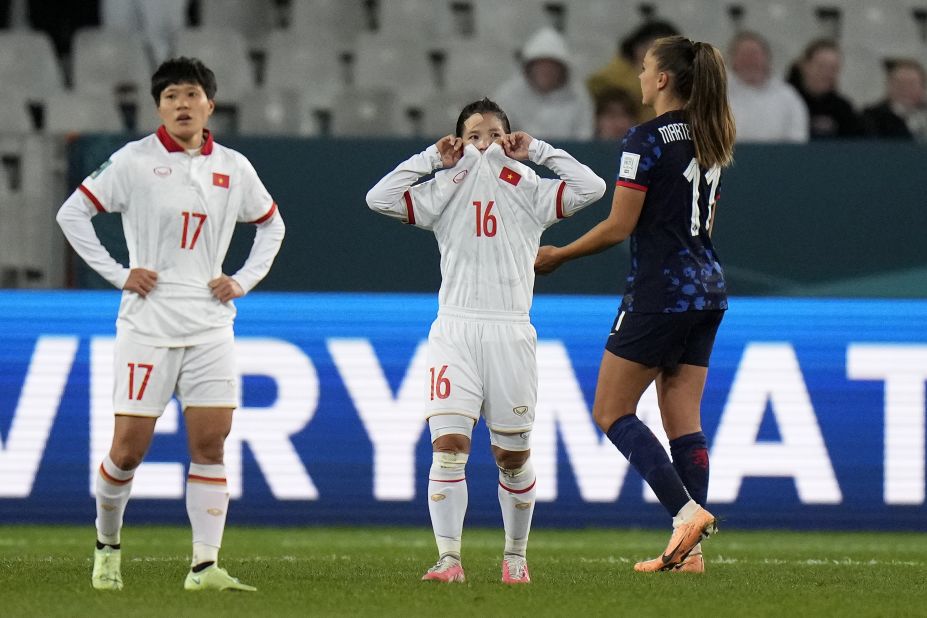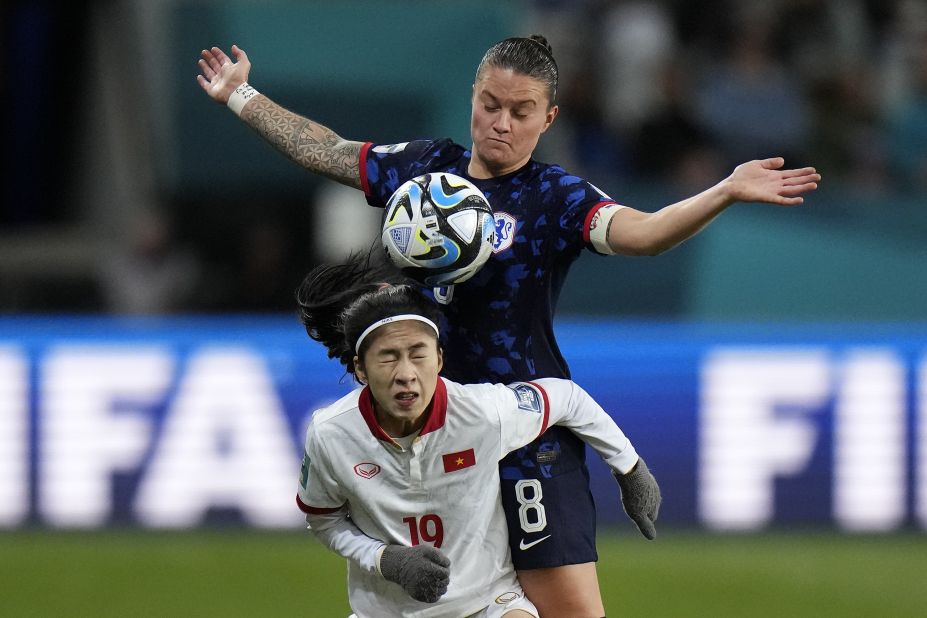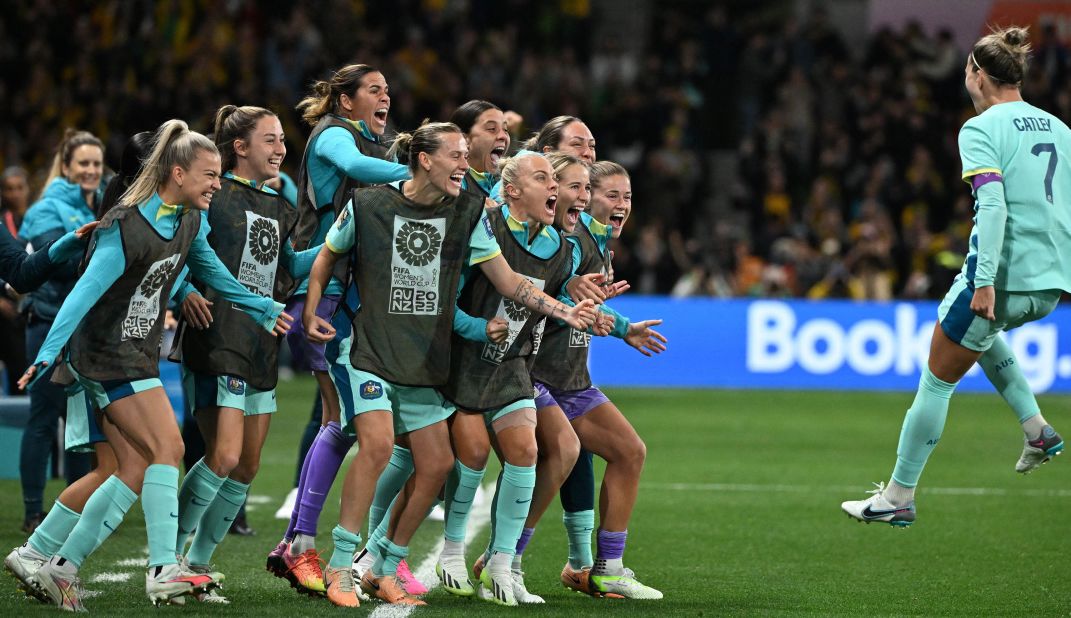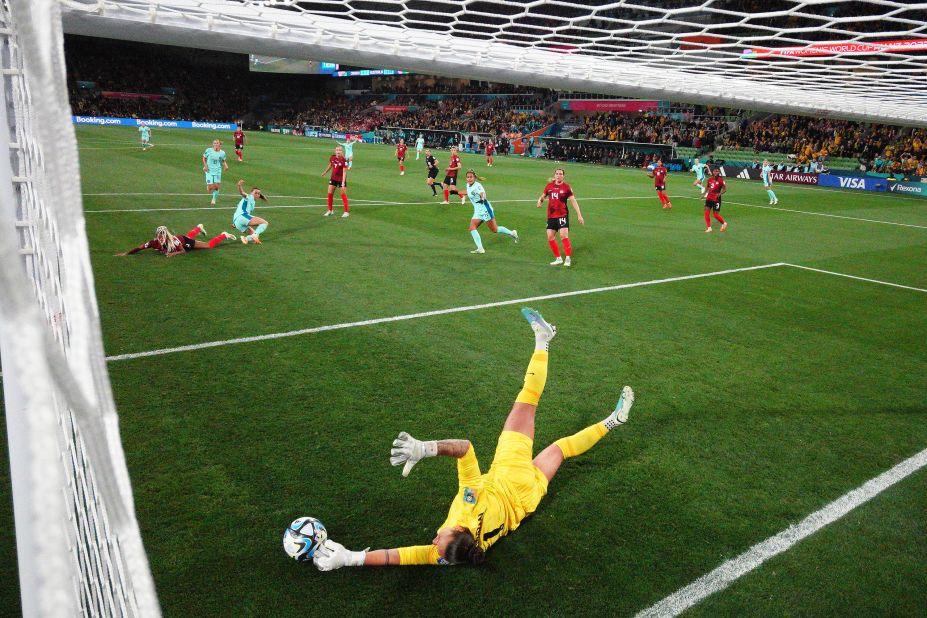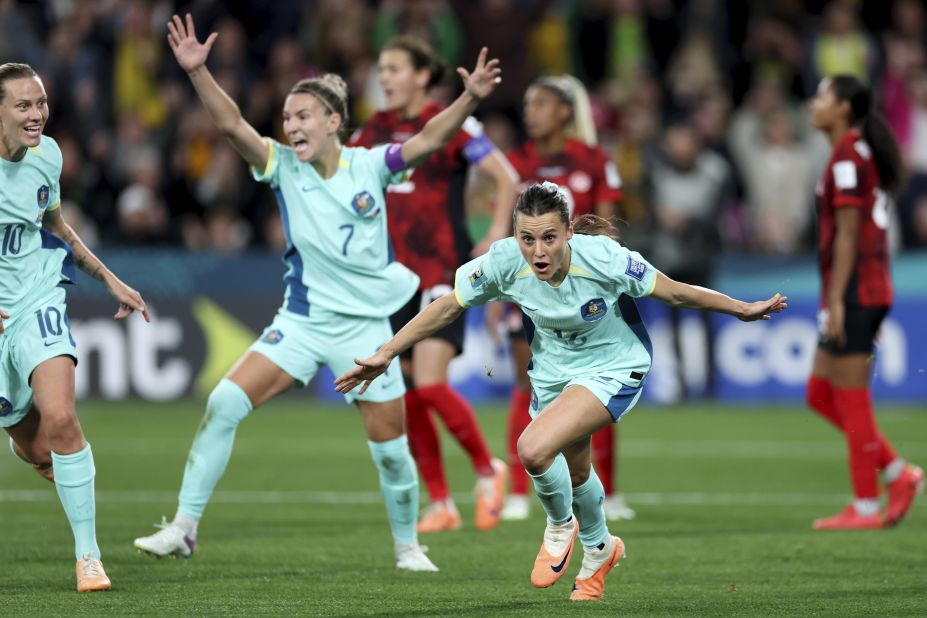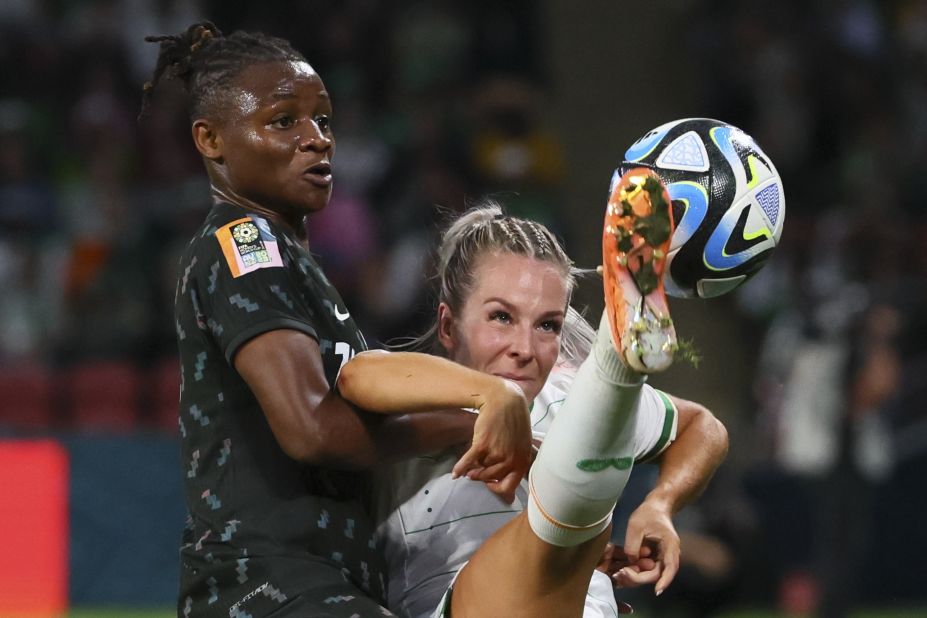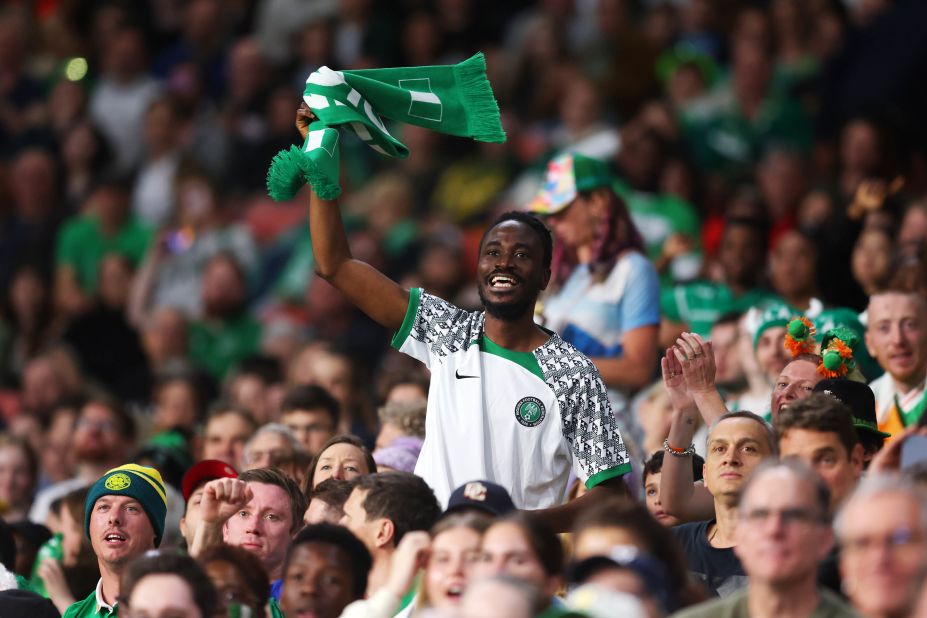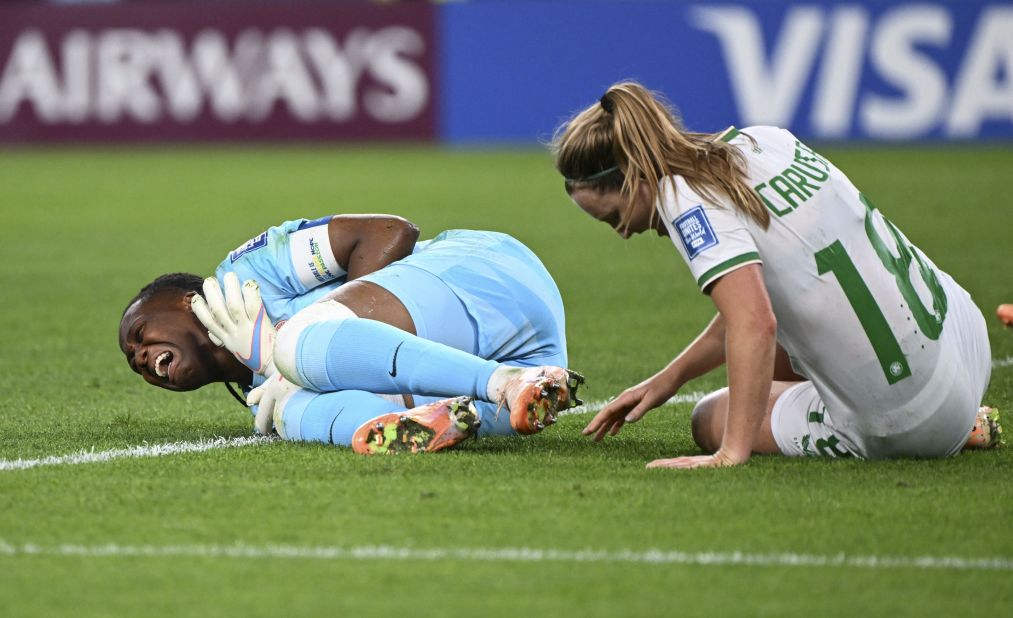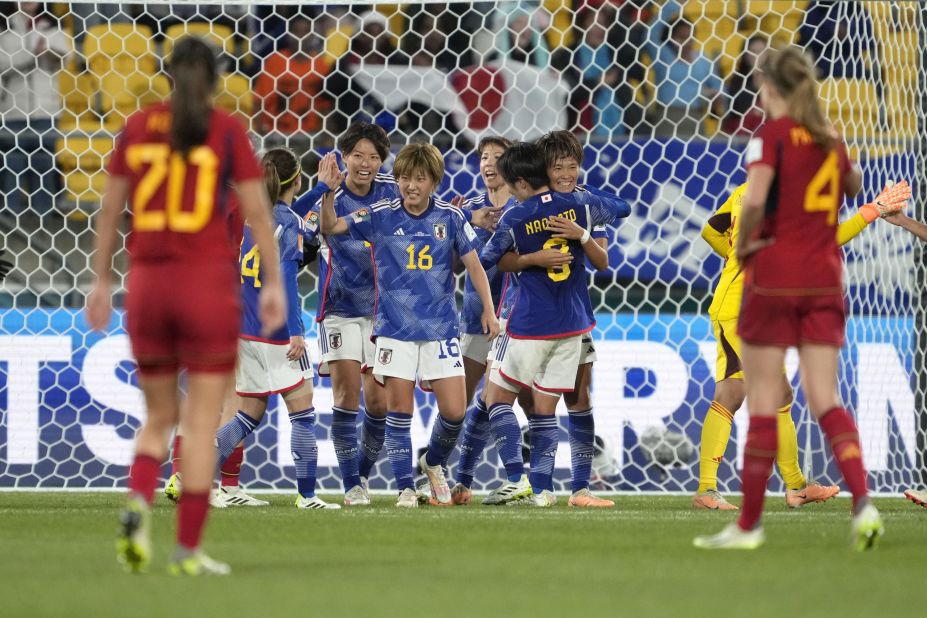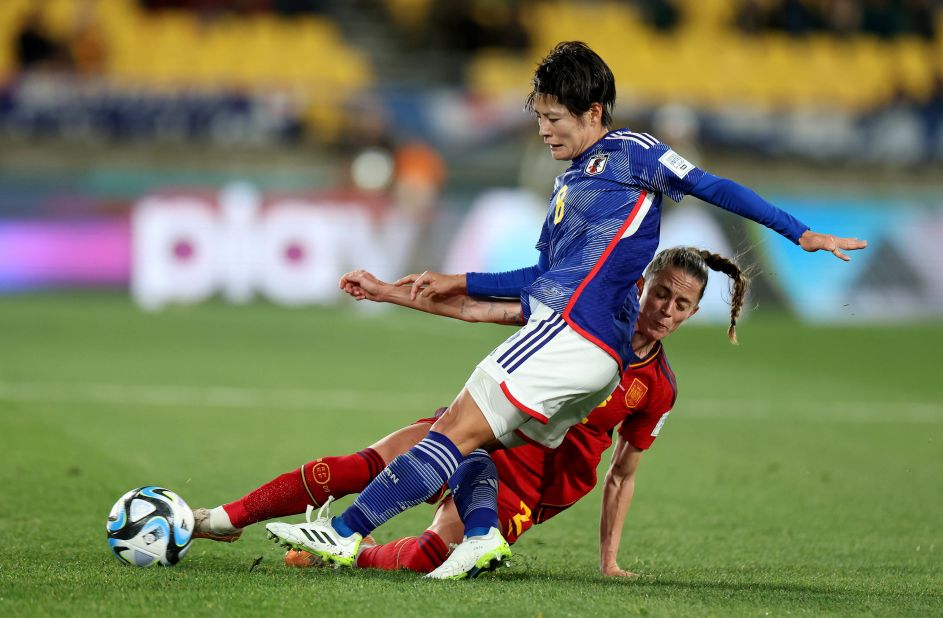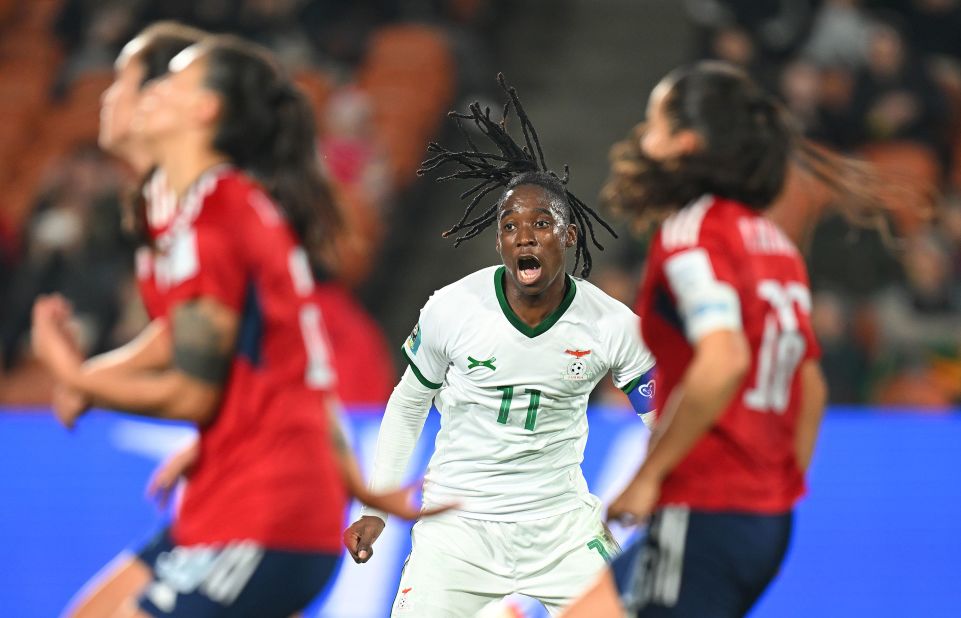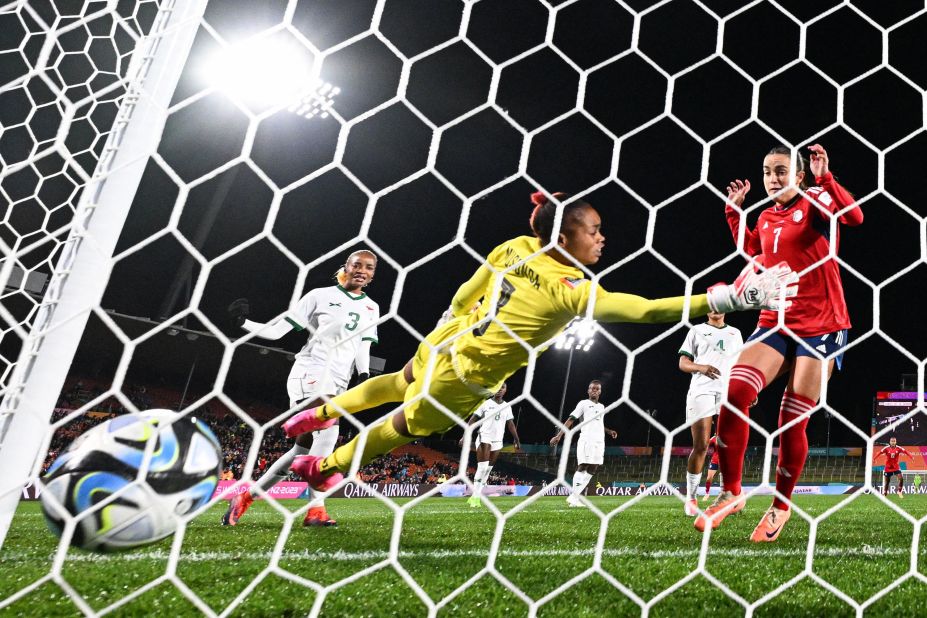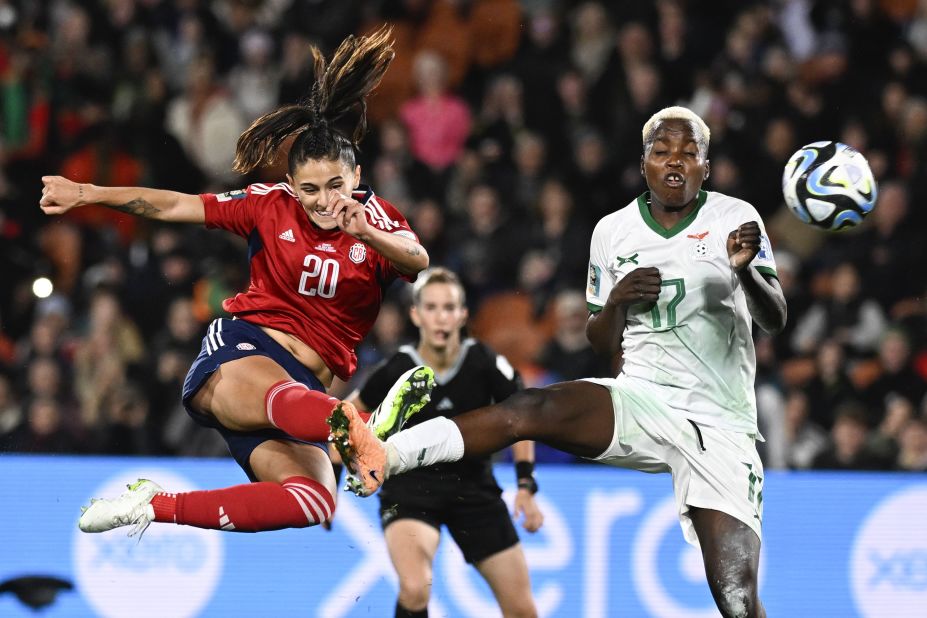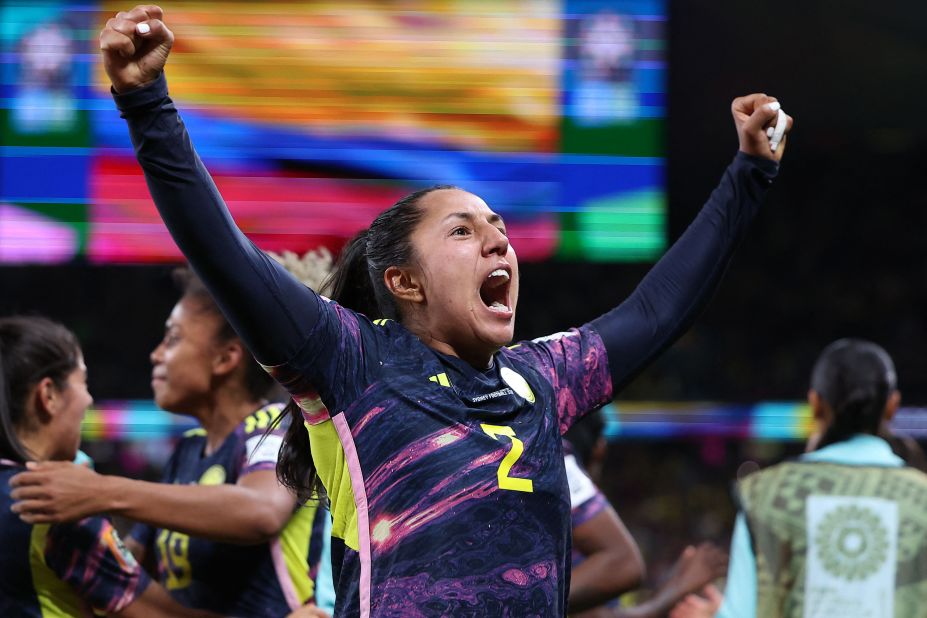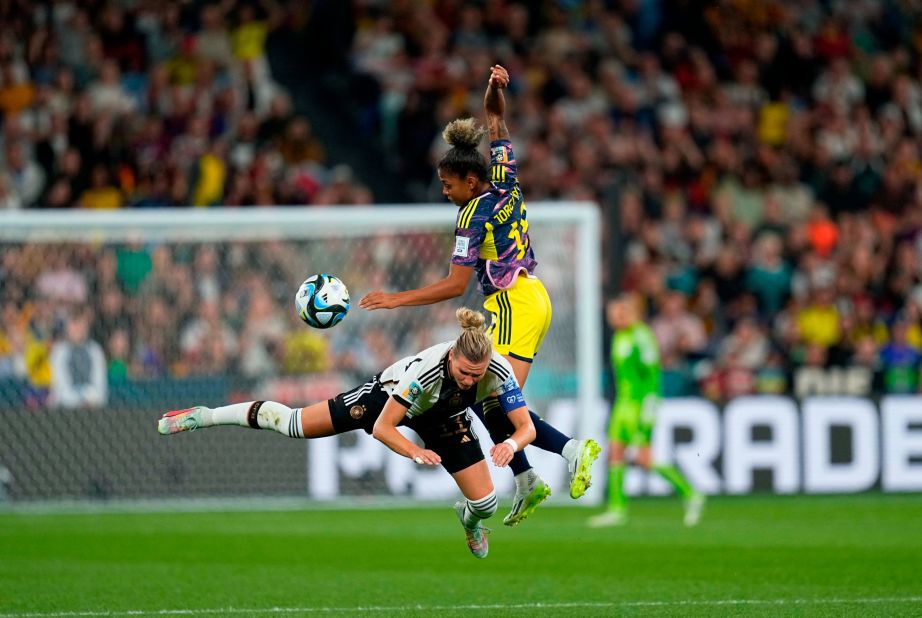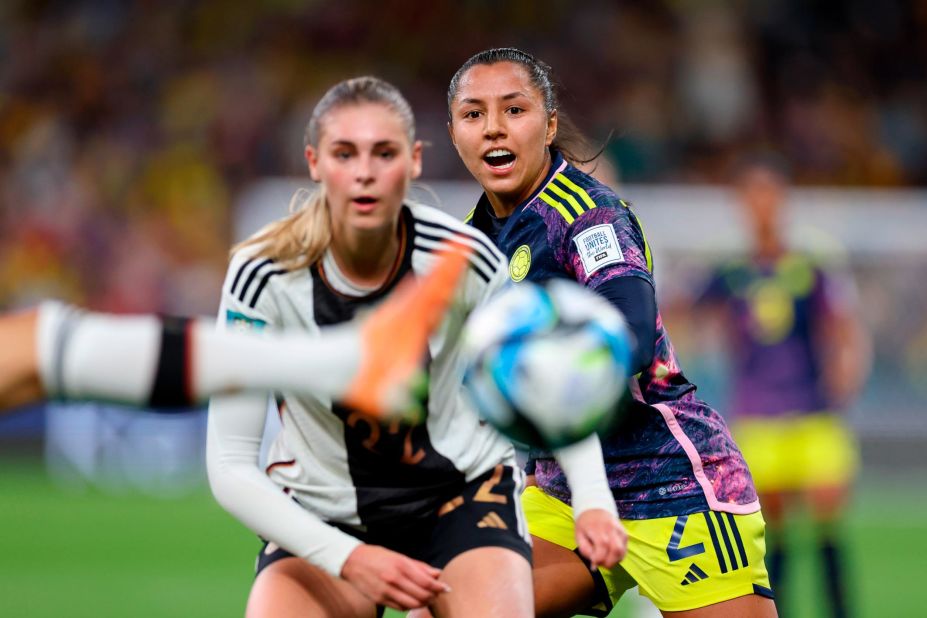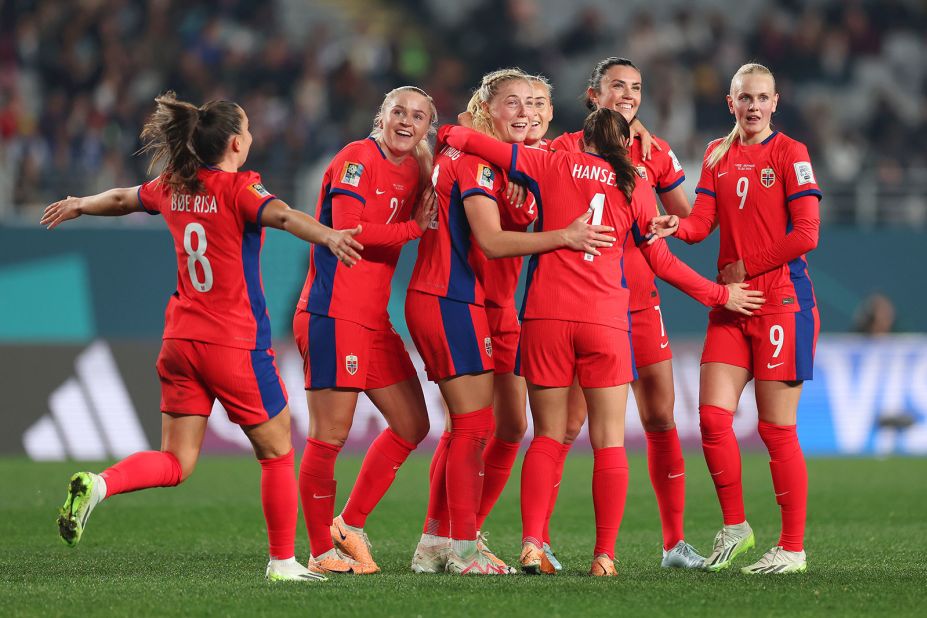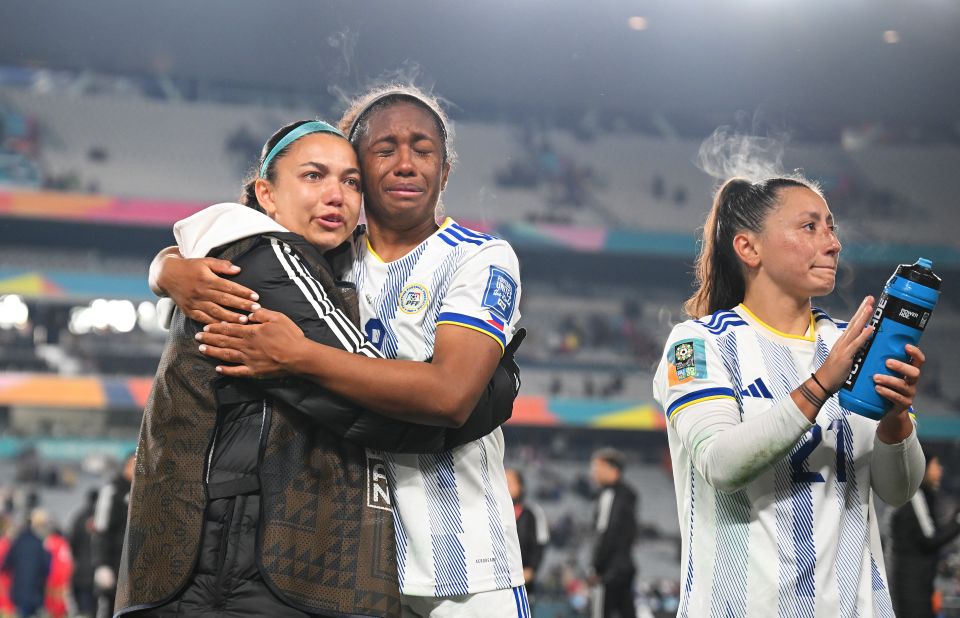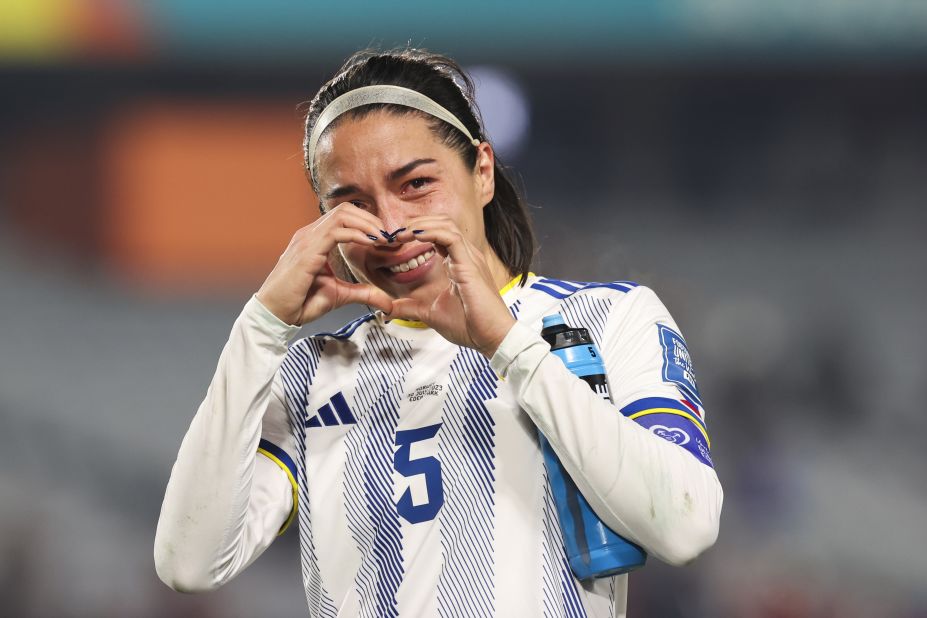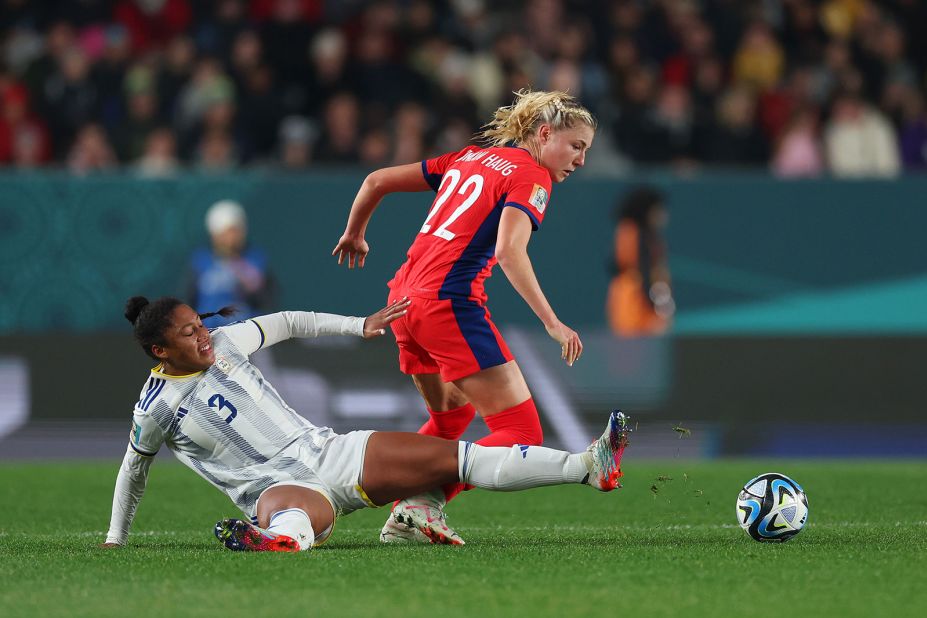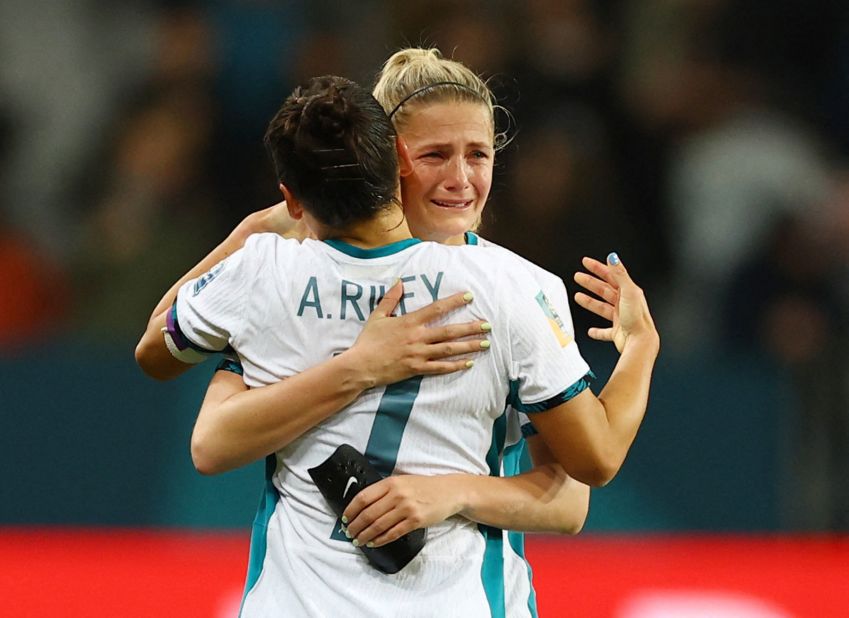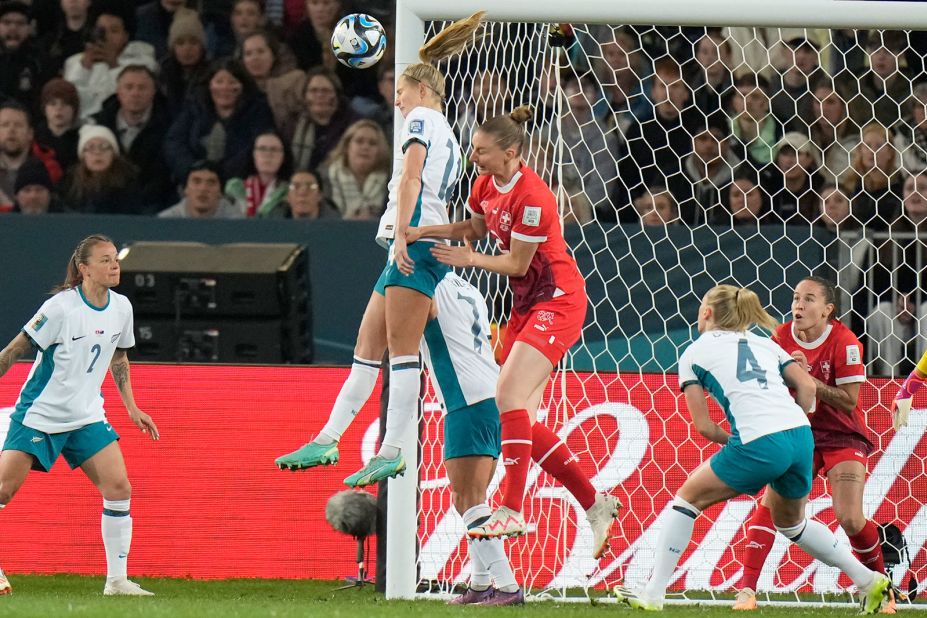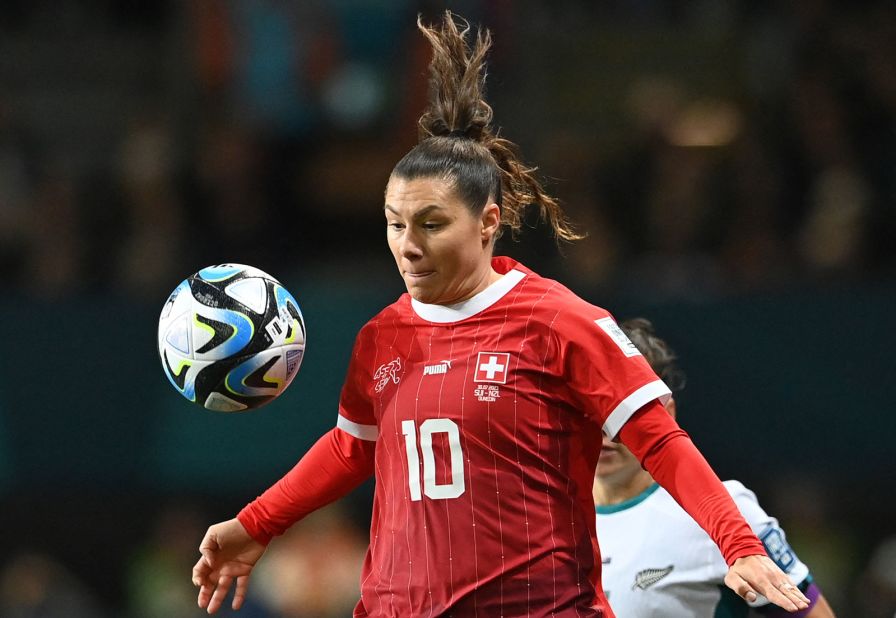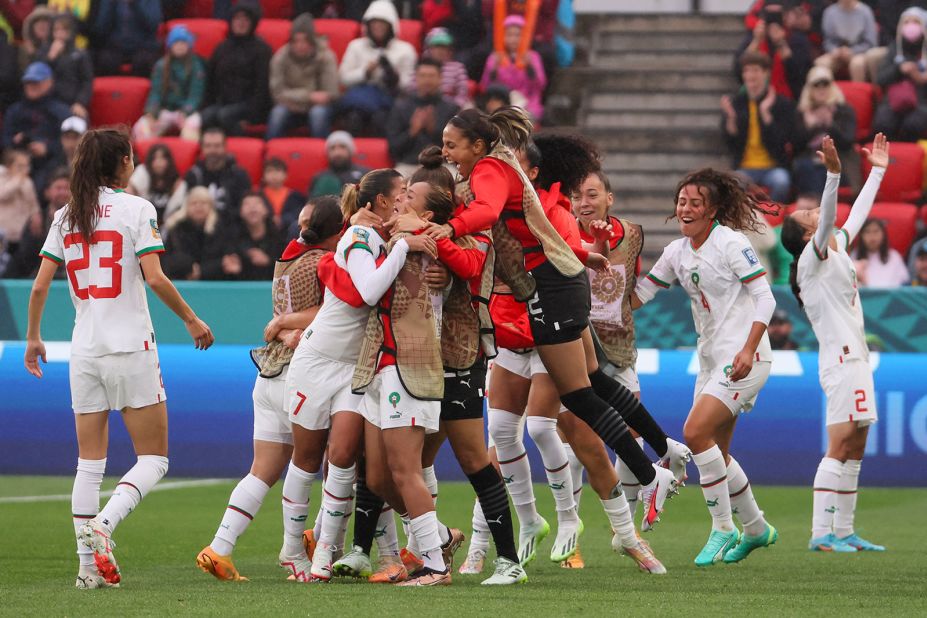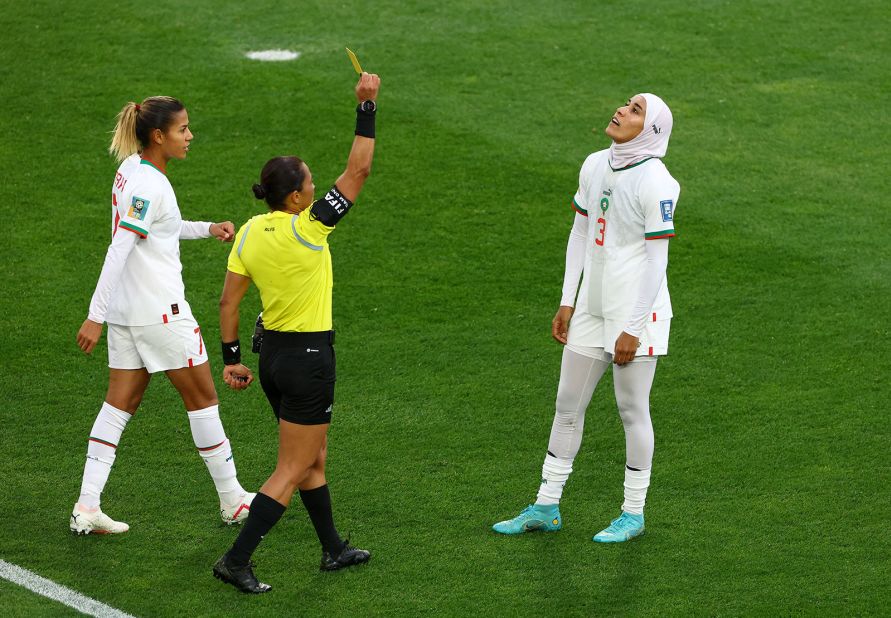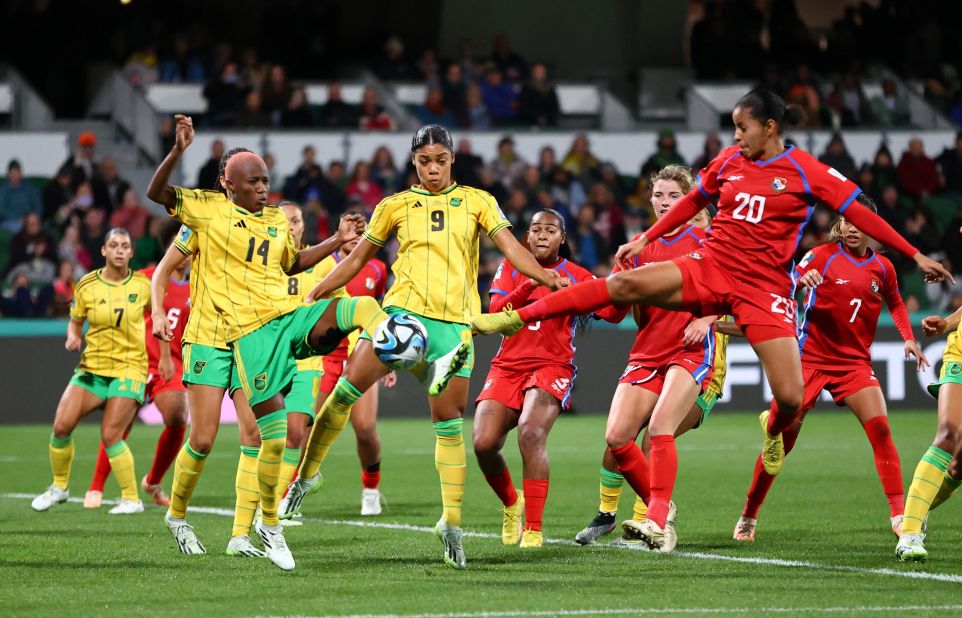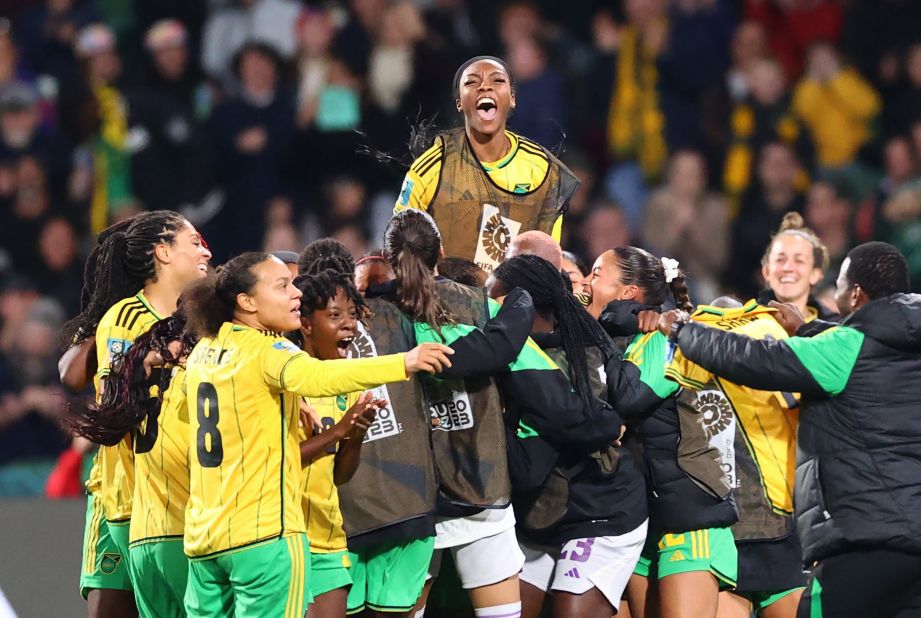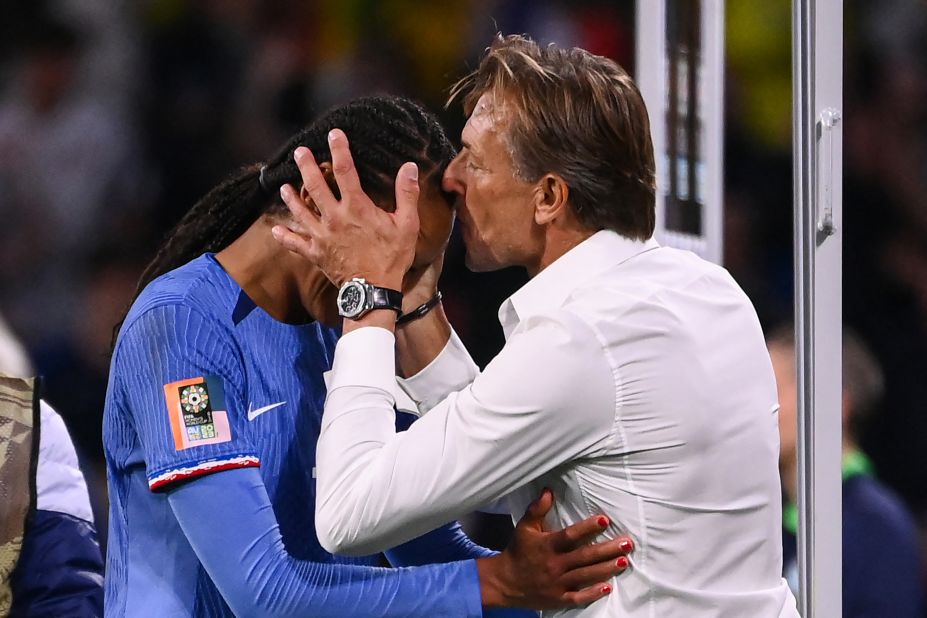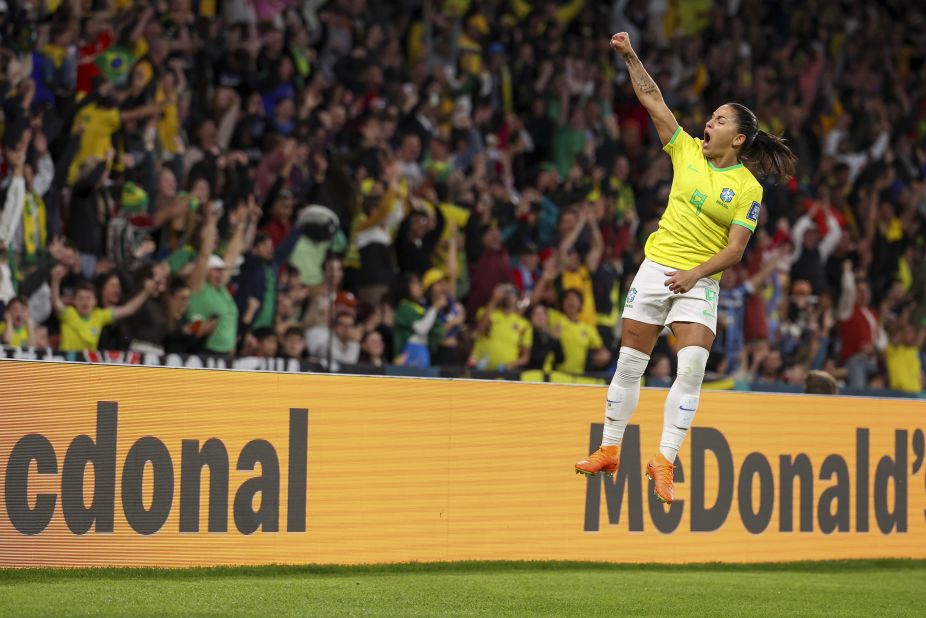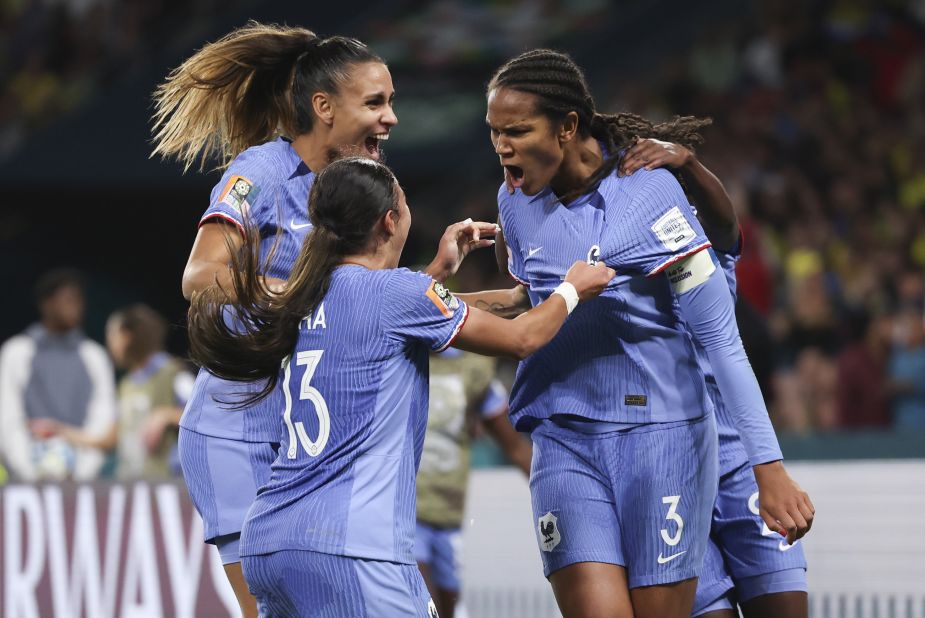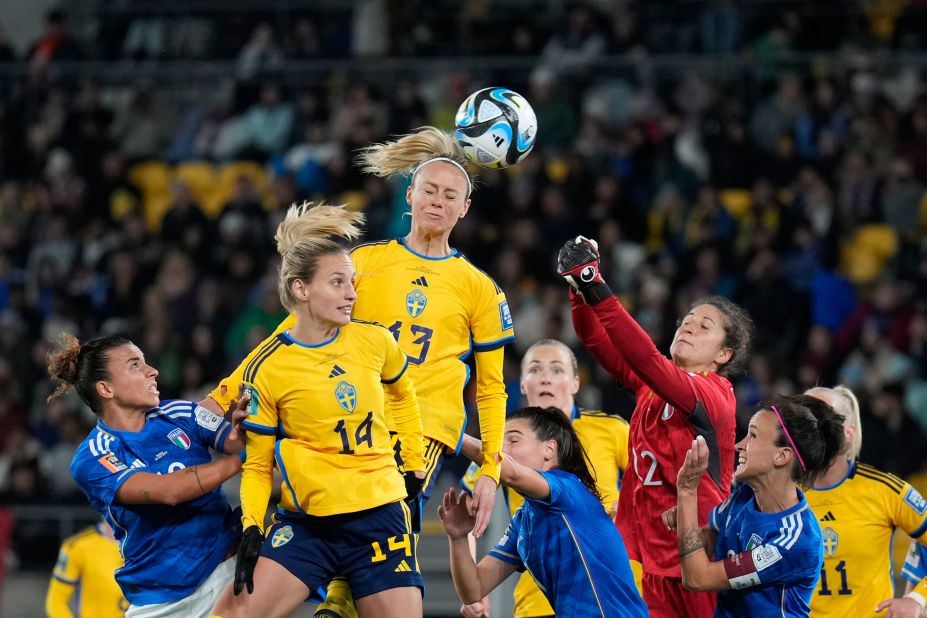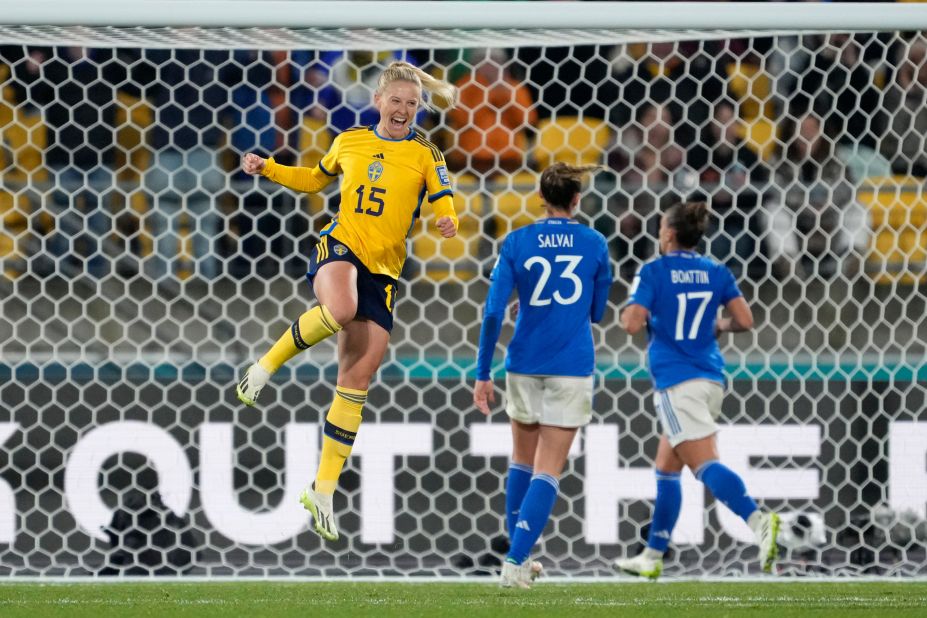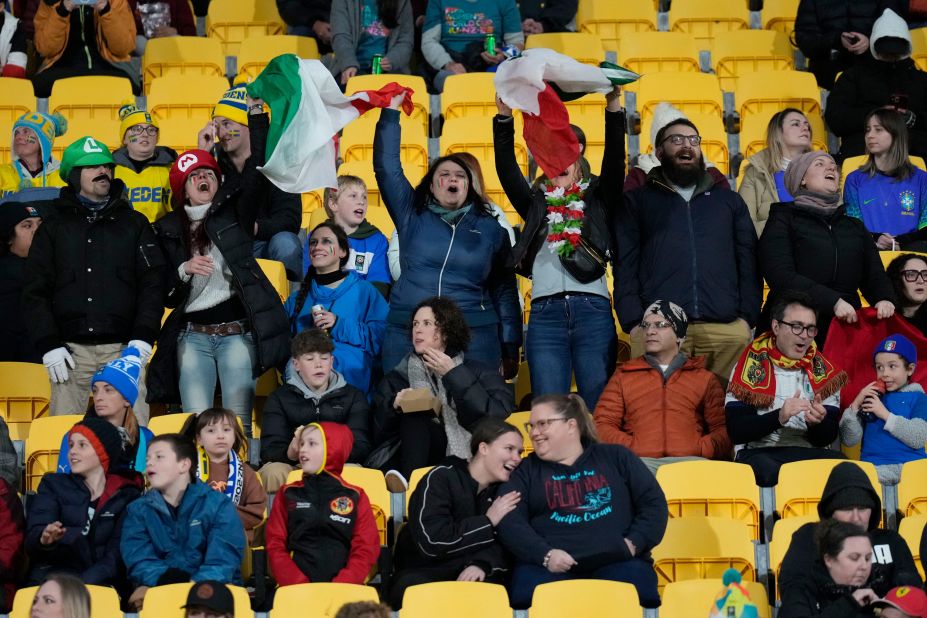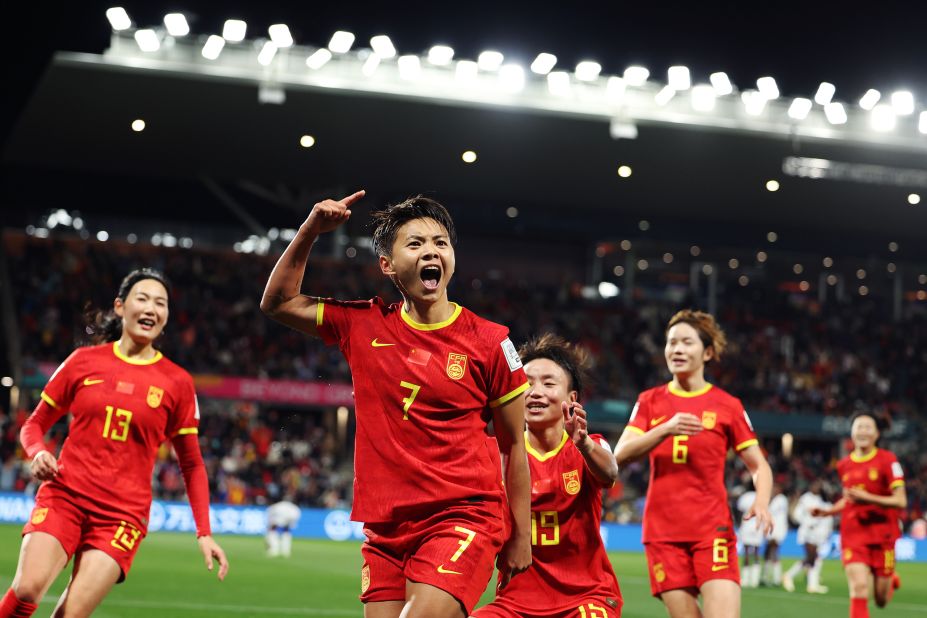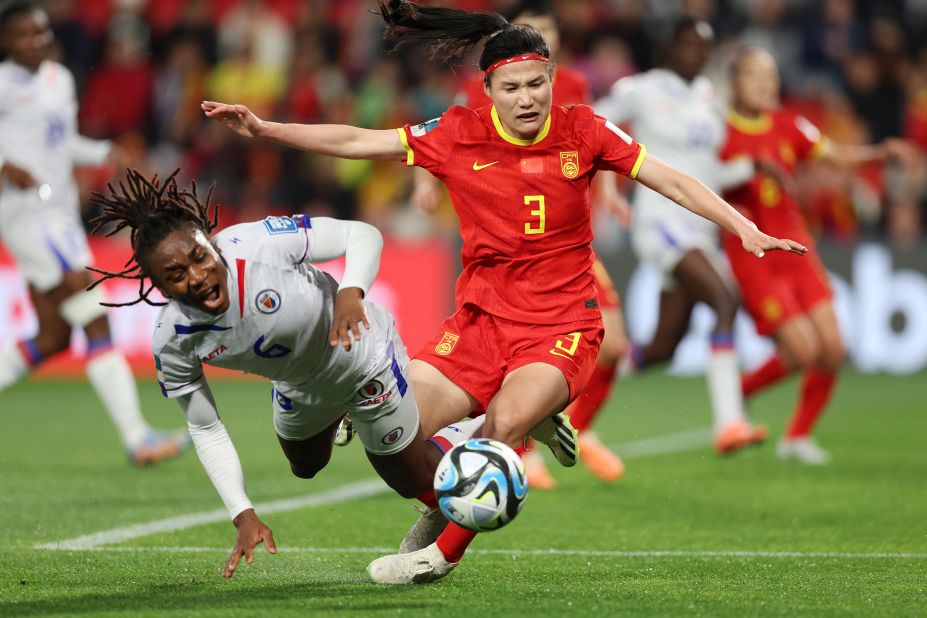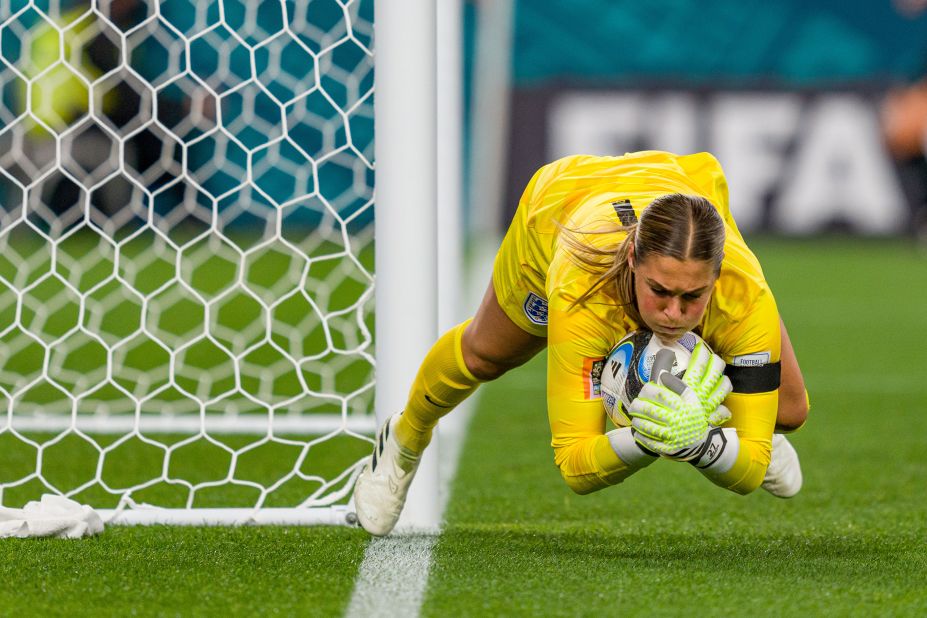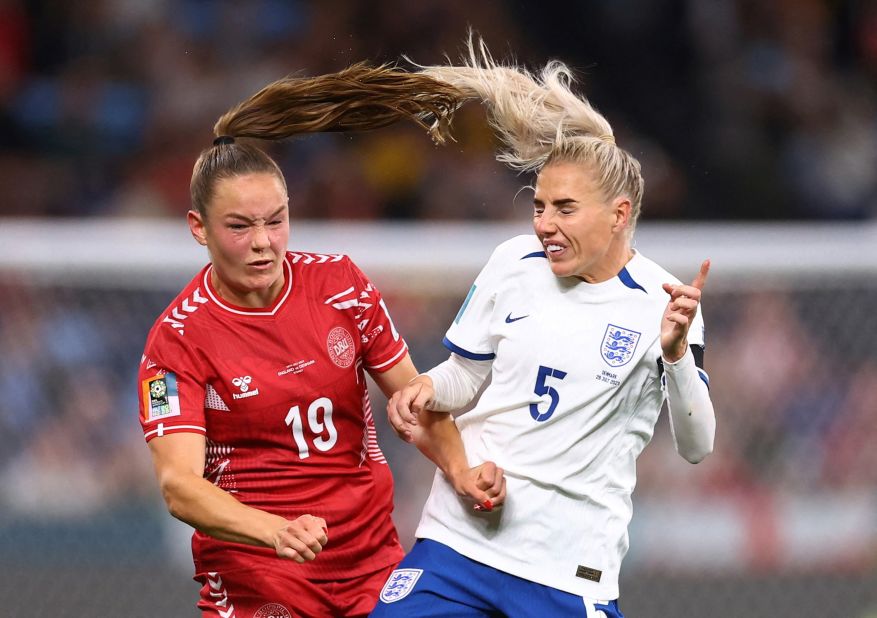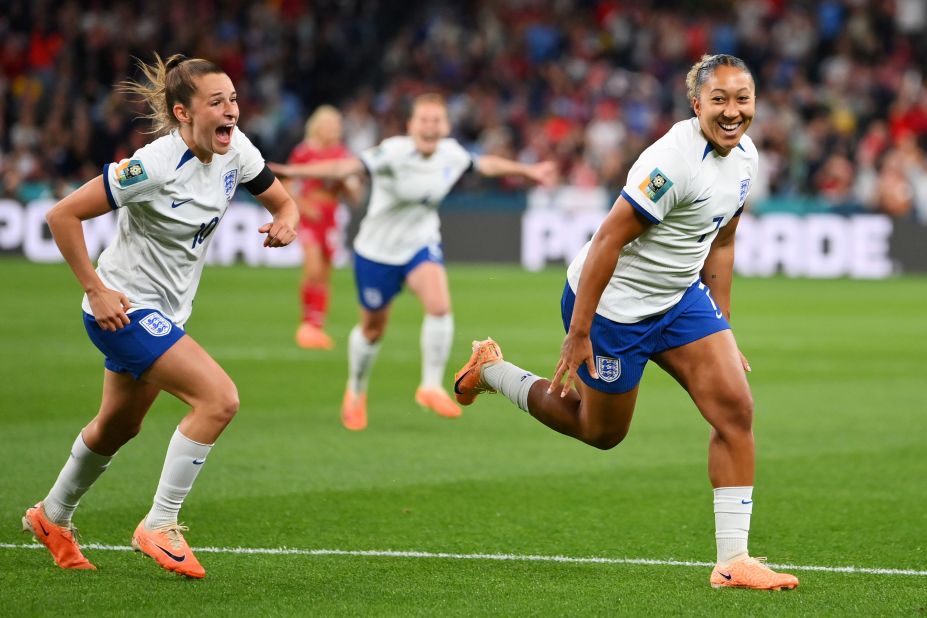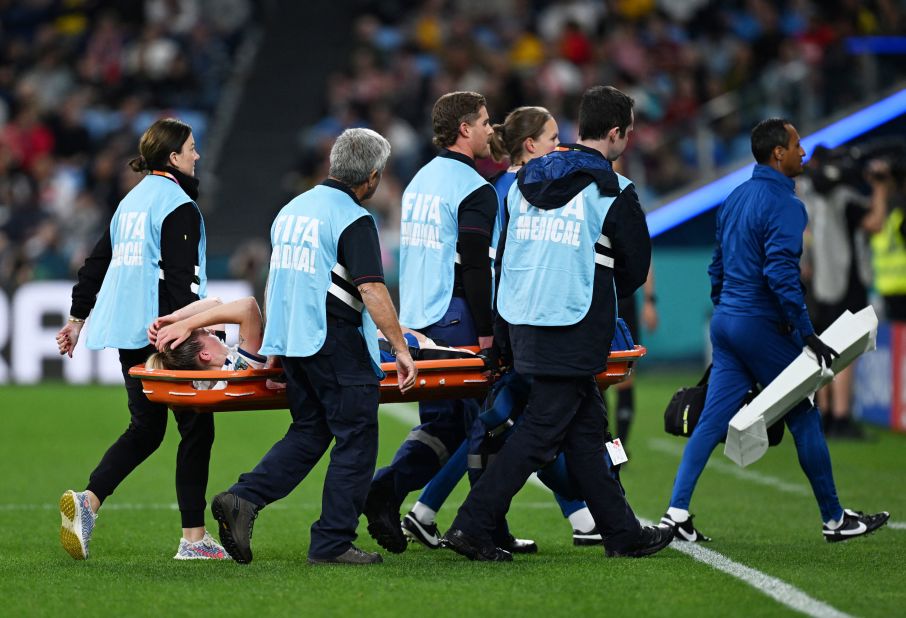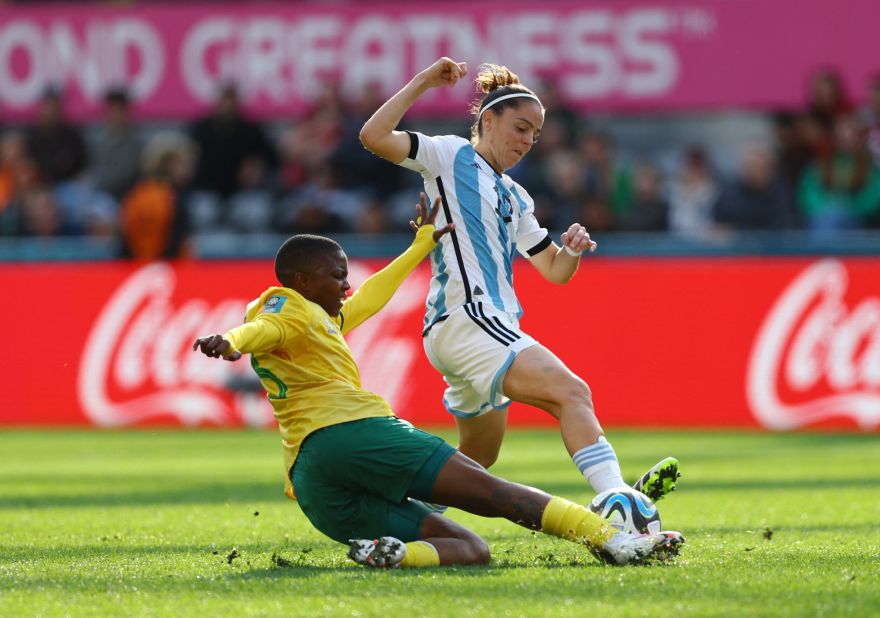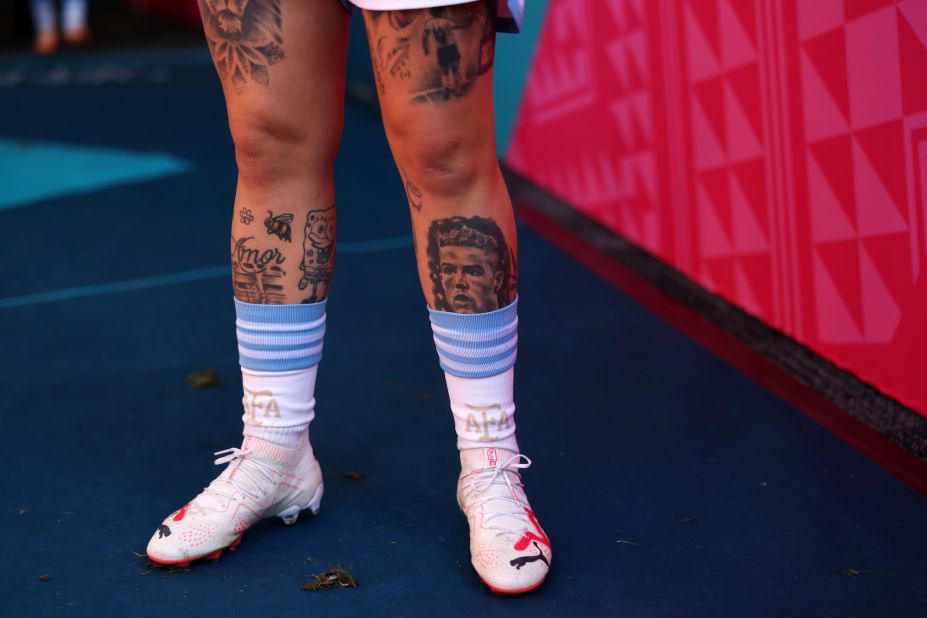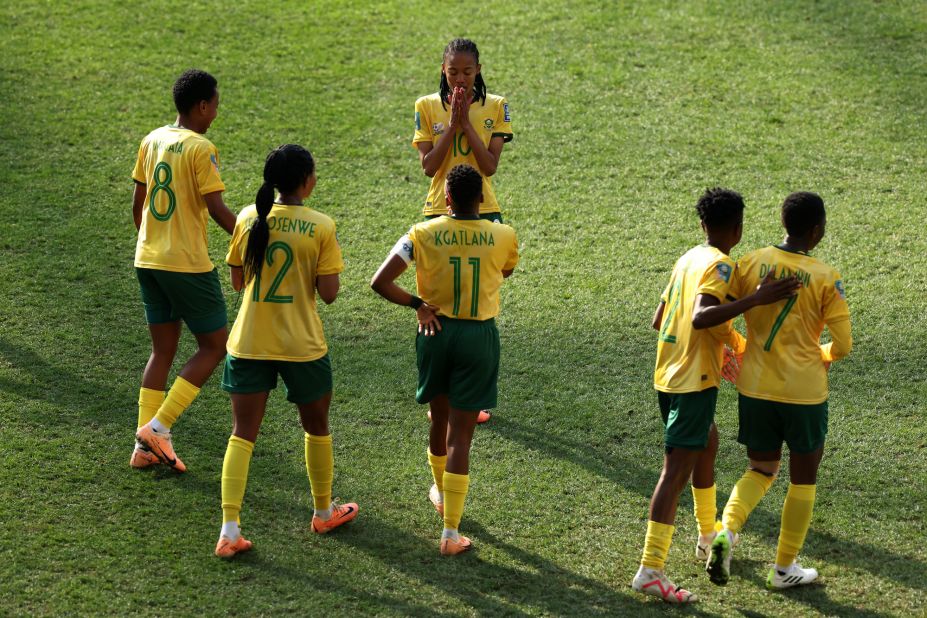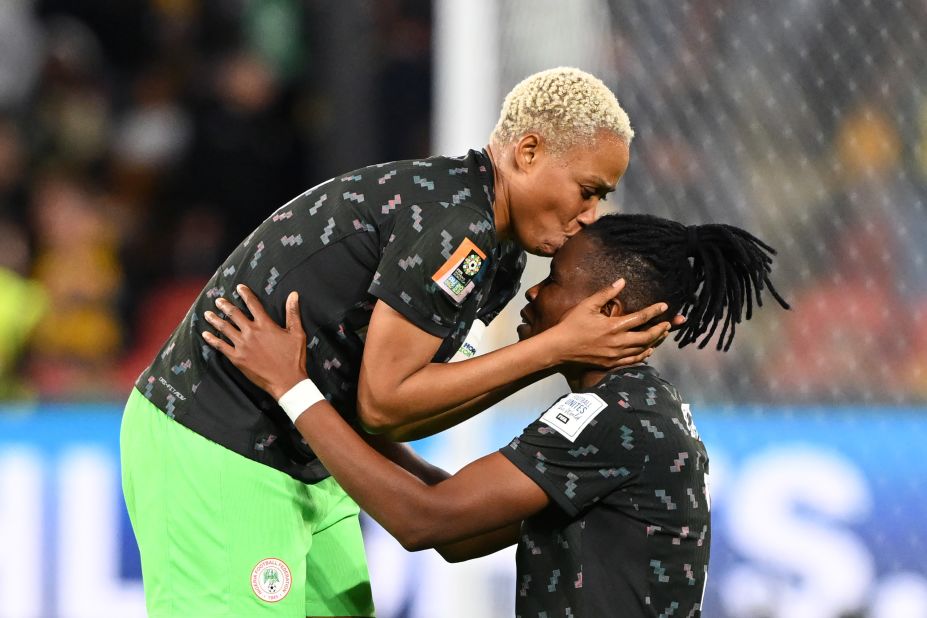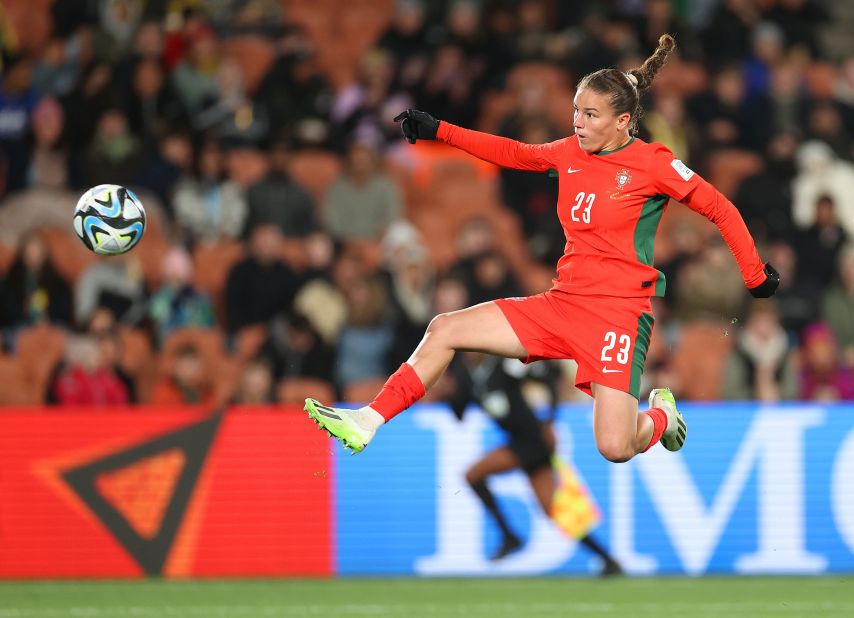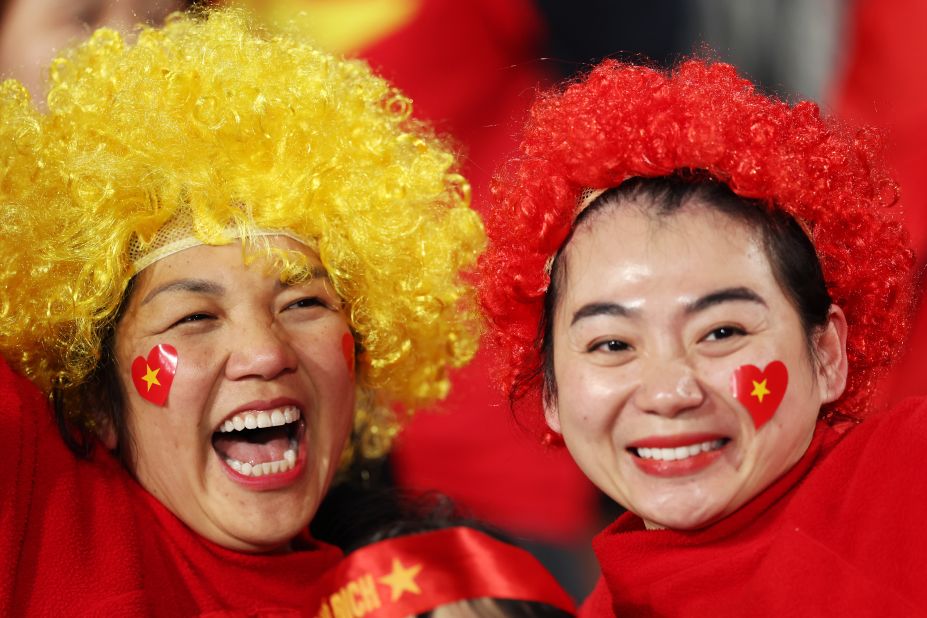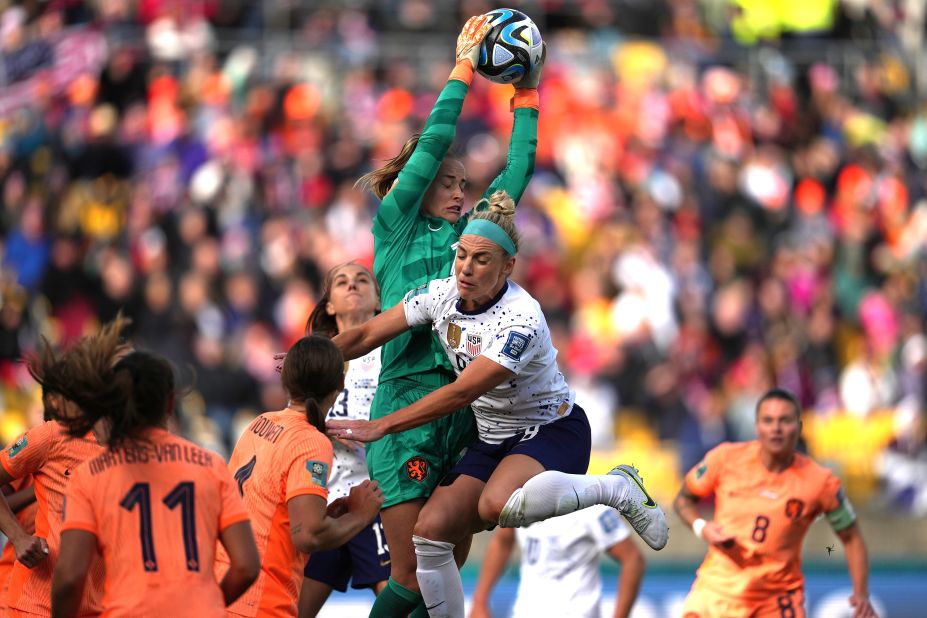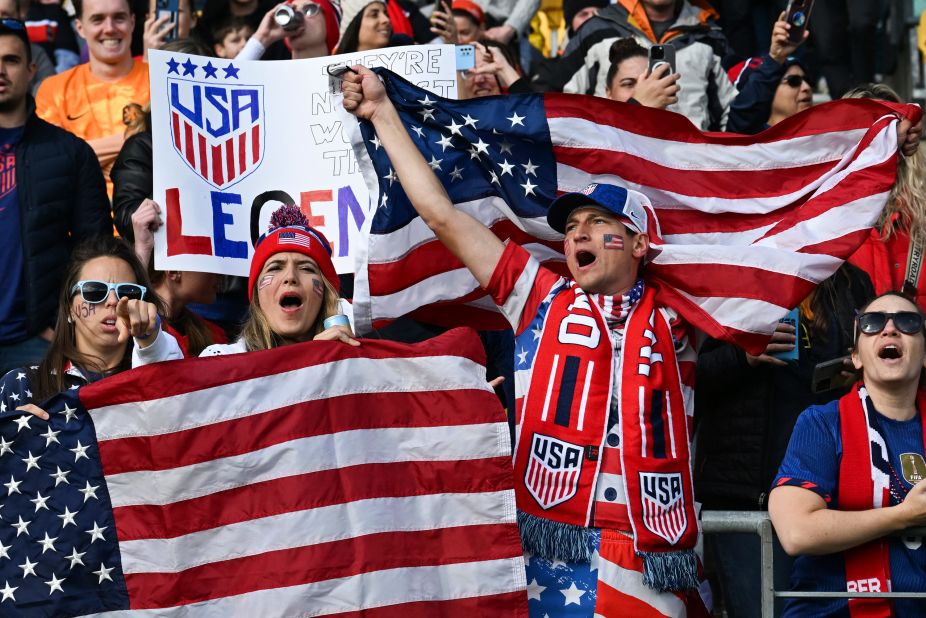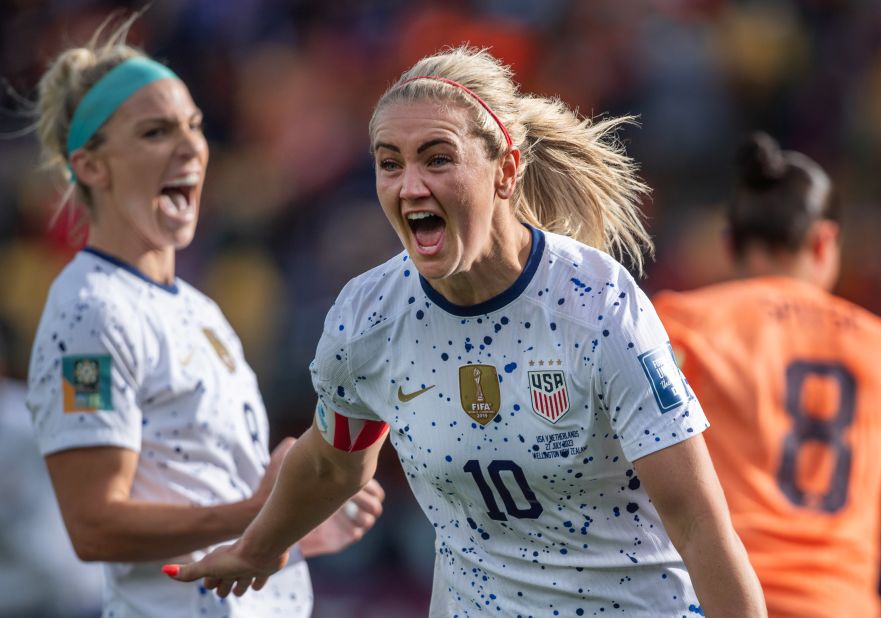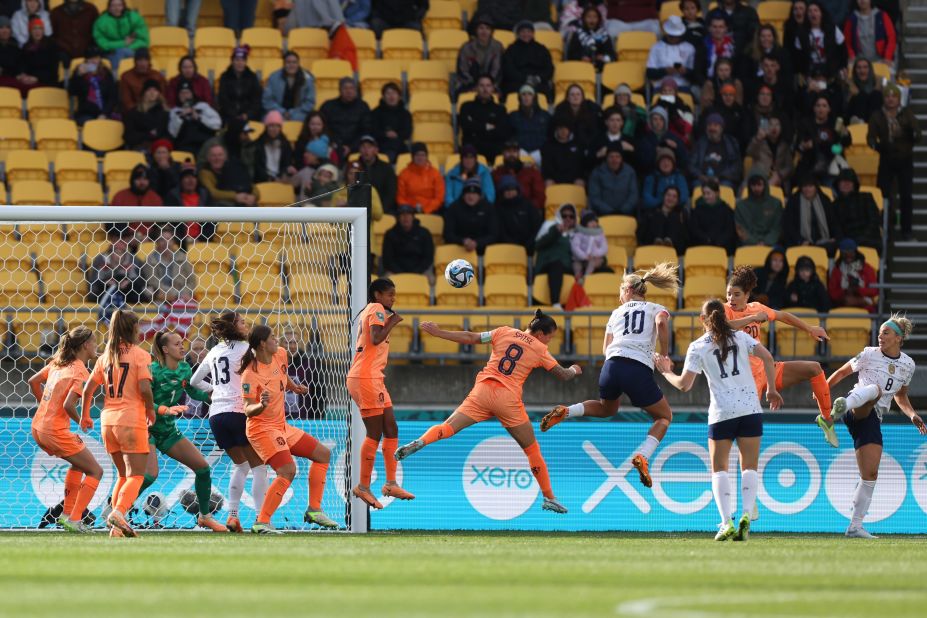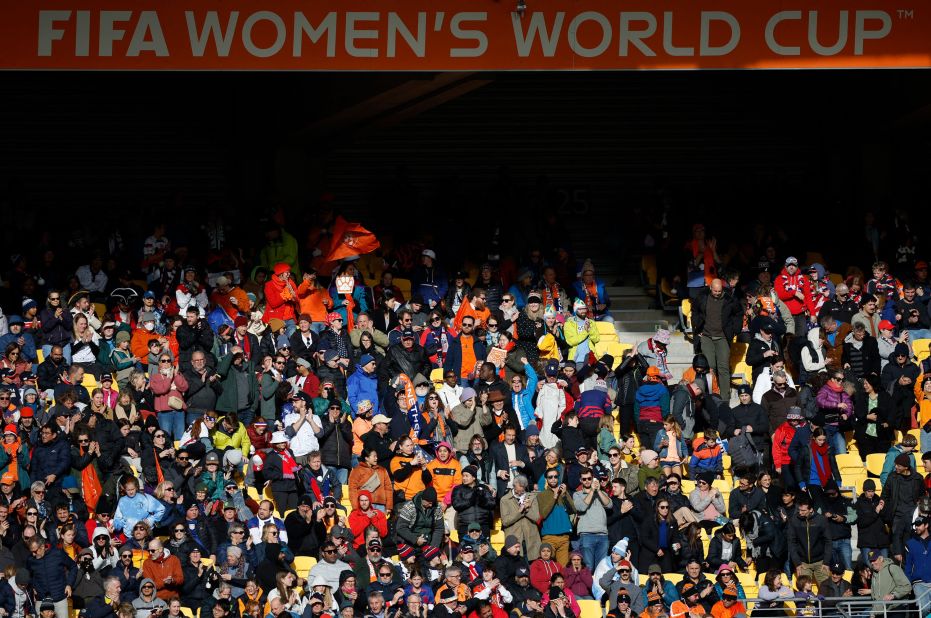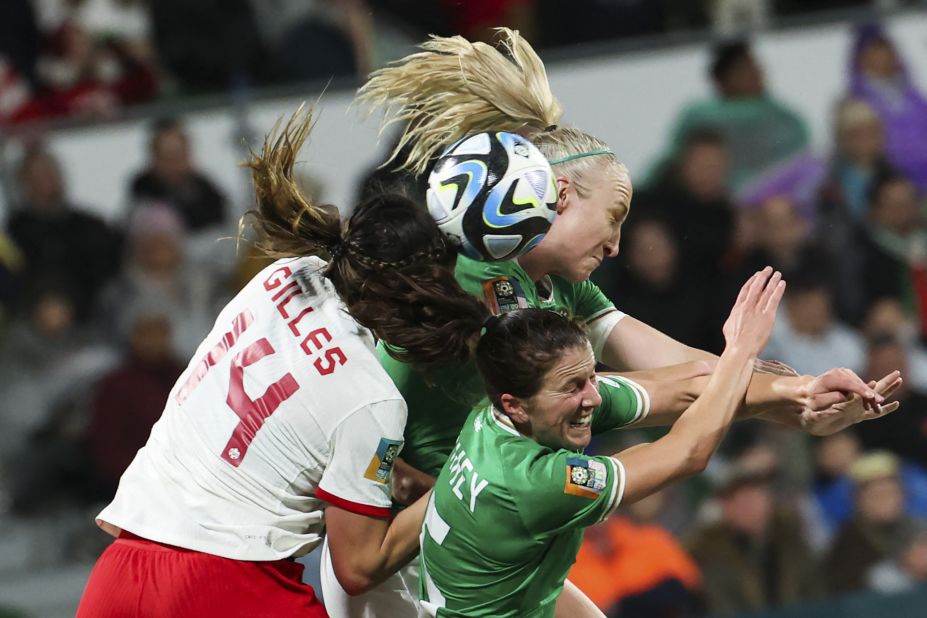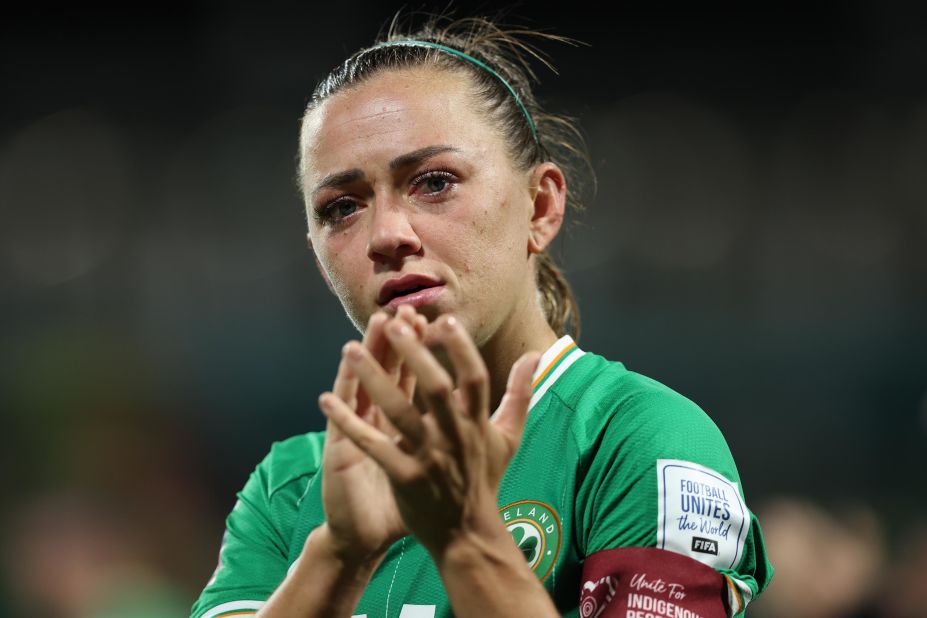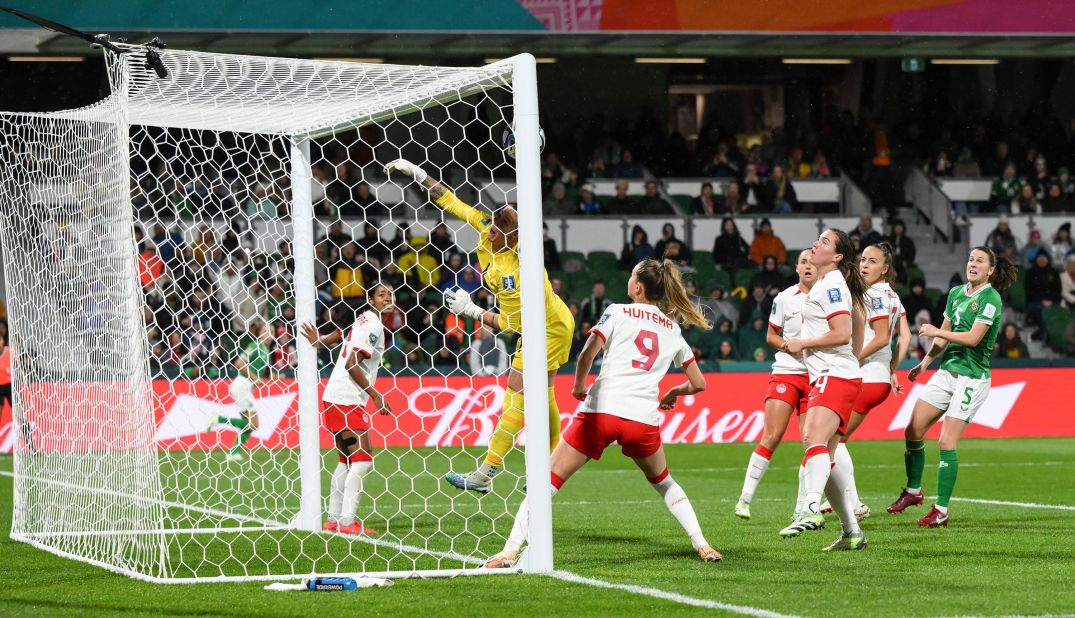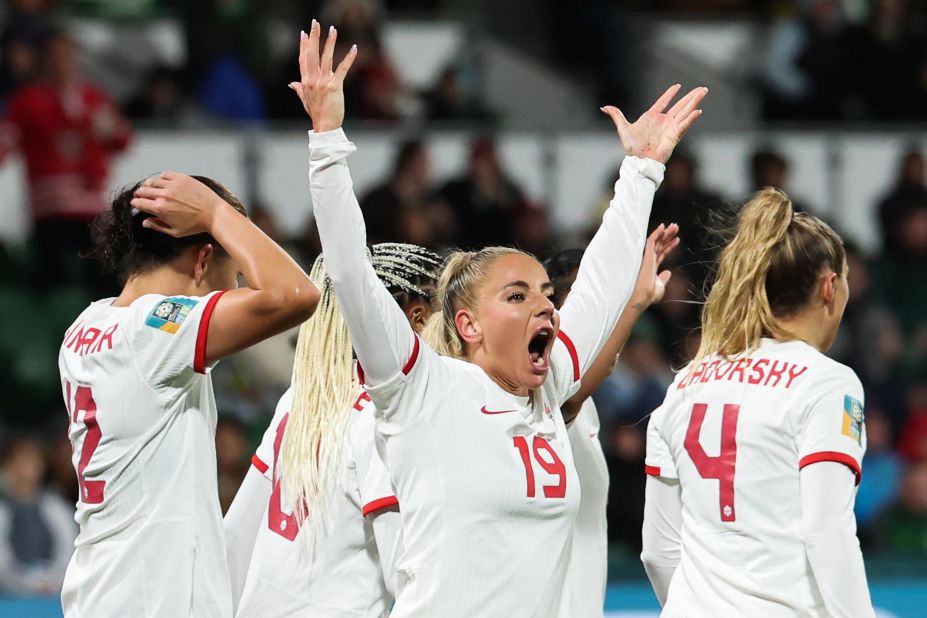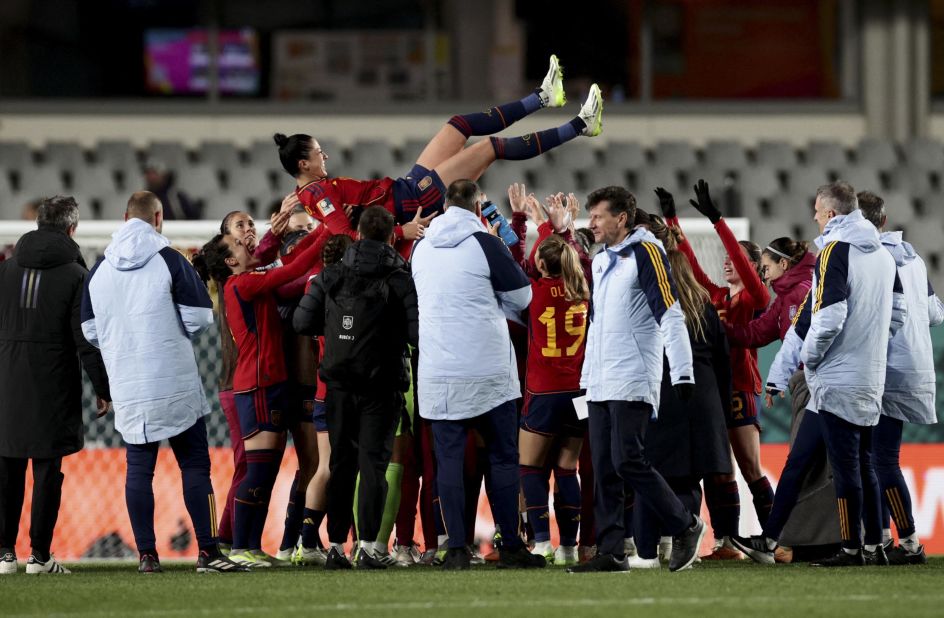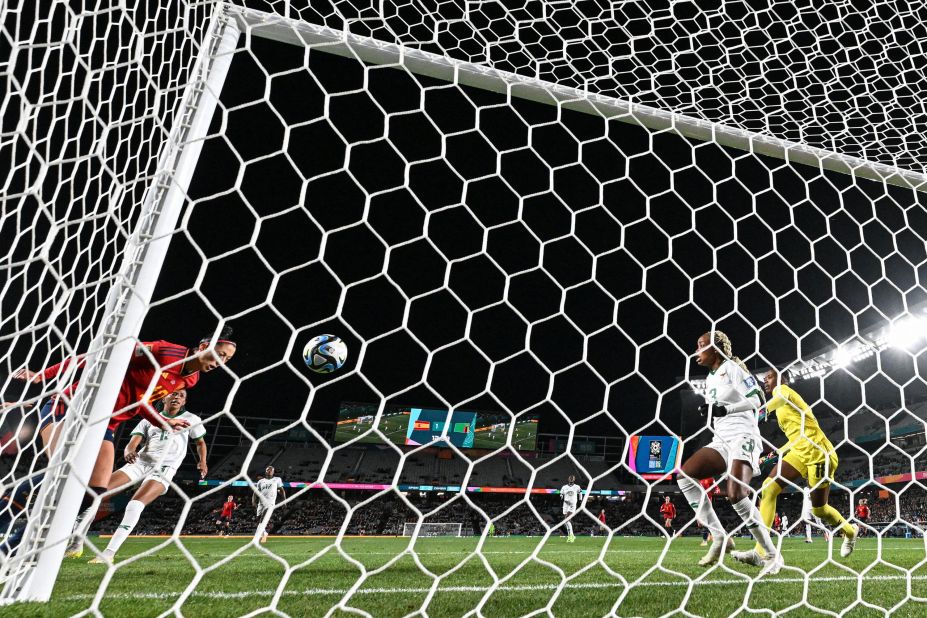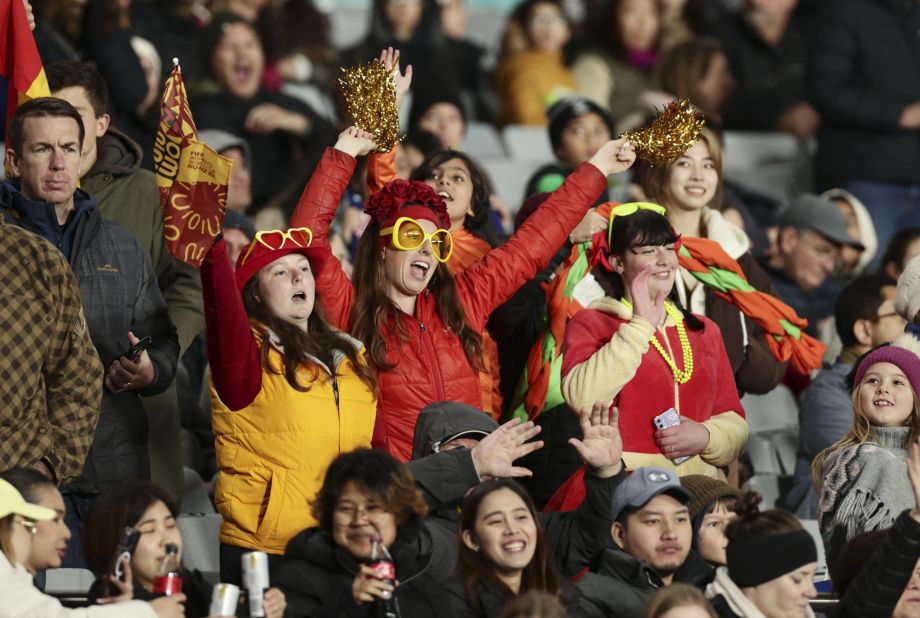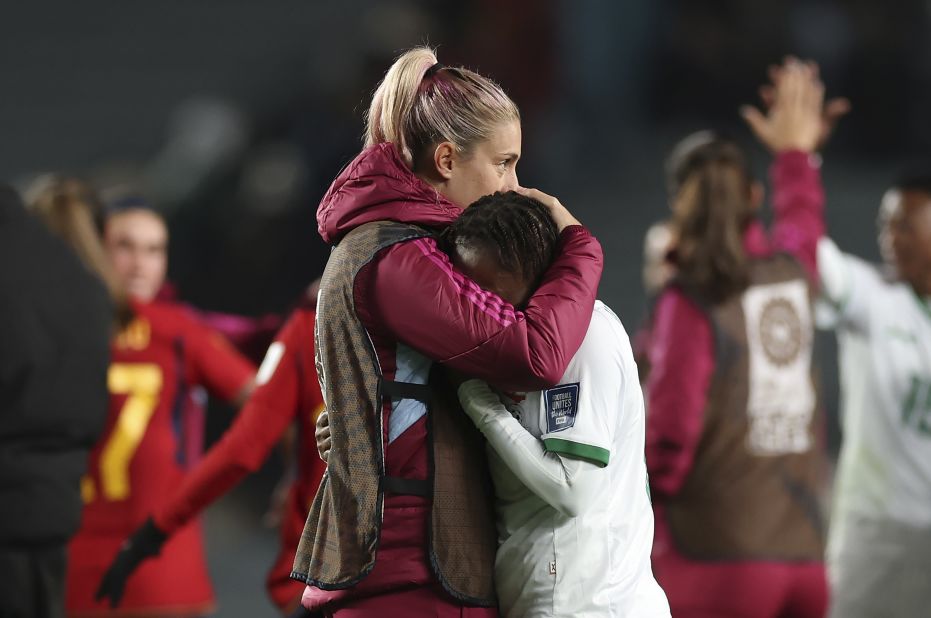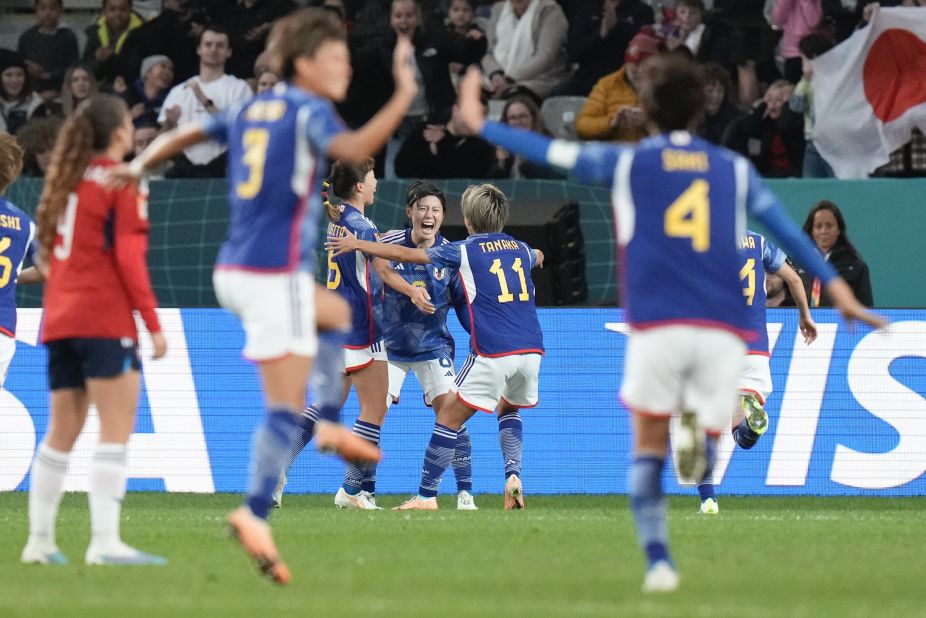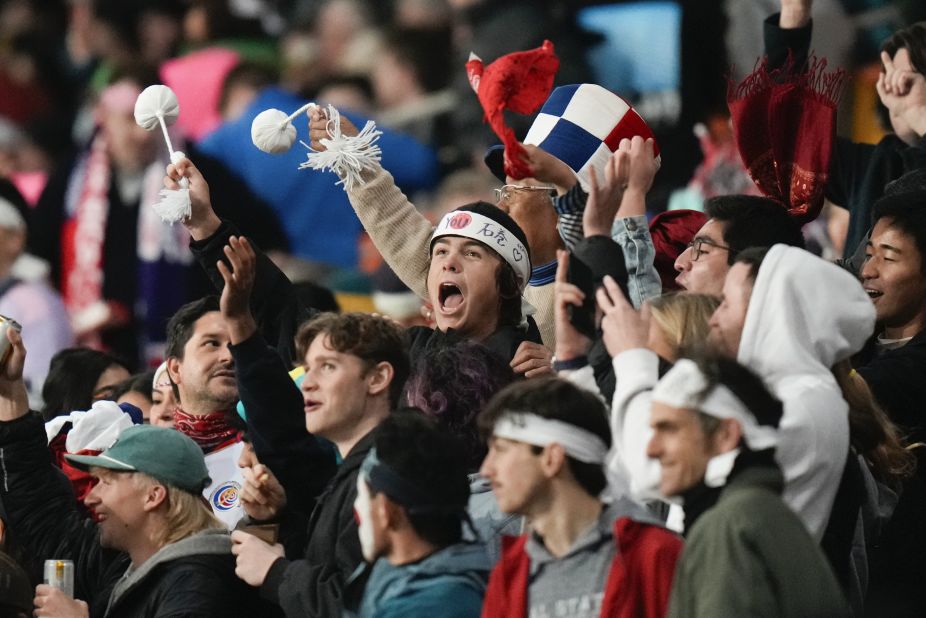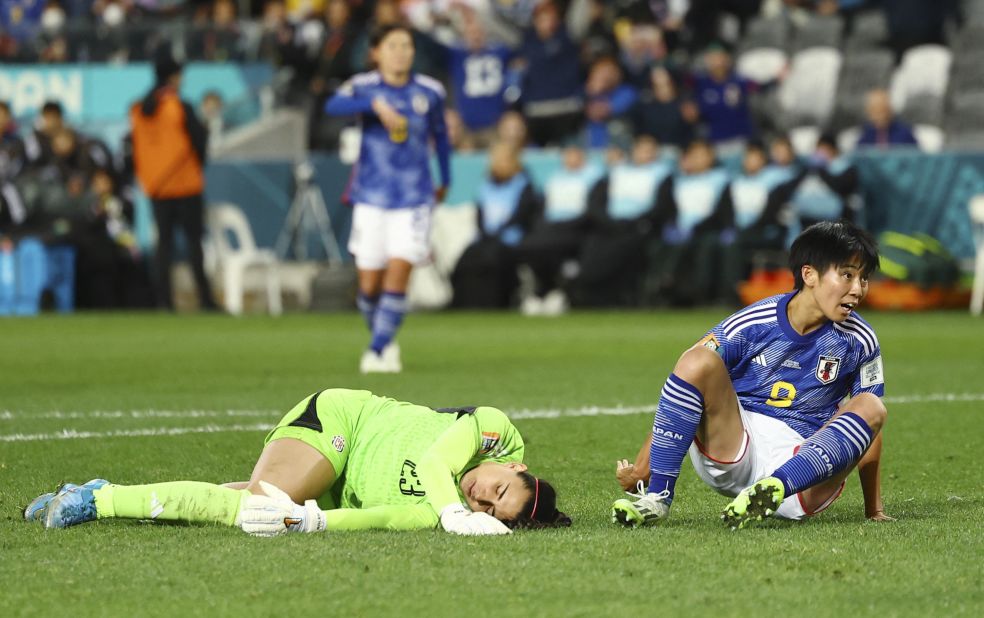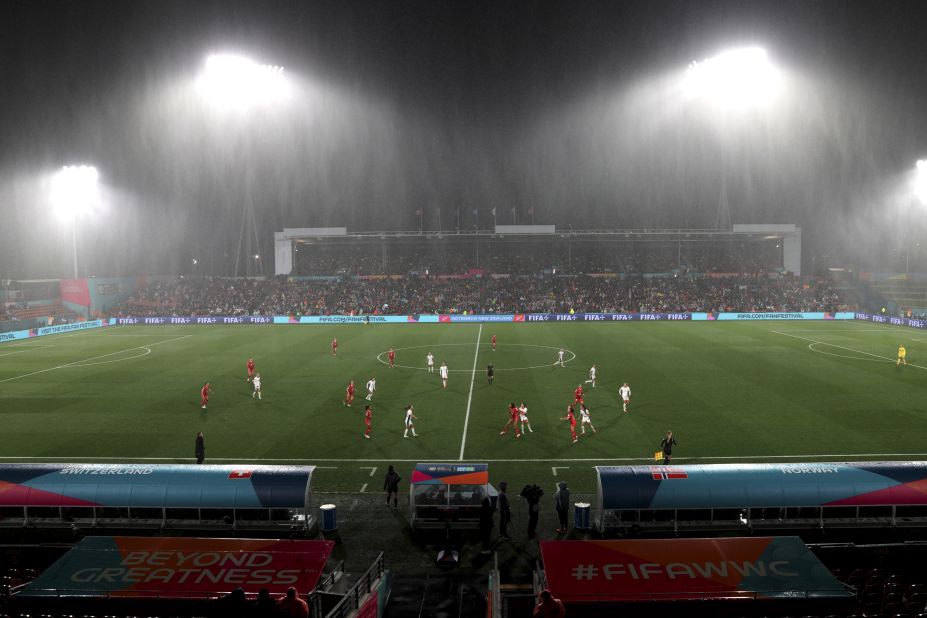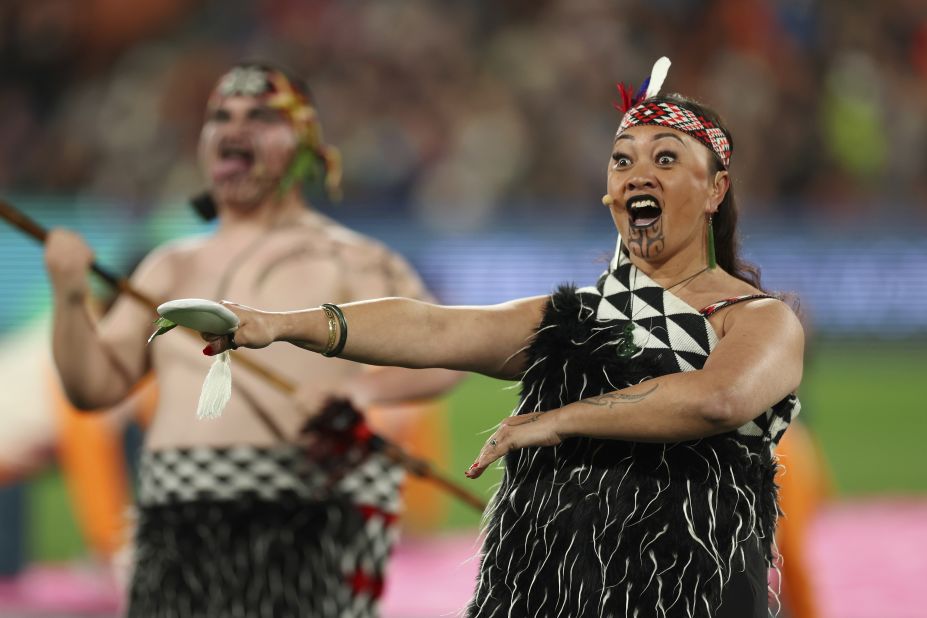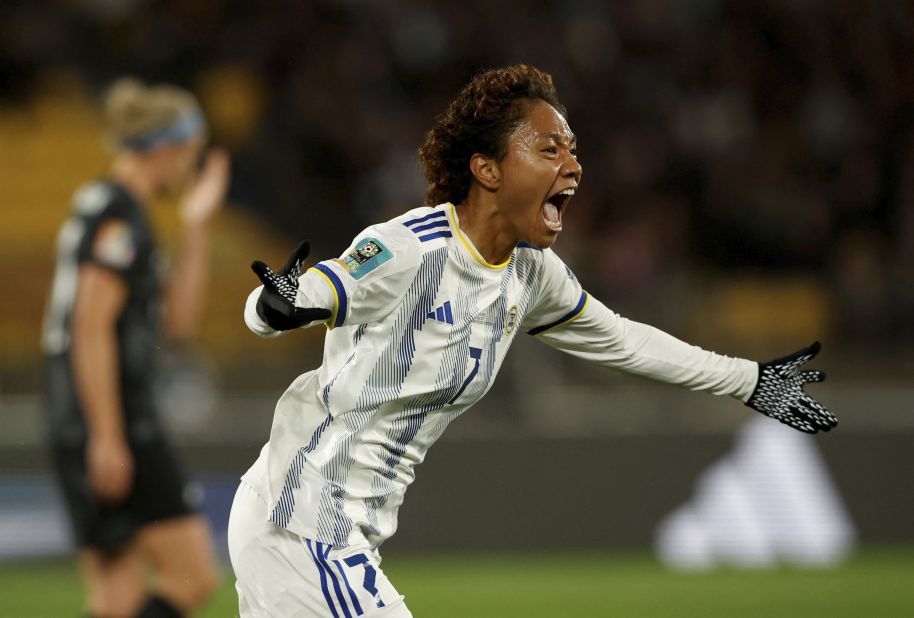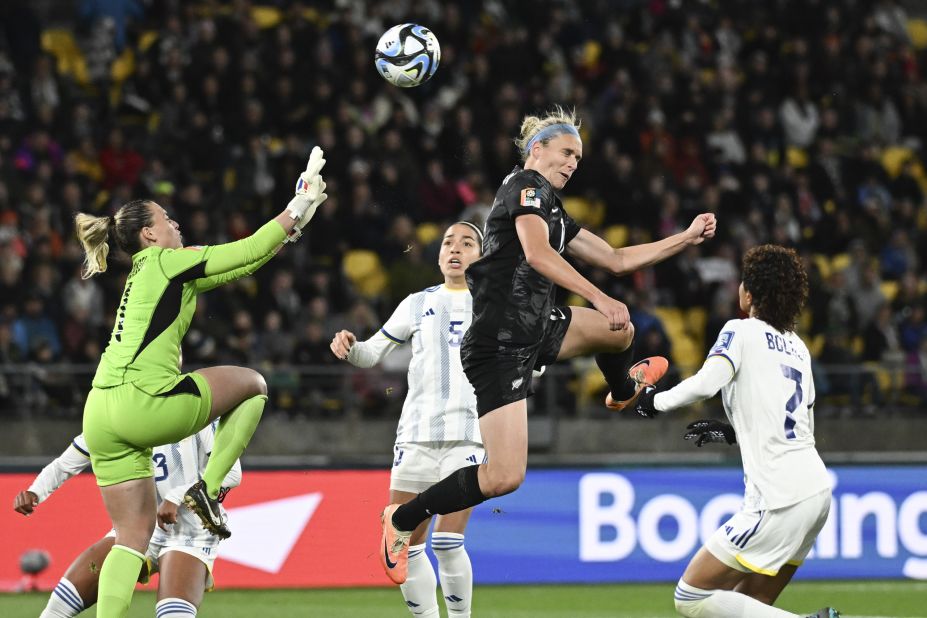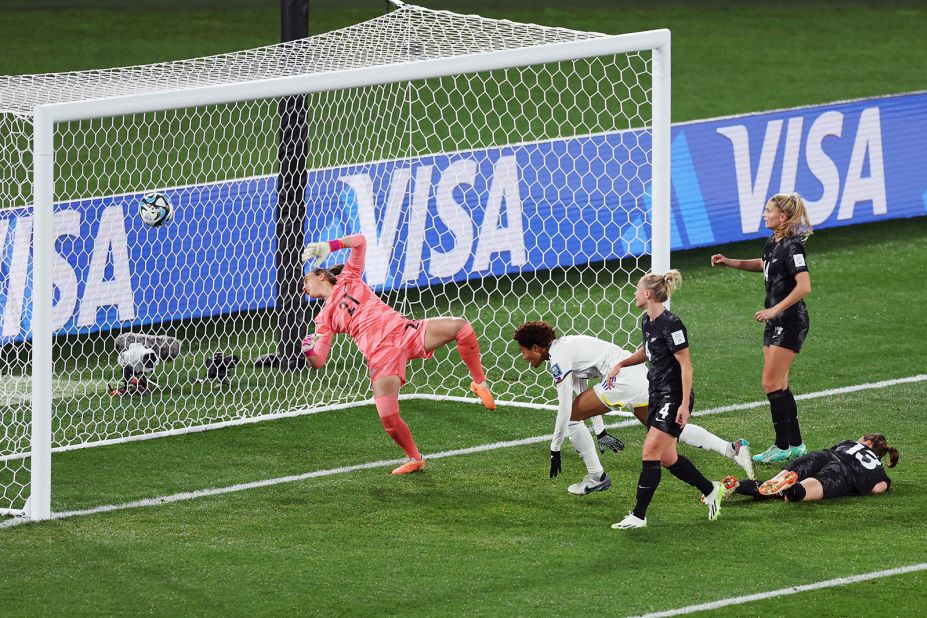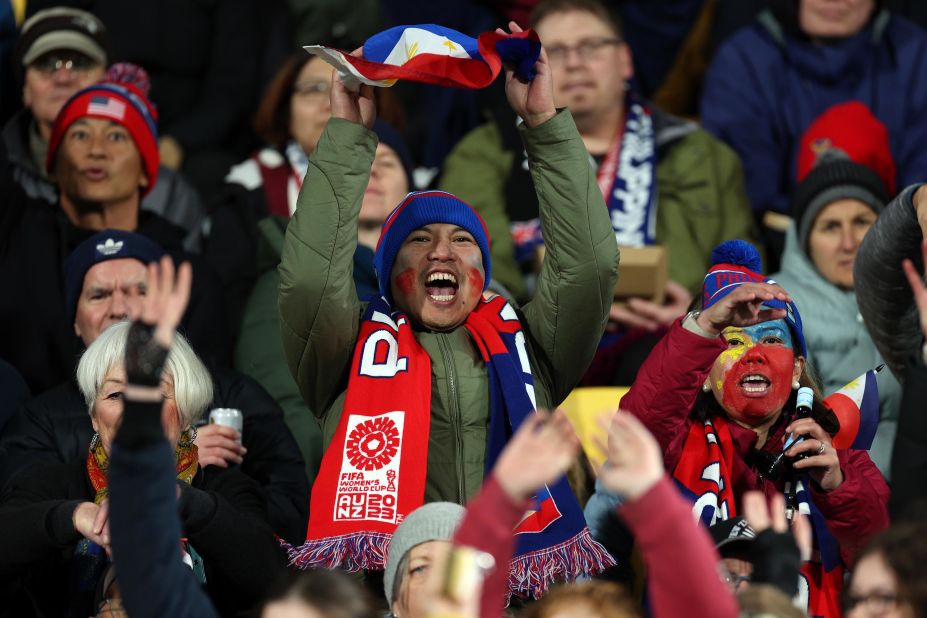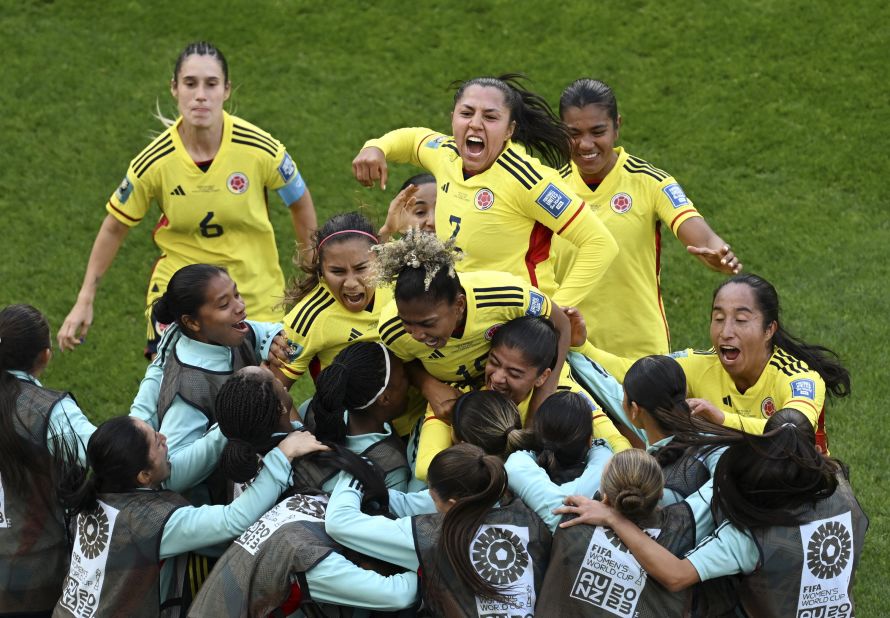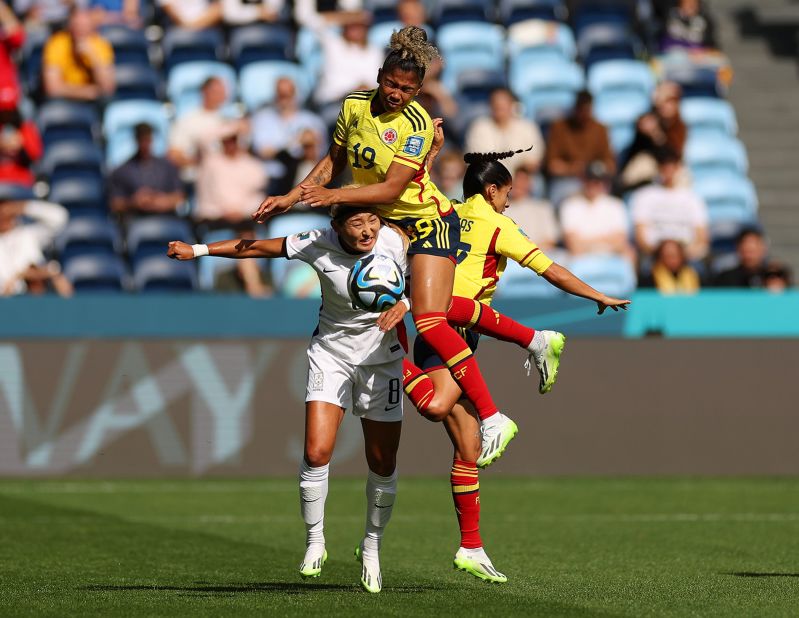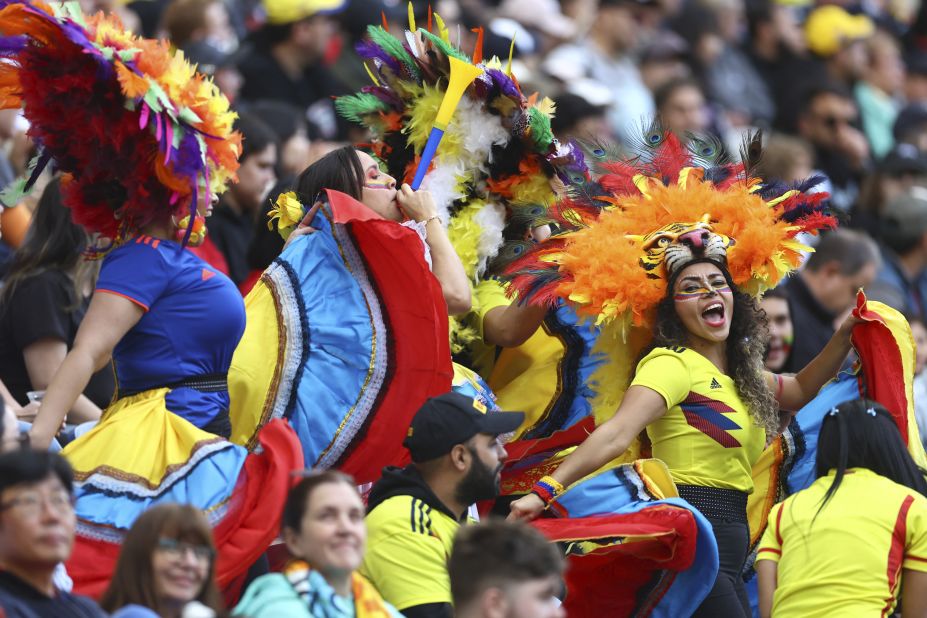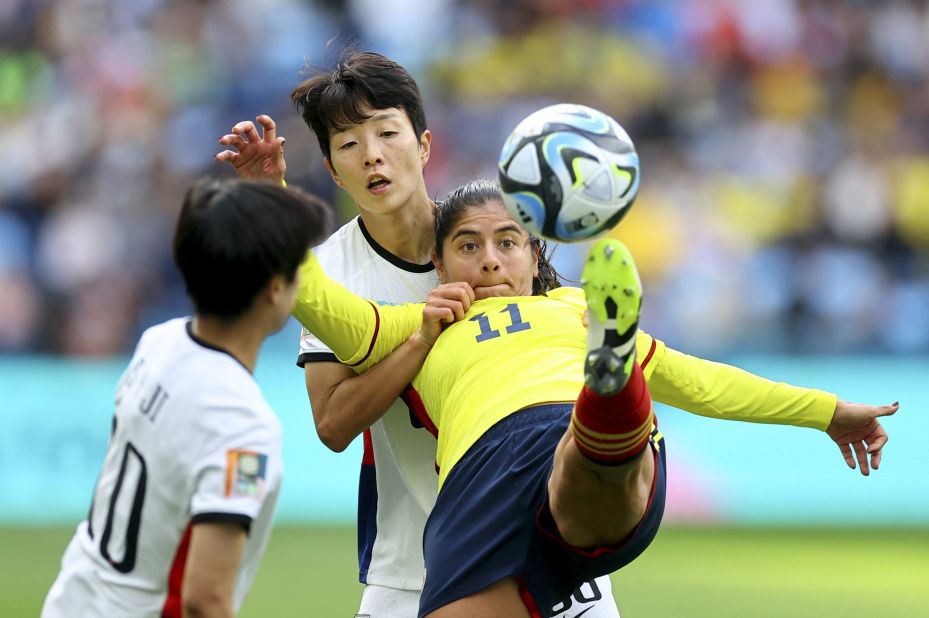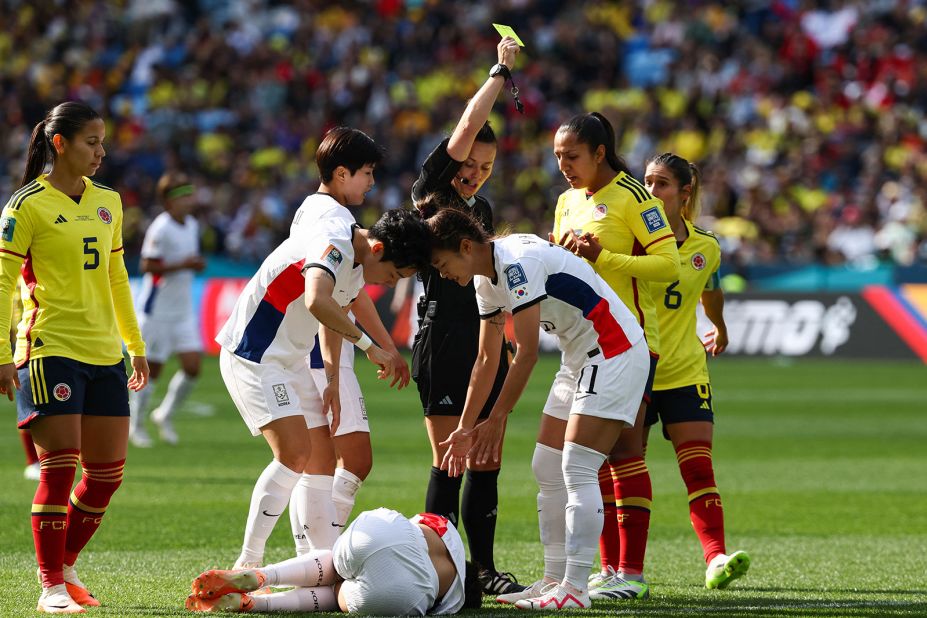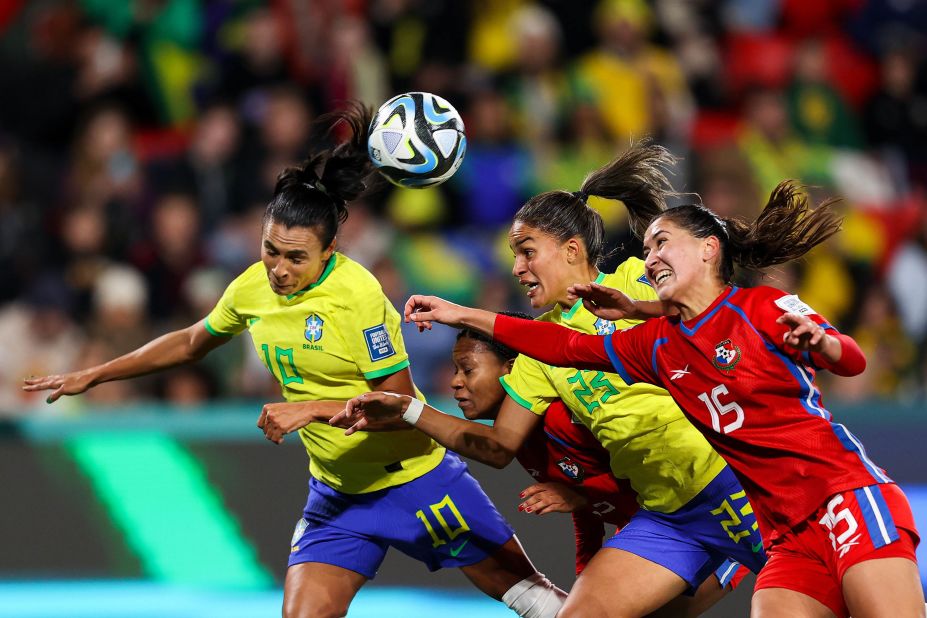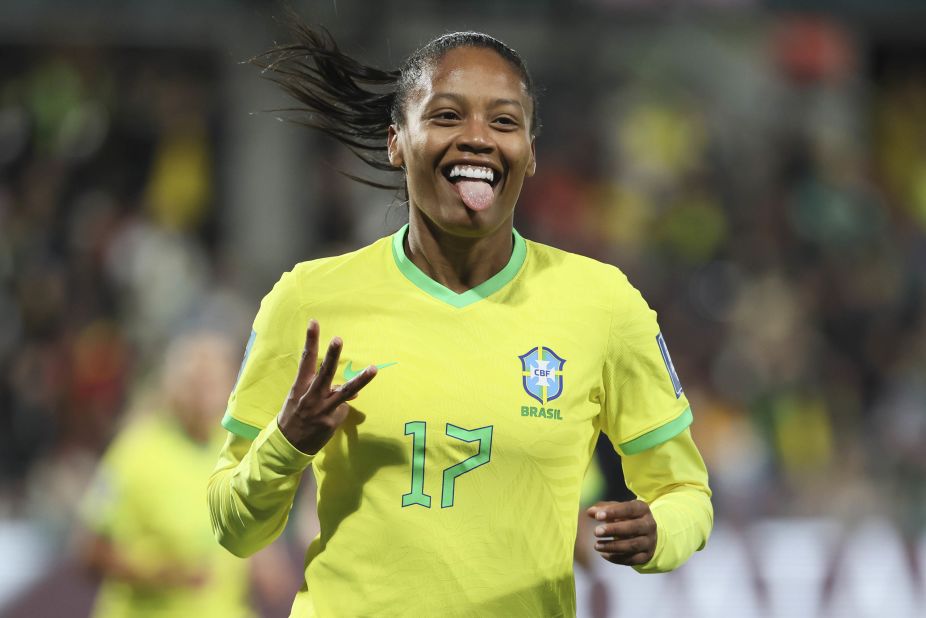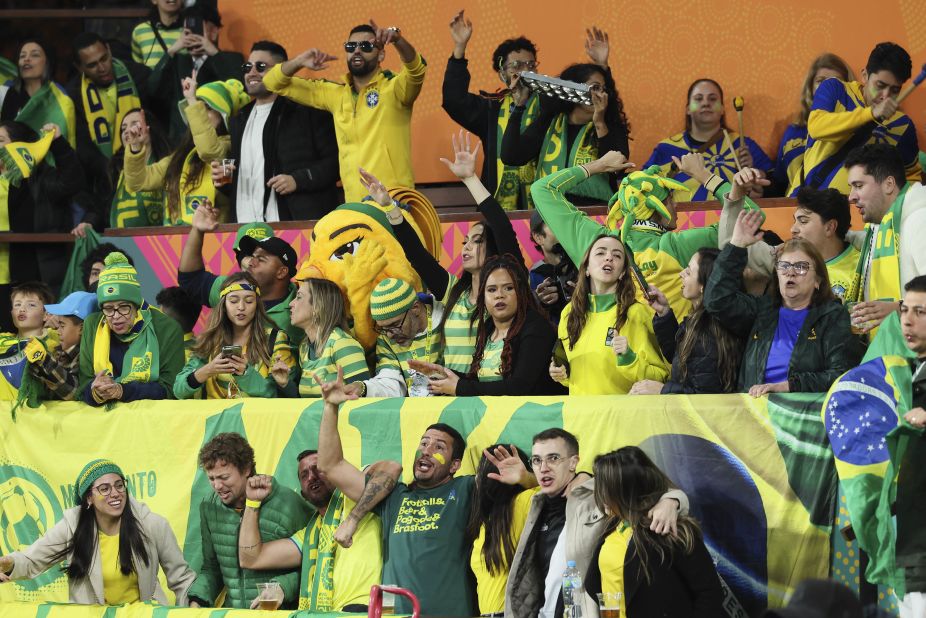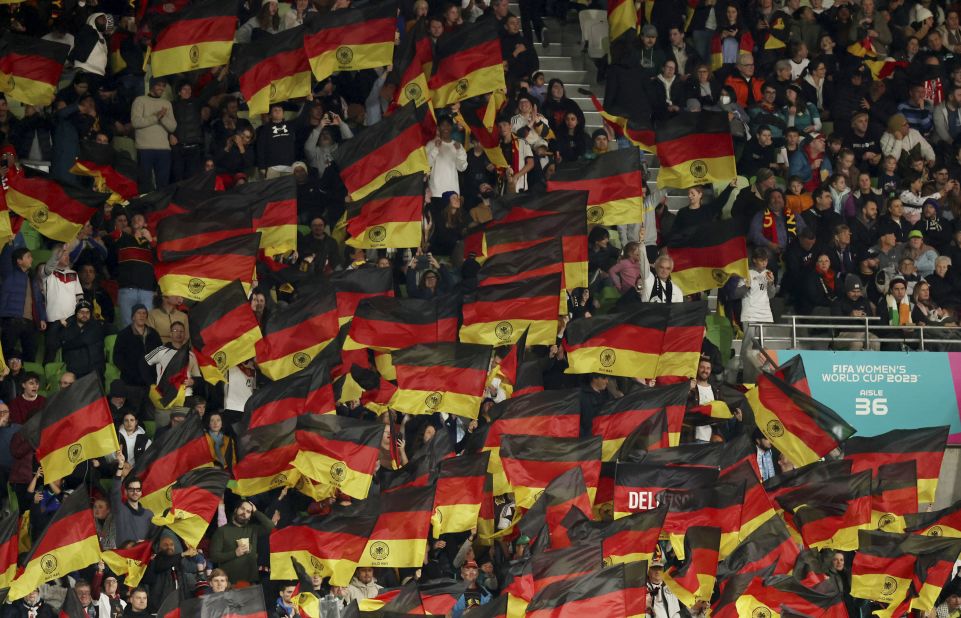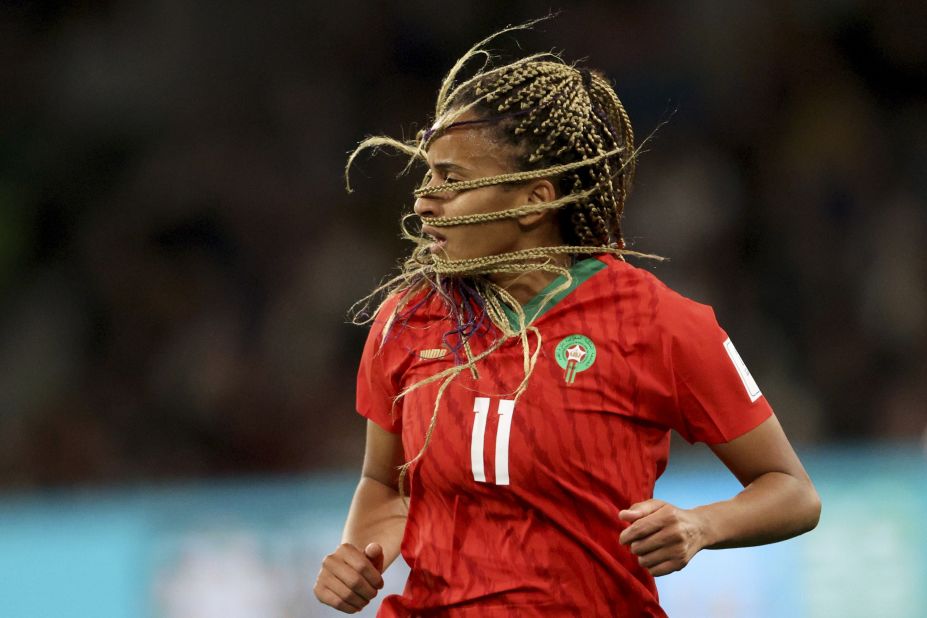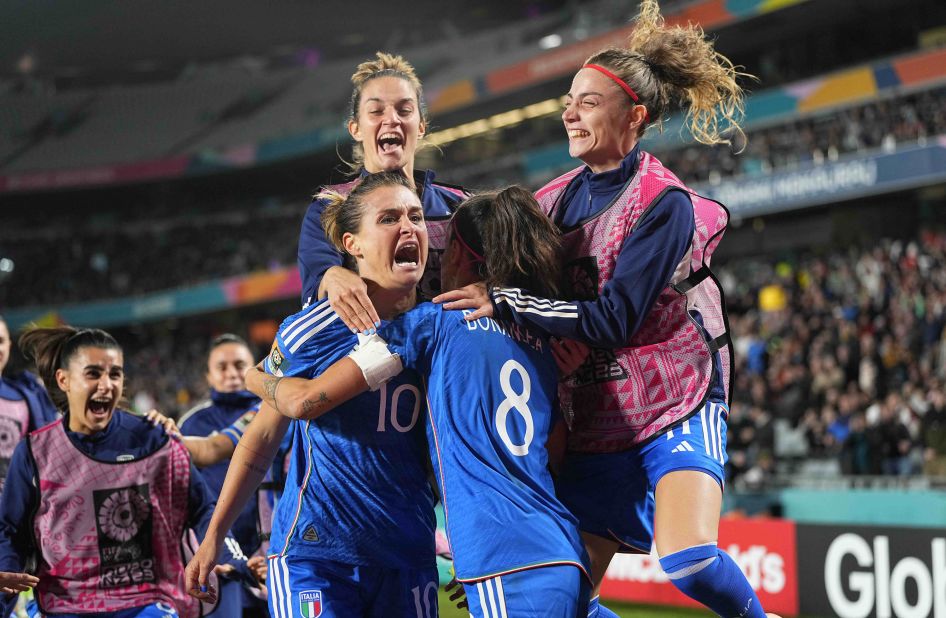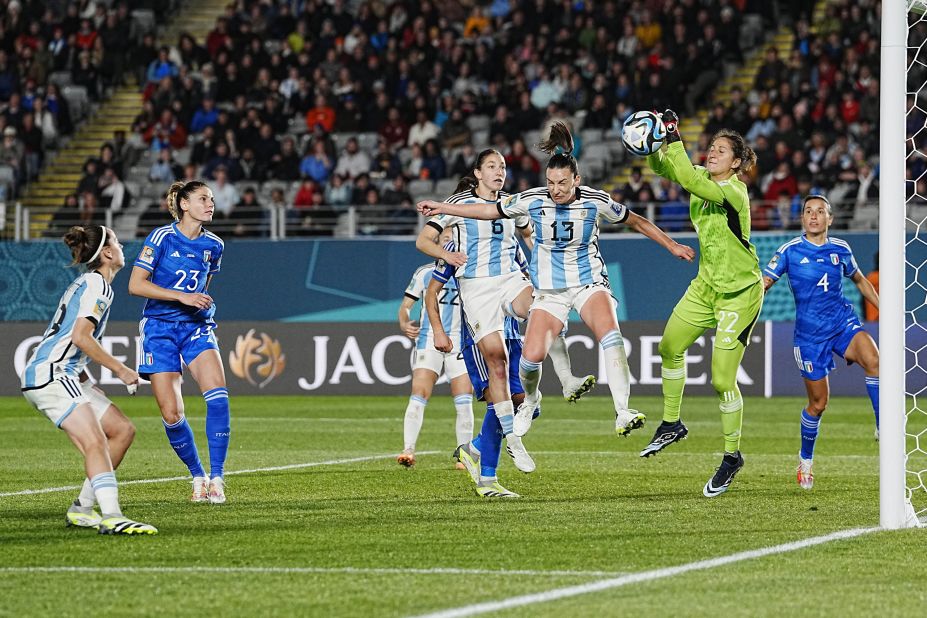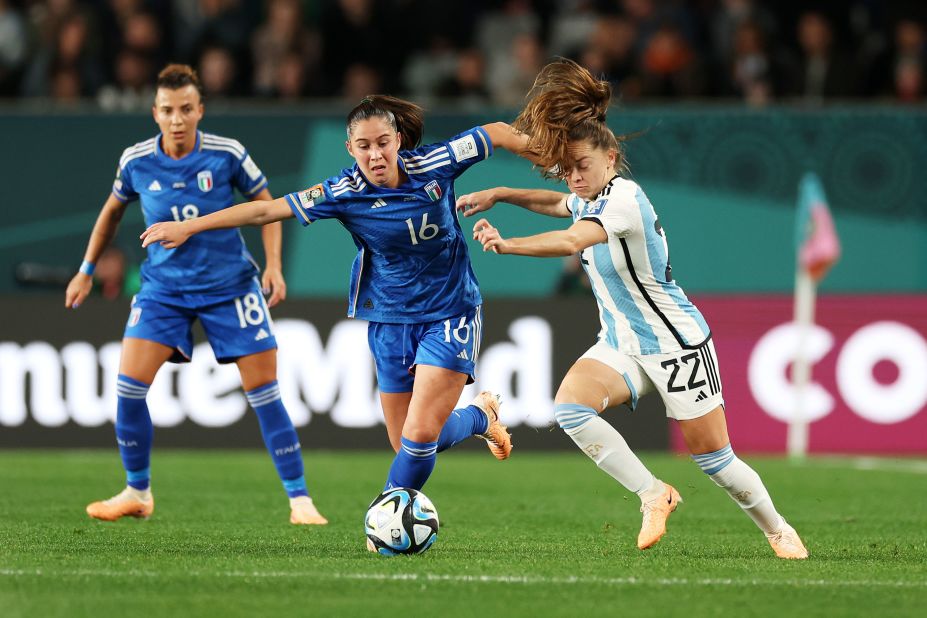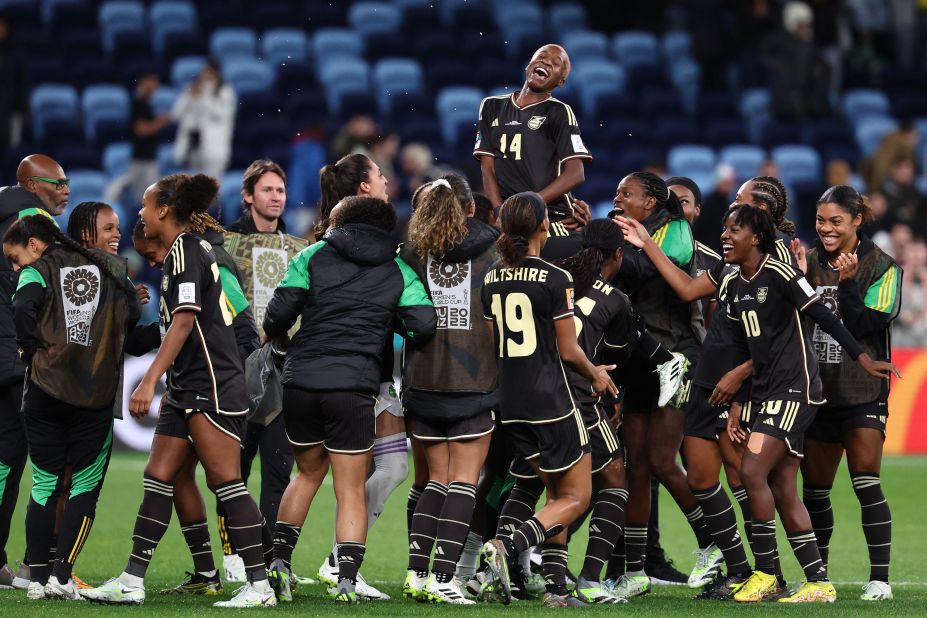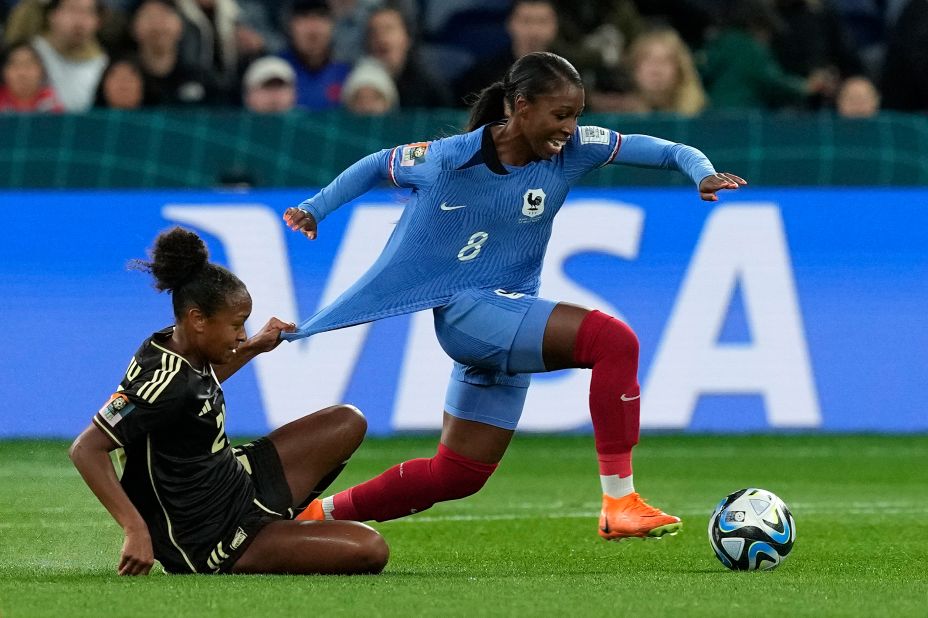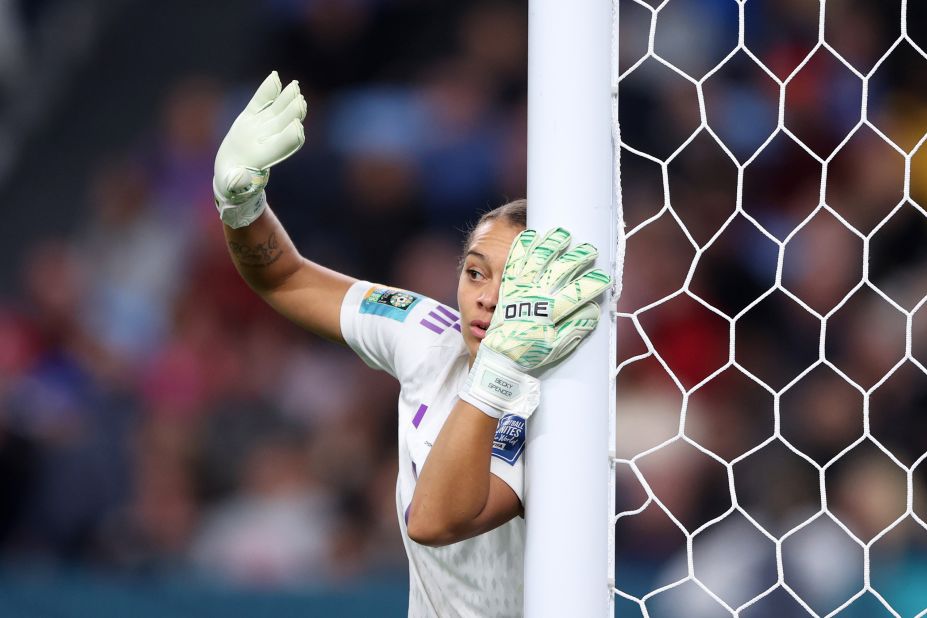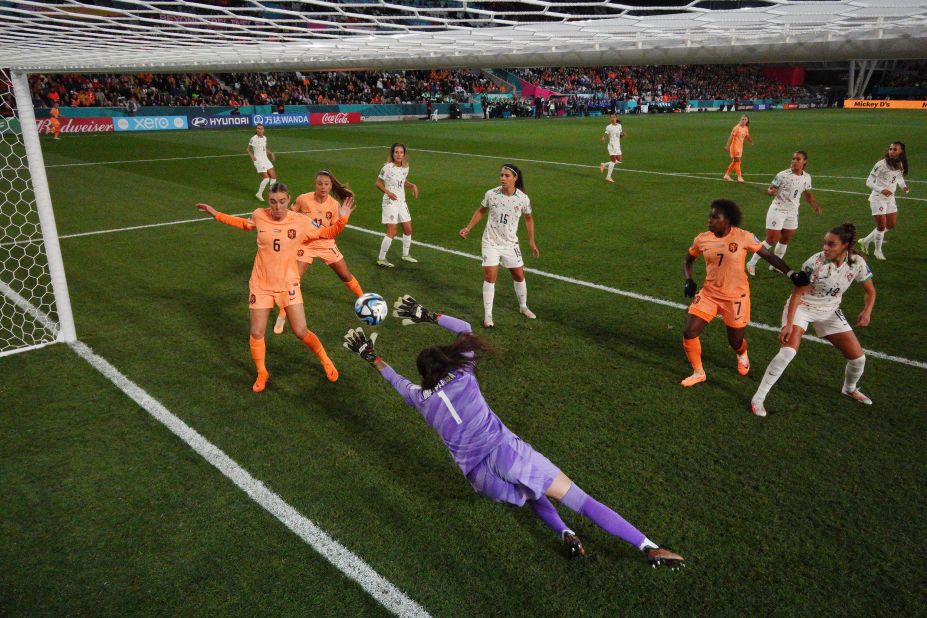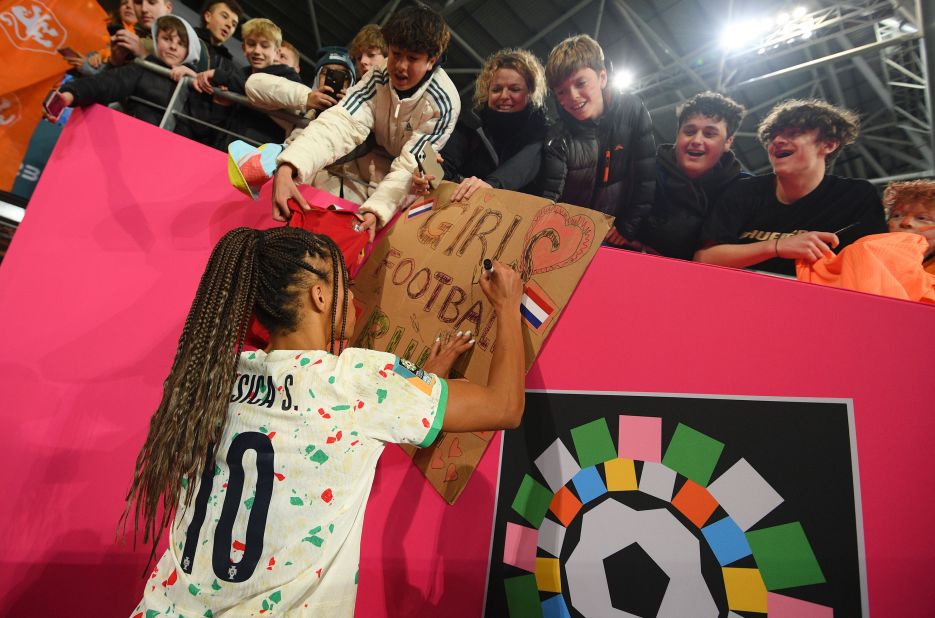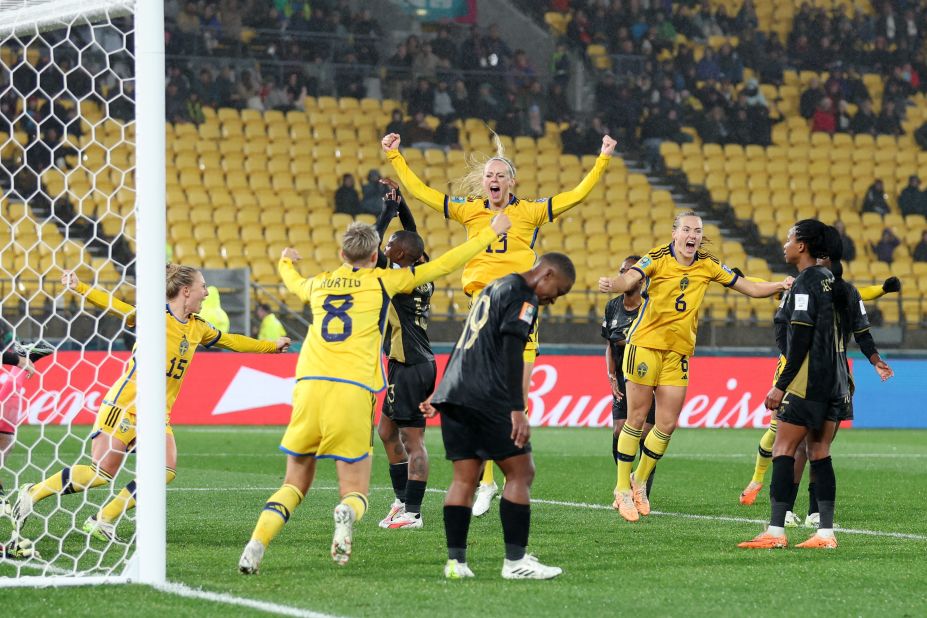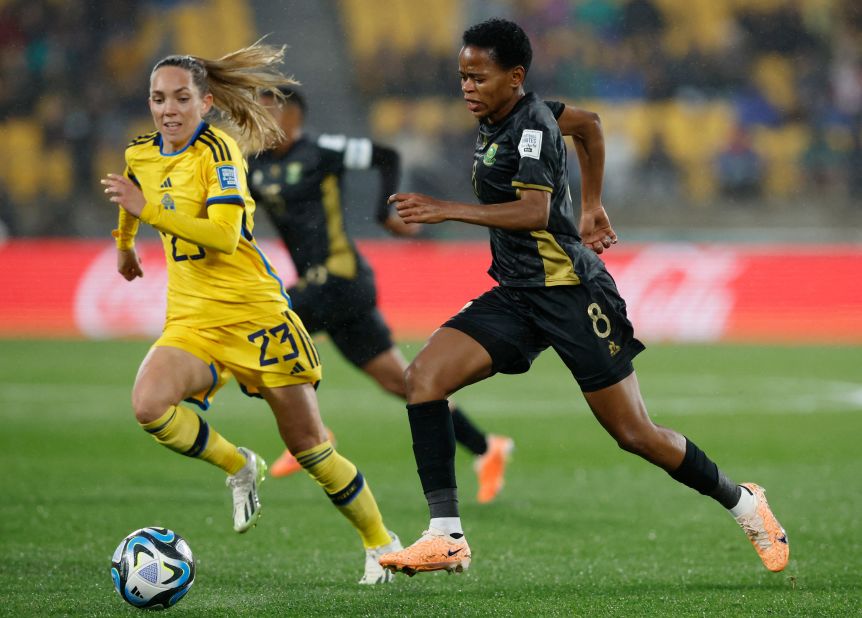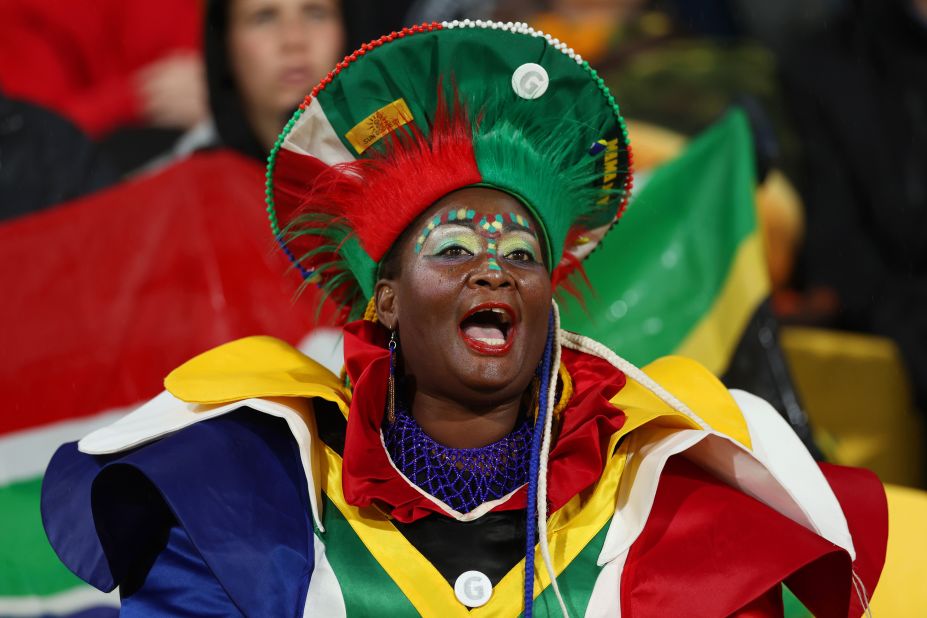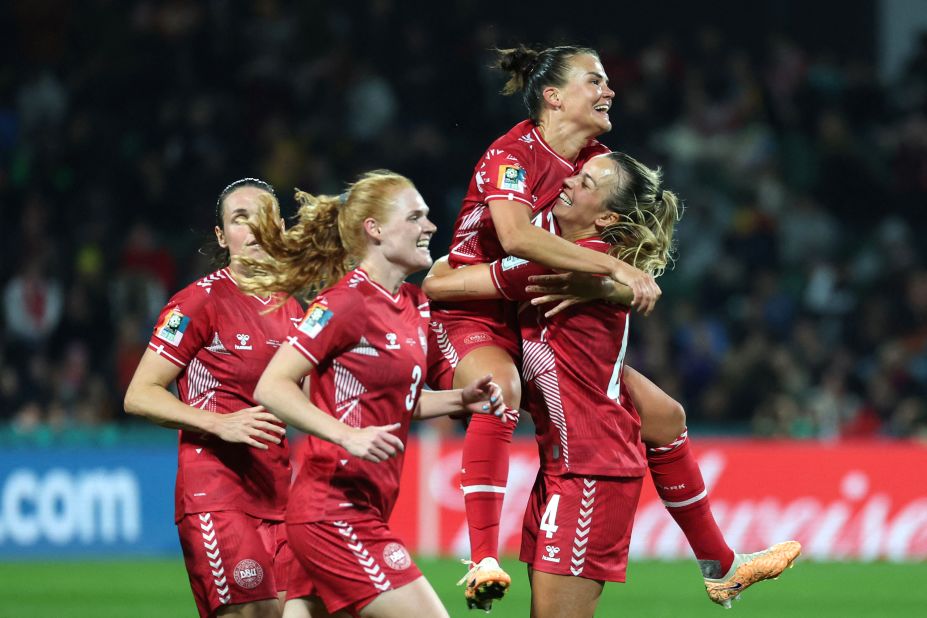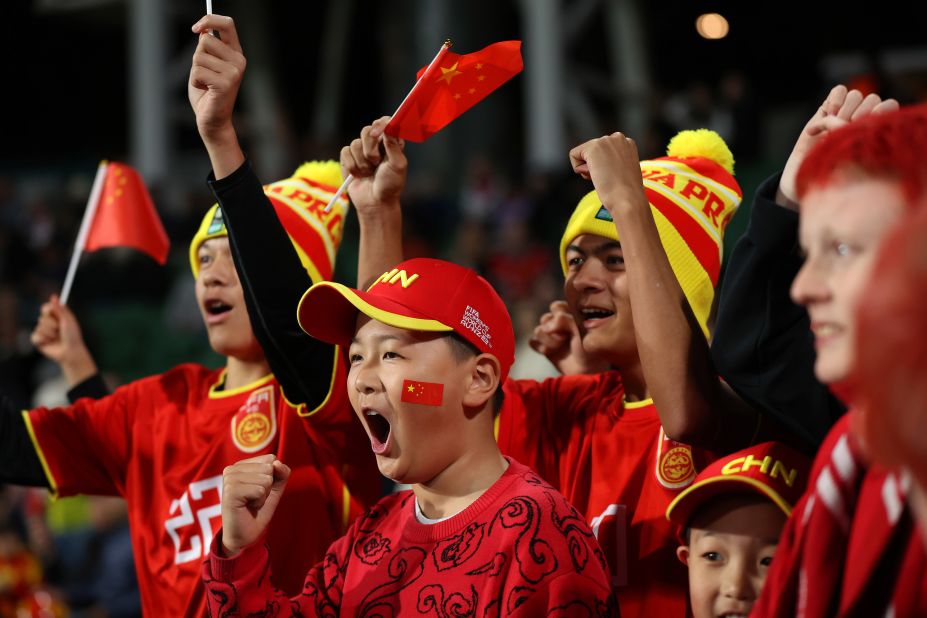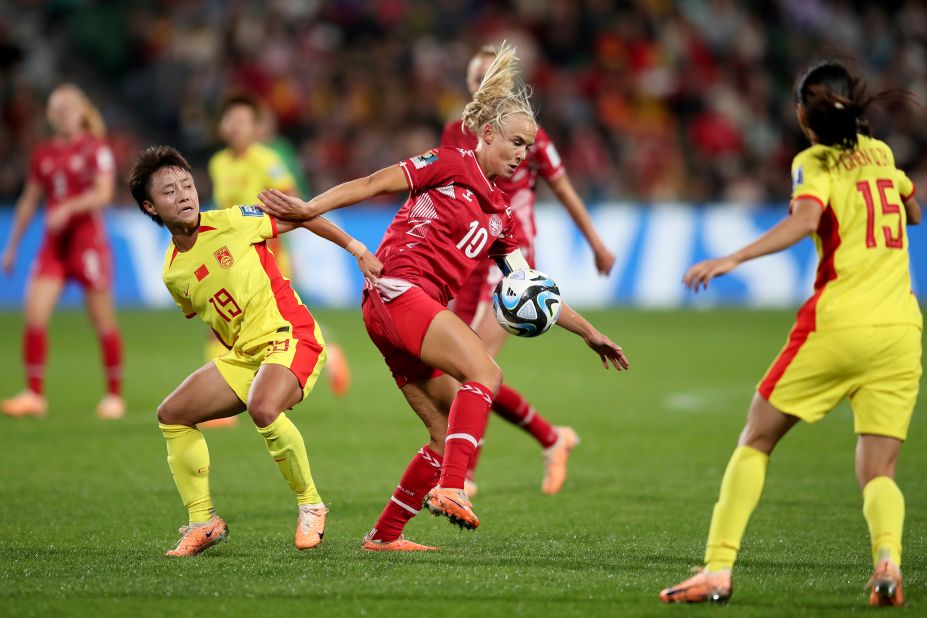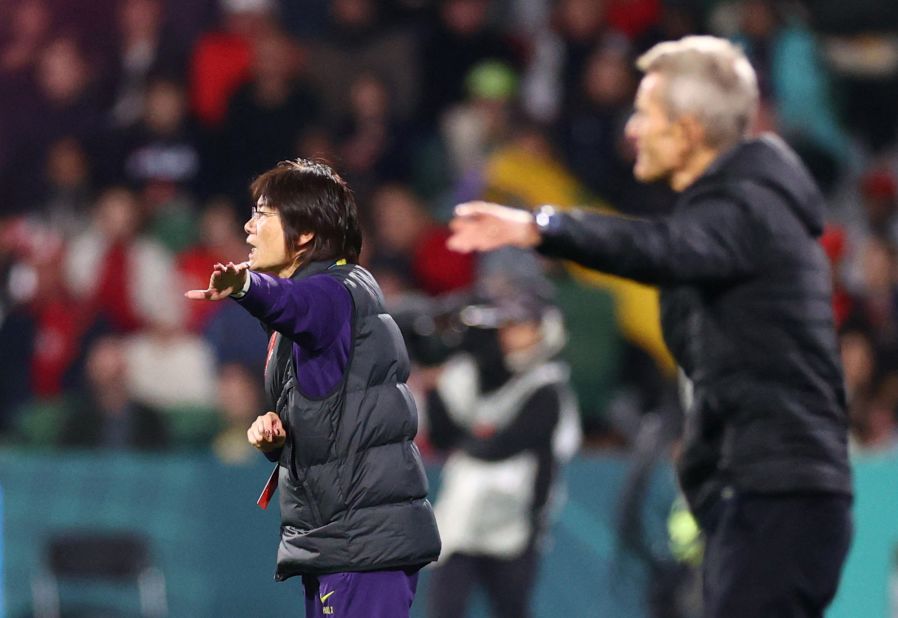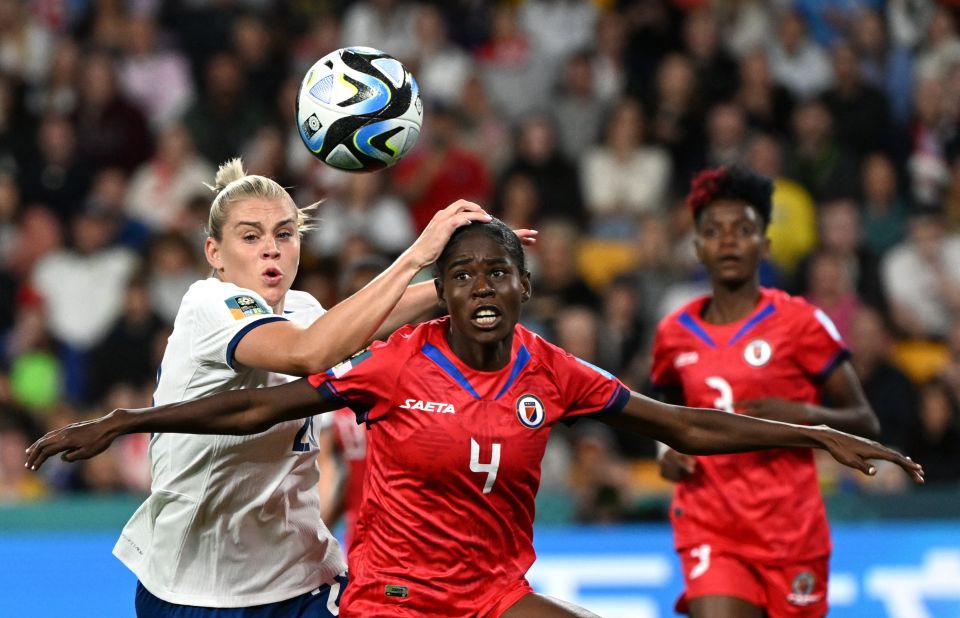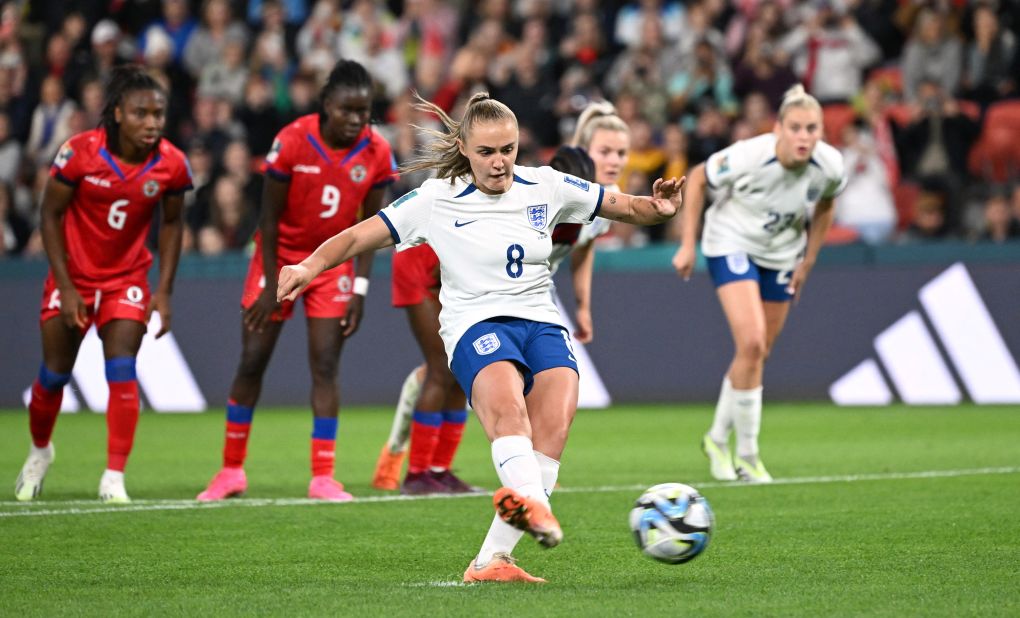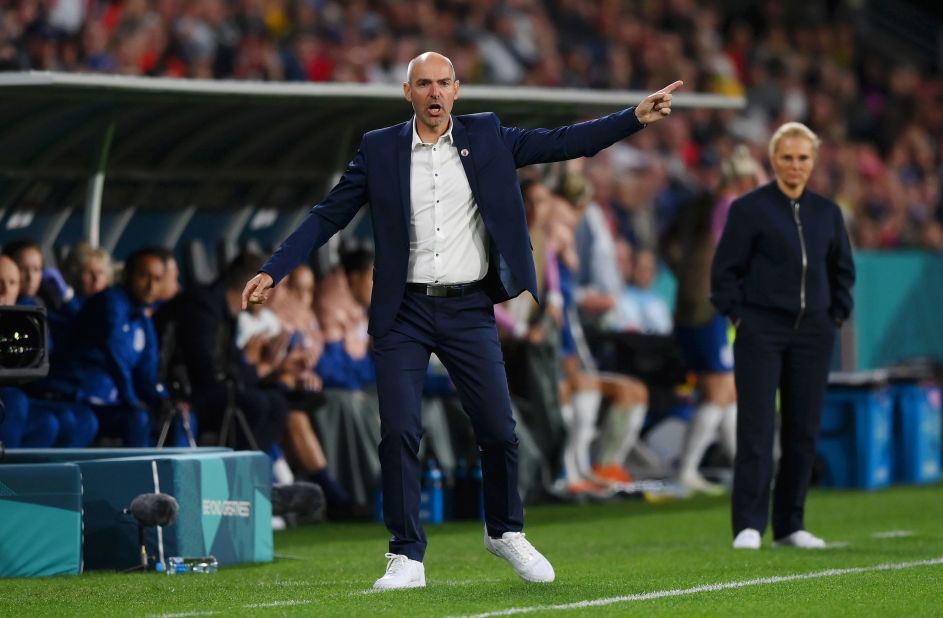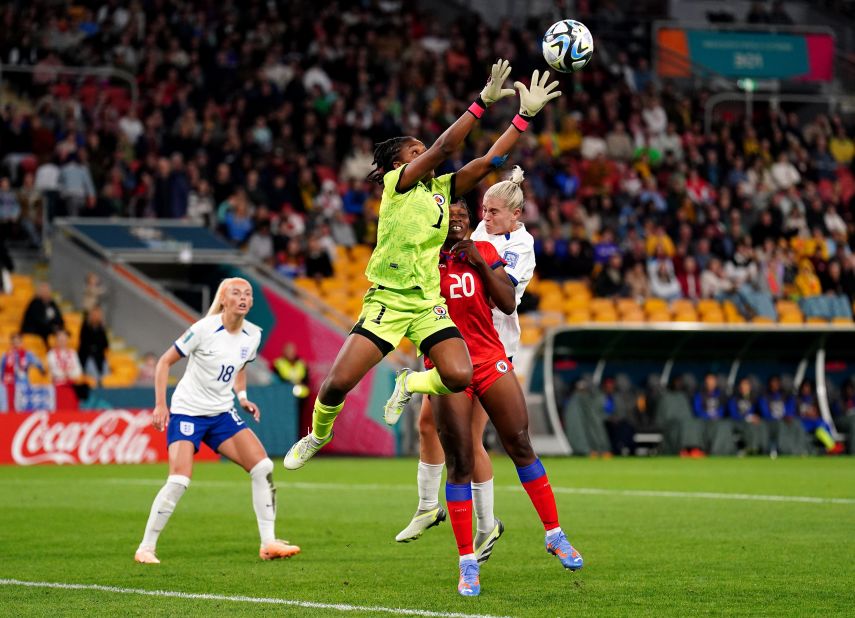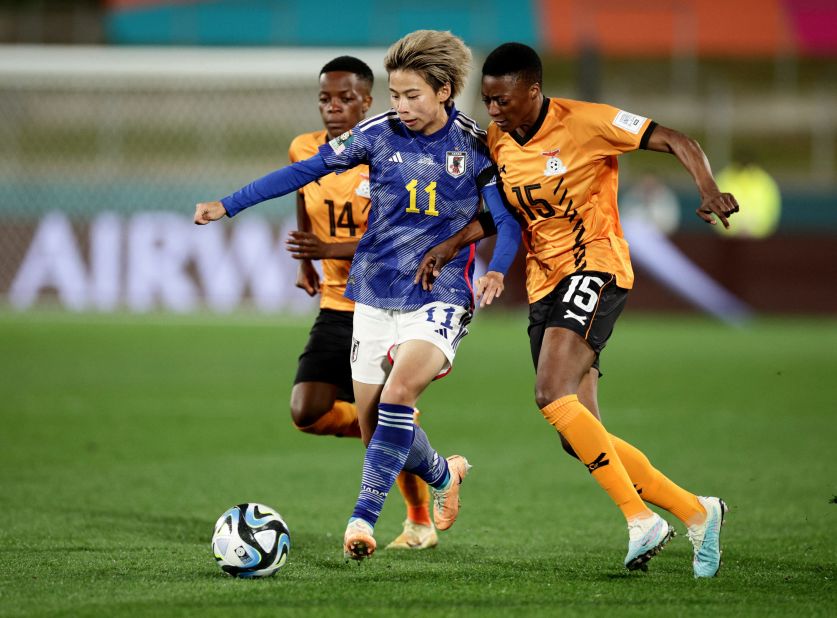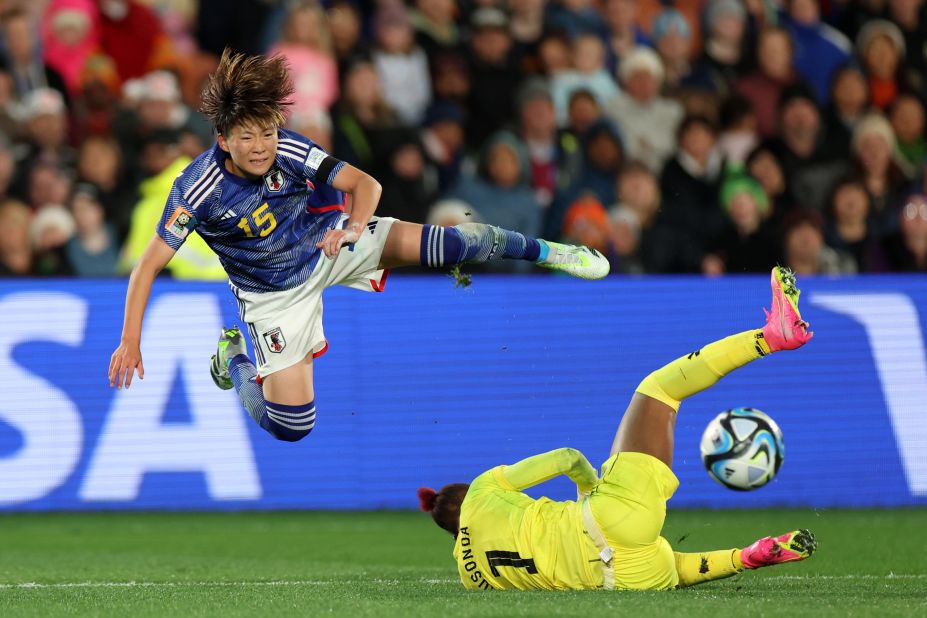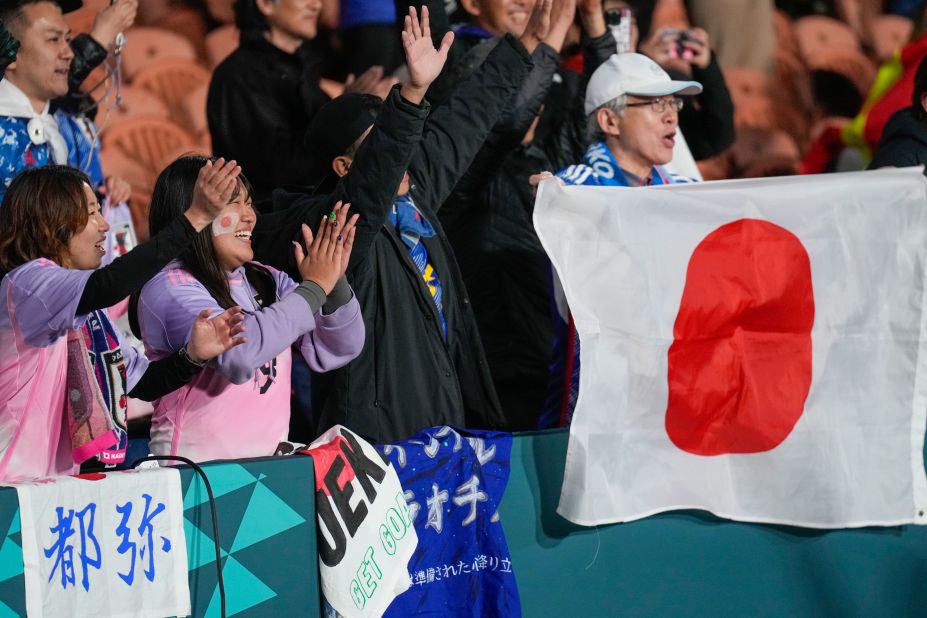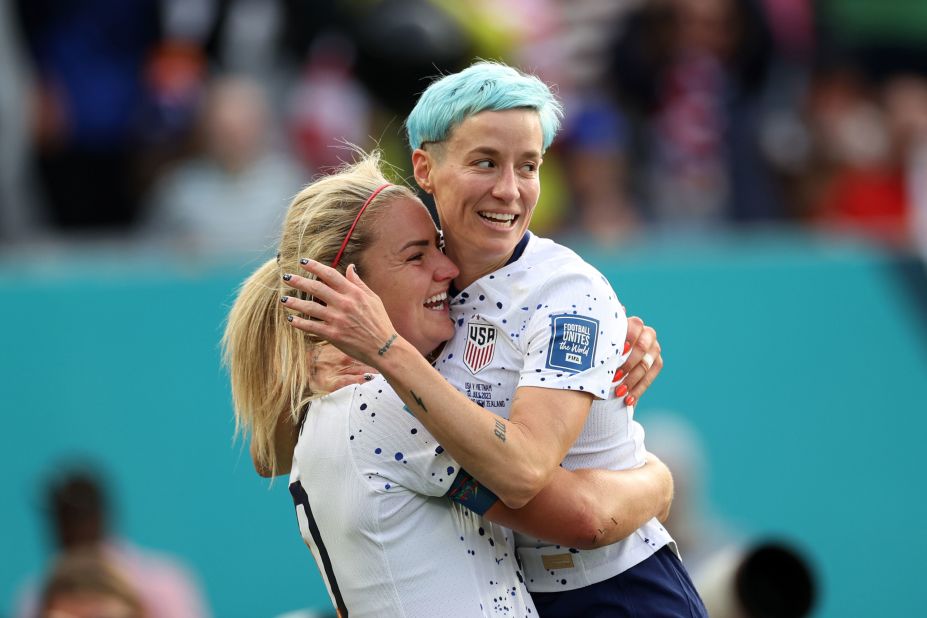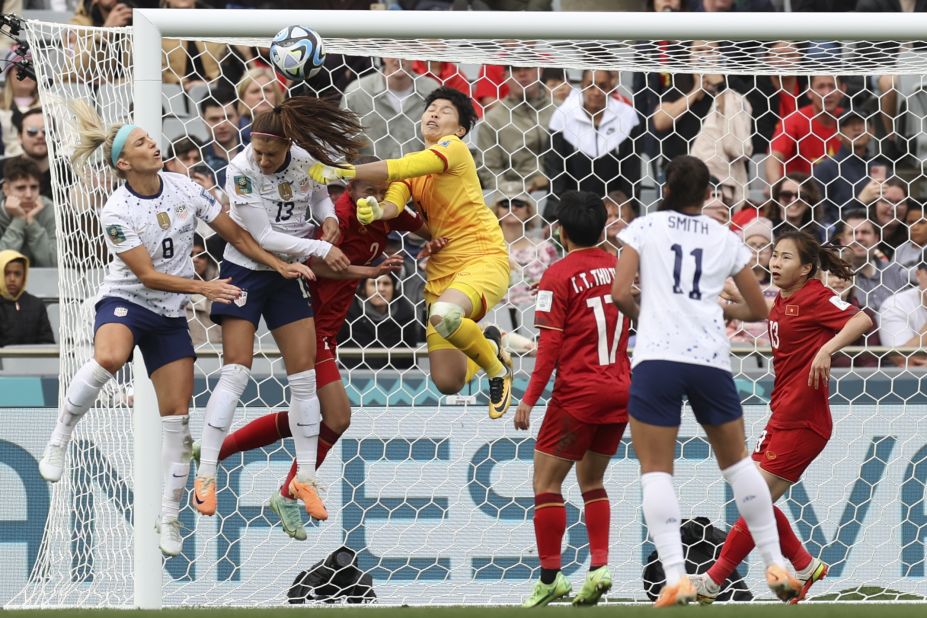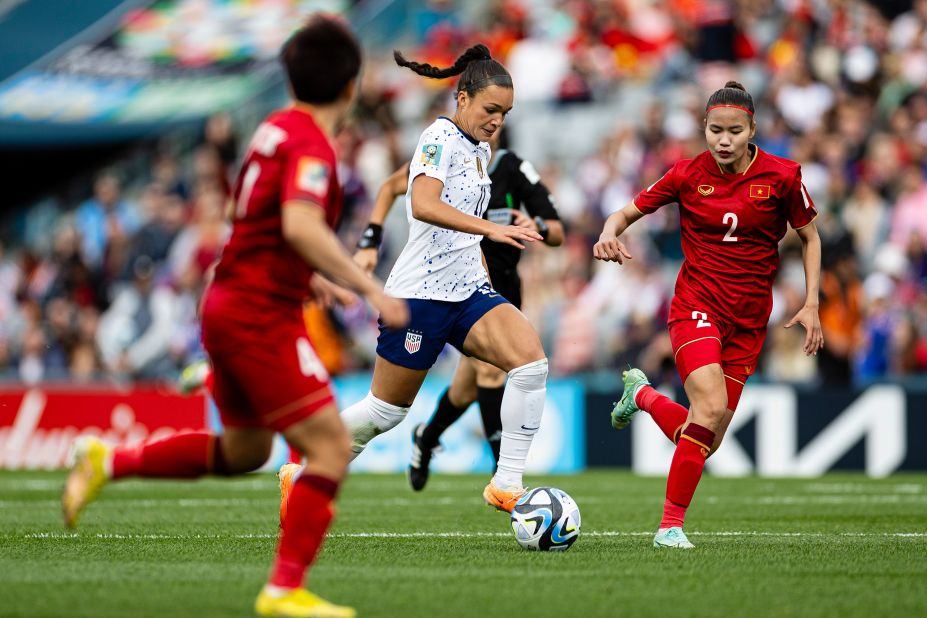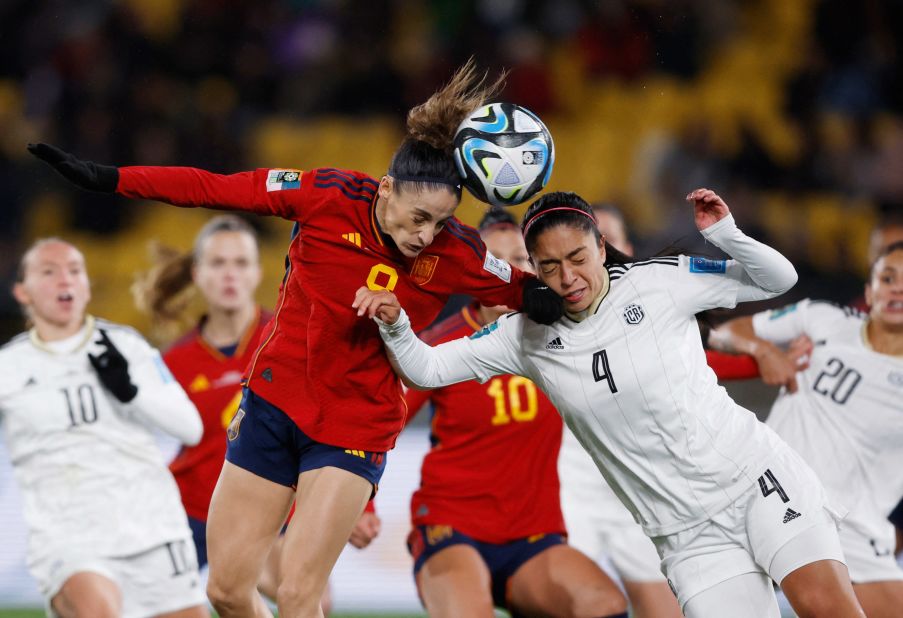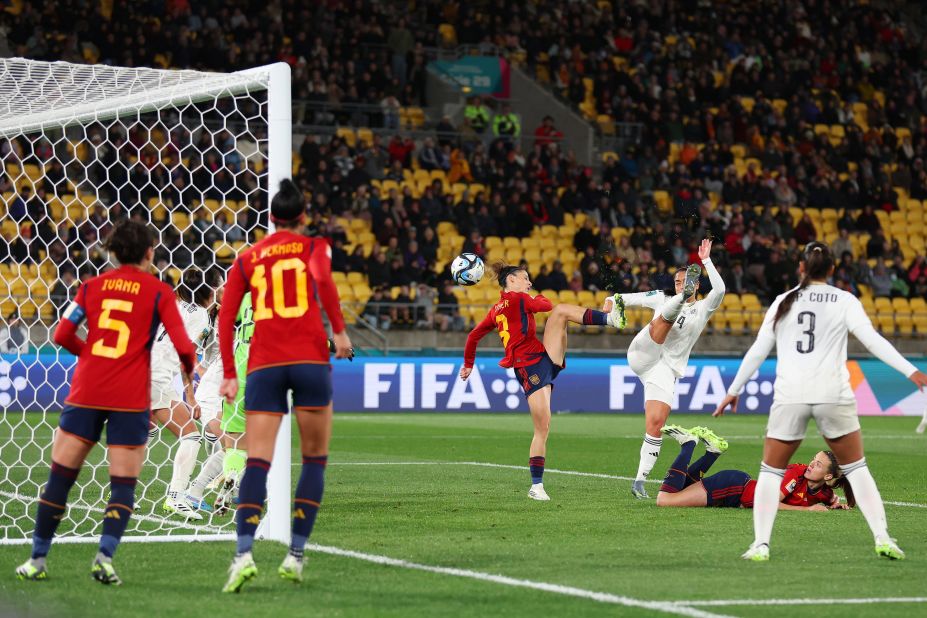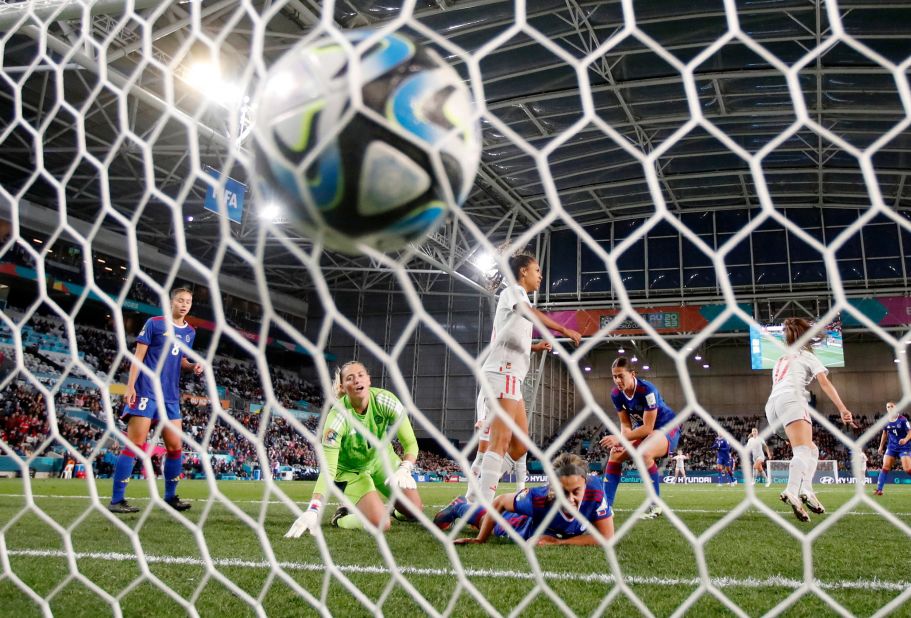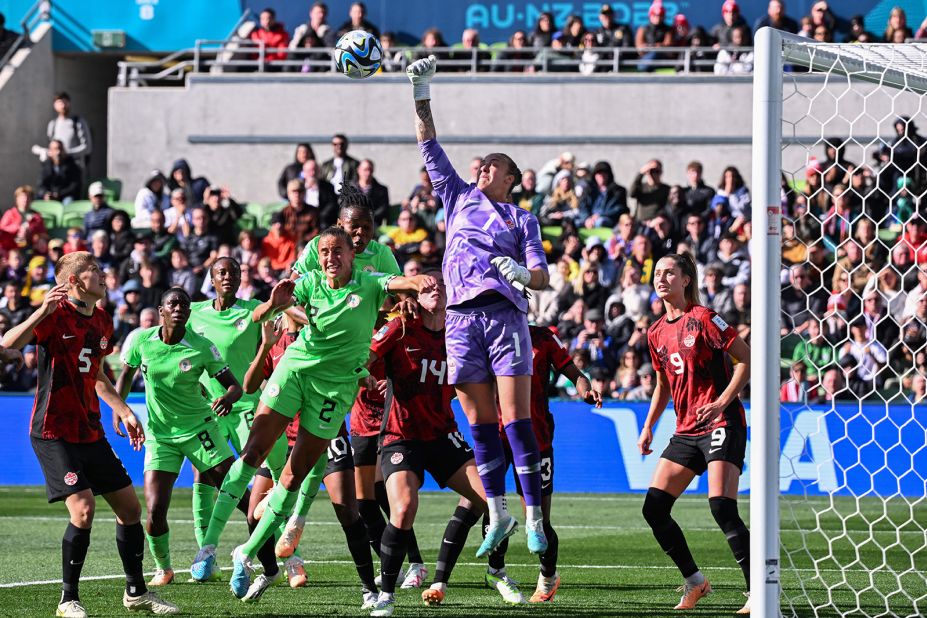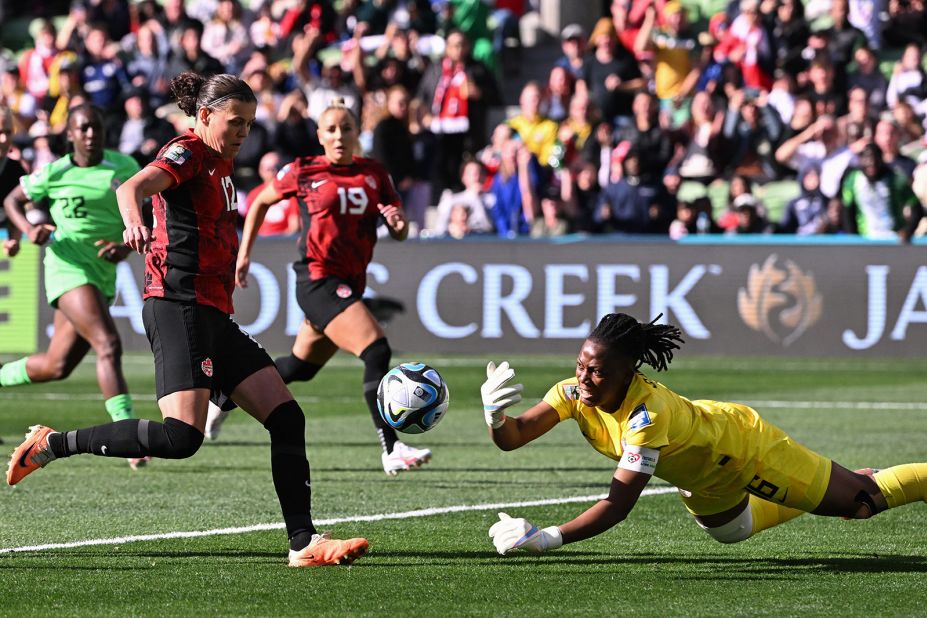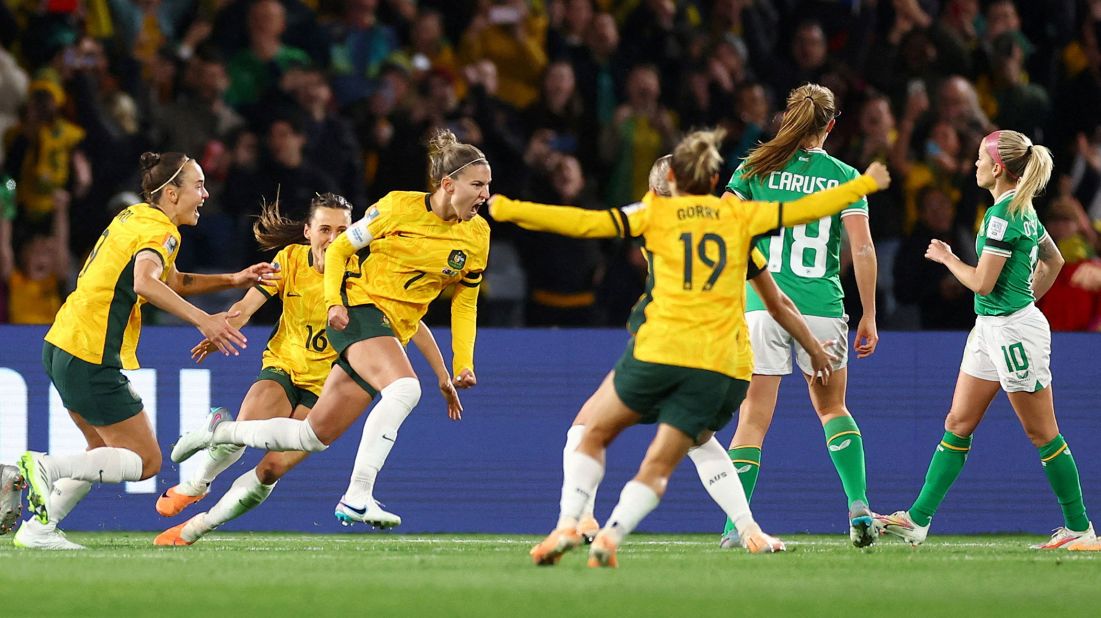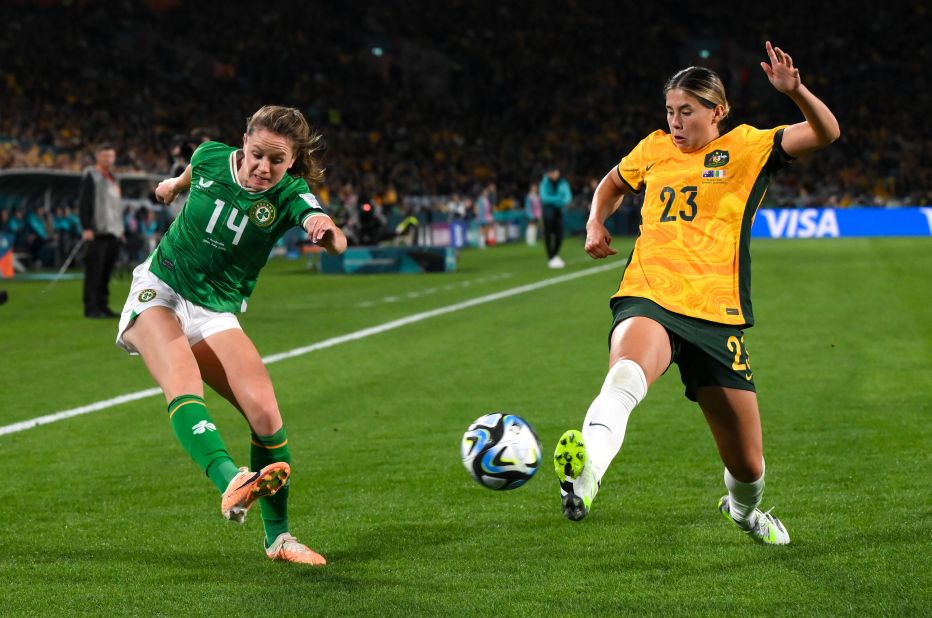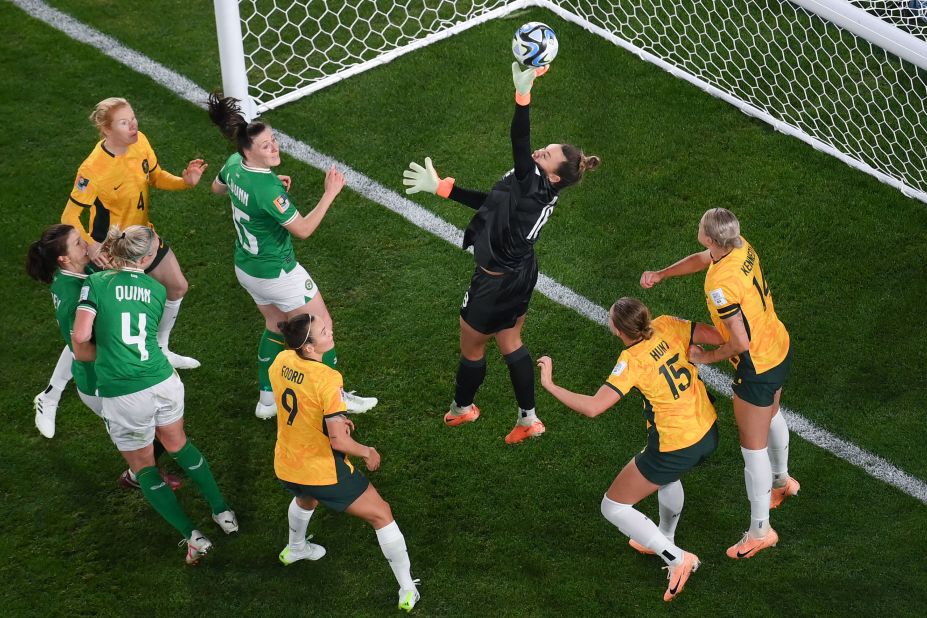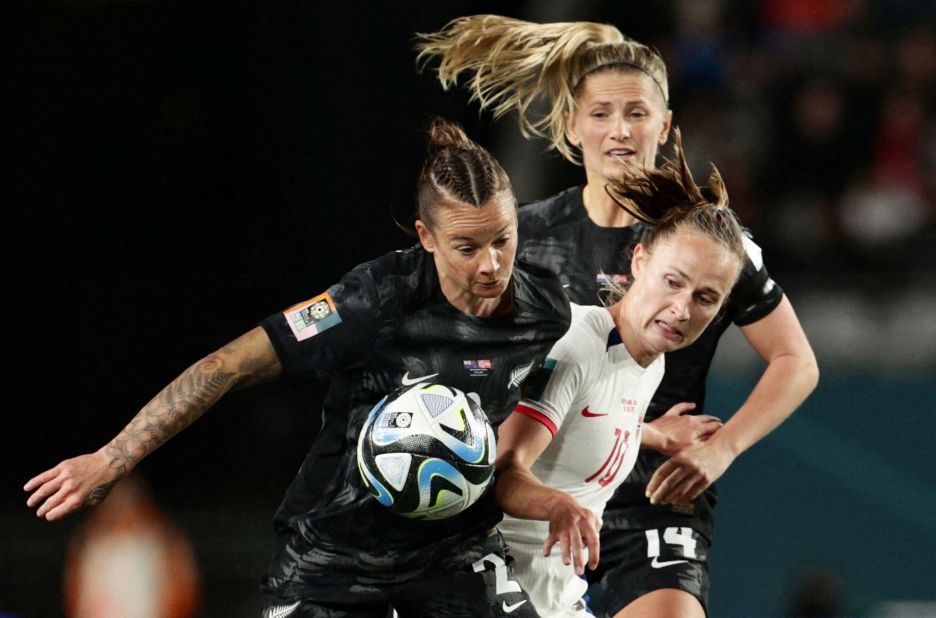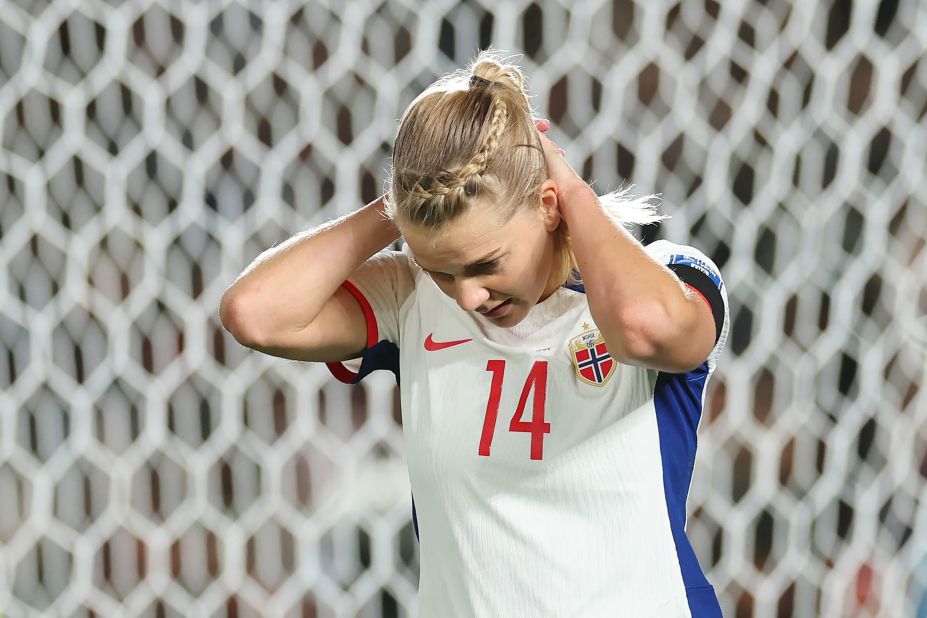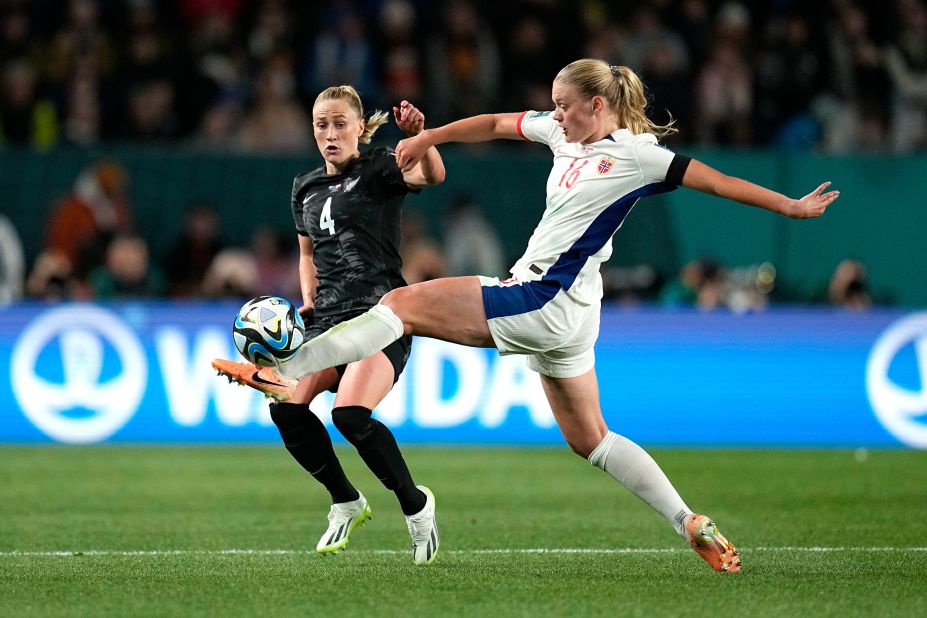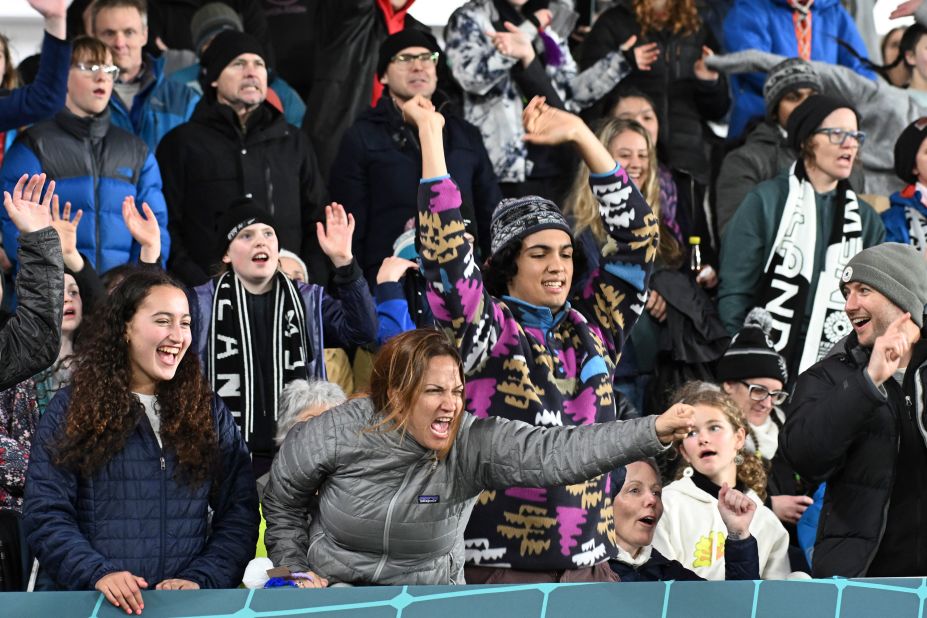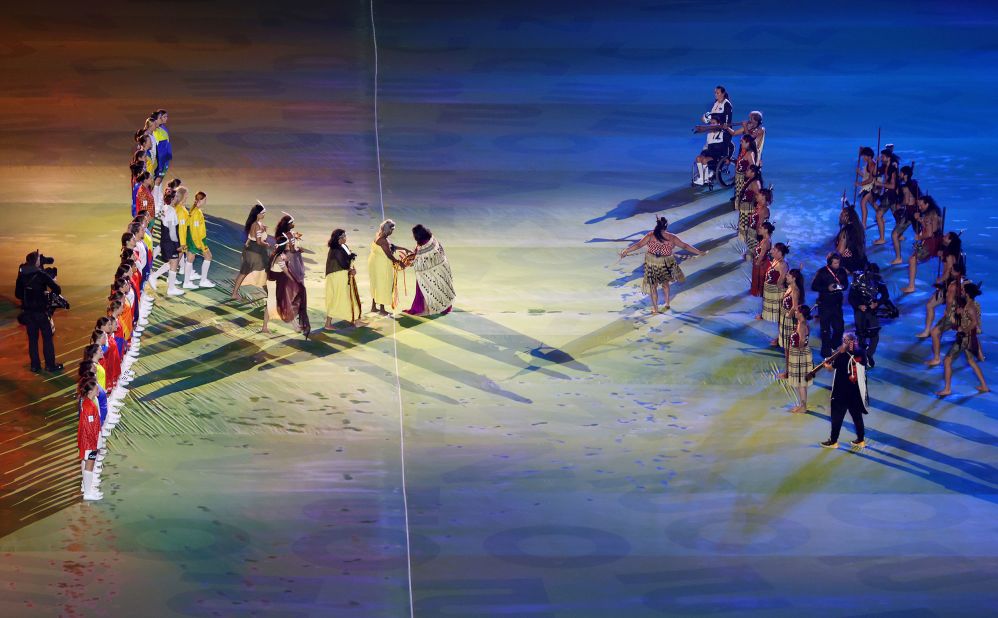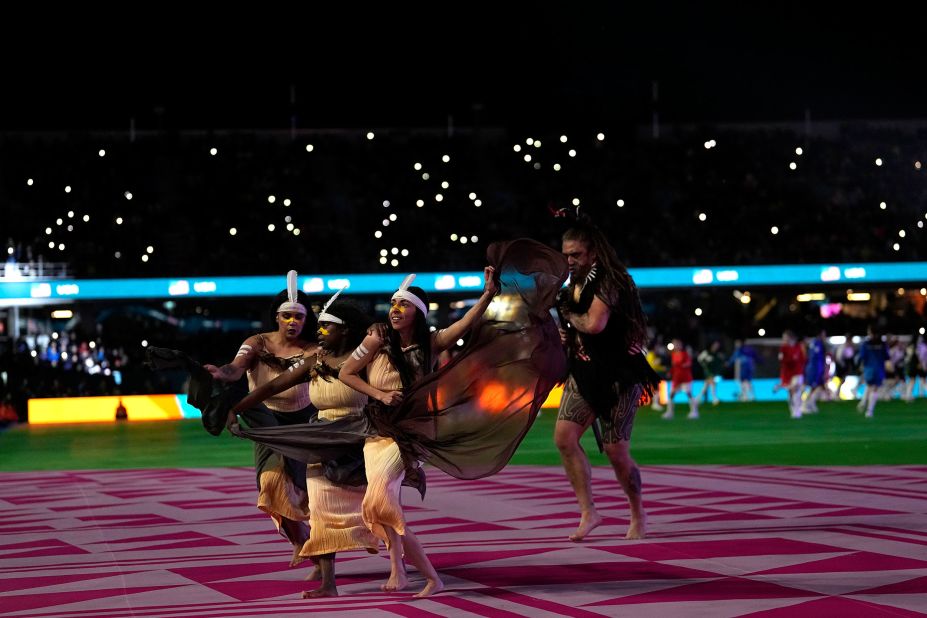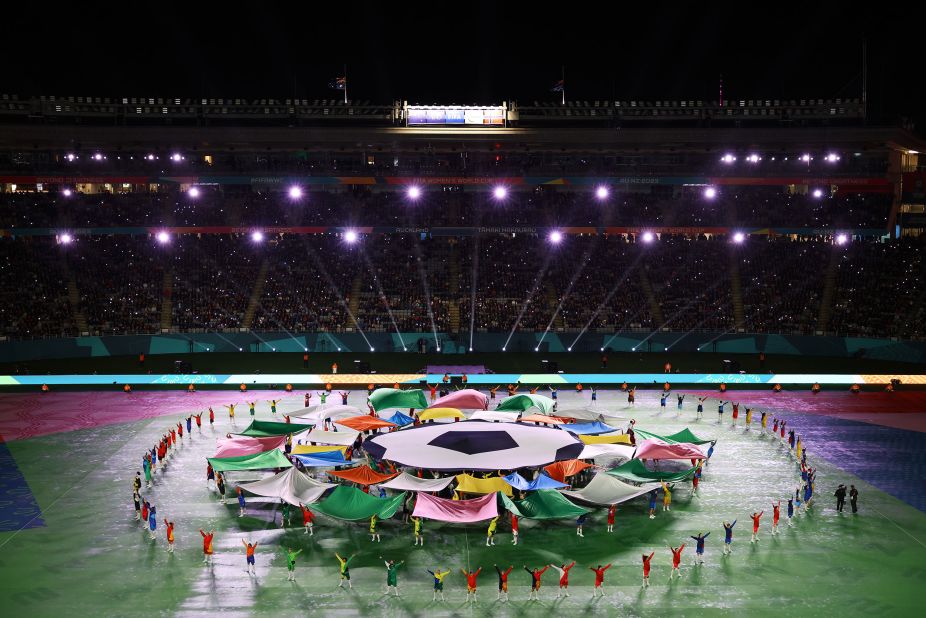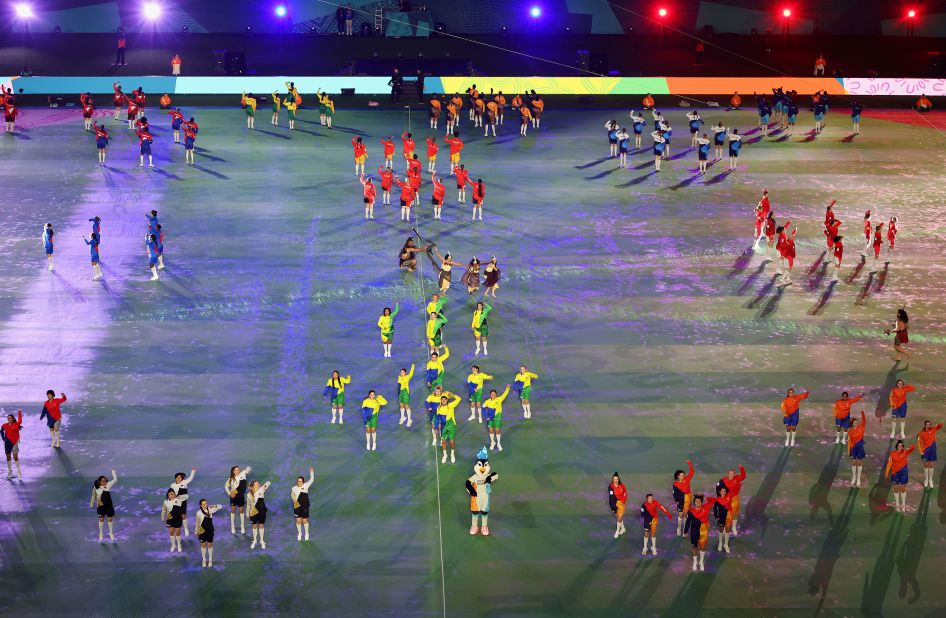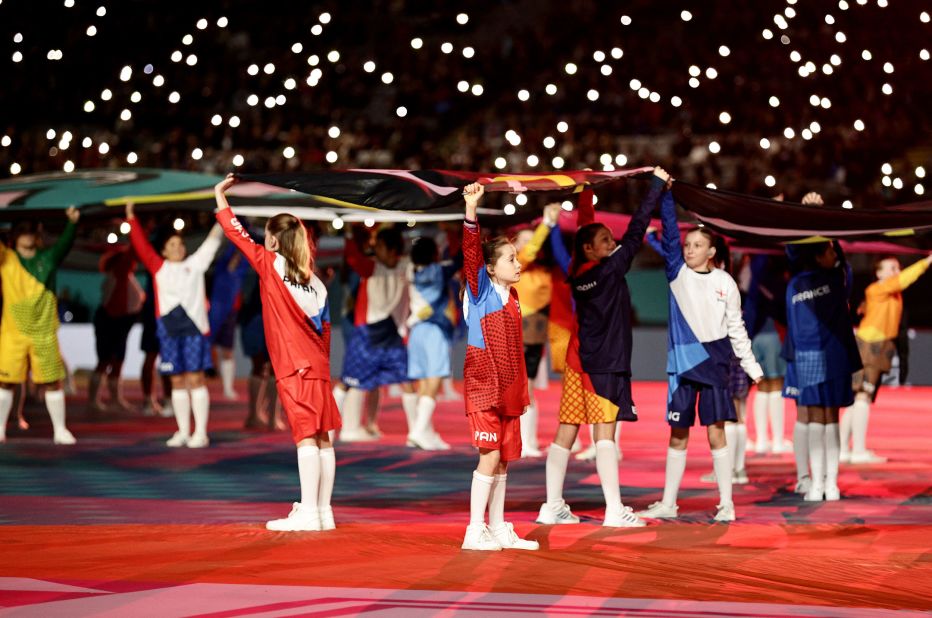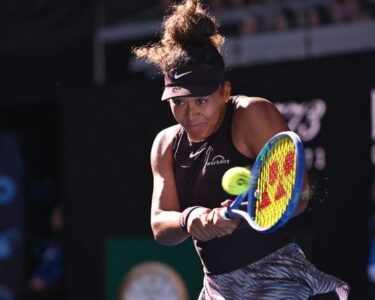CNN
—
US goalkeeper Alyssa Naeher stood alone holding the ball and inhaled deeply, her eyes wide in disbelief, as Sweden’s players raced pitchside to form a joyous heap of yellow on the grass. Some of her teammates were in tears. “Feels like a bad dream,” Alex Morgan would later tell Fox Sports.
The match was over, the US defeated by Sweden on penalties in the last 16, and gone were the dreams of making history. The team that had cleared the path for all others had been caught. This was a changing of the guard in women’s soccer.
It isn’t that the US has never lost a women’s soccer match, but it last suffered defeat at a World Cup 12 years ago and has never been knocked out of the tournament at such an early stage.
This is a country that had won four of the previous eight editions of the tournament and had always reached the semifinals. Now, it is out having failed to make it to the quarterfinals. It will take time for that to register with players and fans.
For decades, ever since that first World Cup win in 1991, the US has been the standard-bearer in women’s soccer, the dominant force on the pitch, its leading voice off it.
As First Lady Jill Biden wrote on social media, addressing her country’s defeated team: “You made this sport matter.”
Perhaps, in time, even those in the US will come to regard this loss as a positive development for the women’s game because no sport or competition thrives in a hegemony.
Three of the four former World Cup winners are no longer in the tournament, while the so-called underdogs have thrived. As the US team itself posted on social media after the match, “This year’s Women’s World Cup is a testament to the growth of women’s soccer on a global scale …”

But for all the gloss, of how the sport is more competitive than ever, more popular than ever, better funded than ever, questions will still be asked: how did this team fail so badly?
Four years ago, when the US won its second successive title, the team was undoubtedly the best in the world. With Megan Rapinoe in her pomp, the US was confident and ruthless. There was the record 13-0 win over Thailand, while France, England and the Netherlands were all dispatched on the way to the title.
Much has been written about the American squad’s struggles in this tournament, the tactics have been criticized as has coach Vlatko Andonovski’s substitutions.
There was just one victory in the group stage and a goalpost came to the team’s rescue against Portugal, preventing the Iberian nation from scoring a late winner which would’ve ended the US’ participation at the group stage. On the basis of the group stages, that the US did not end this tournament as the champion is not a surprise.
Plenty has been said about the mentality of the US this last week, too – former player Carli Lloyd was particularly vocal in her criticism following the draw with Portugal – but to put this defeat down to the disintegration of the country’s famed winning mentality would be too simplistic.
“That’s our secret sauce, it’s the insatiable desire to win,” Rapinoe told CNN Sport before the start of the tournament. But defeat doesn’t mean the team lacked the desire to win. It did, however, lack the killer instinct of old. For the first time in back-to-back World Cup games, the US had failed to score.
The best photos of the 2023 Women’s World Cup
While the performance was poor against Portugal, the US was better than Sweden in Melbourne on Sunday and could’ve won handsomely. The US had 21 shots on goal, 11 on target which an inspired Sweden goalkeeper Zećira Mušović saved, accumulating the most saves by a keeper in a match at the competition to date.
US captain Lindsey Horan praised her team post-match for playing “beautiful football,” but it was the inability to score, the team’s toothlessness in attack, that meant the match had to be decided by penalties, which is ultimately a test of nerve and chance.
It was the cruelest of defeats. After the penalty shootout went to sudden death, the video assistant referee (VAR) determined that Lina Hurtig’s penalty had just crossed the line despite US goalkeeper Naeher initially appearing to save it; Naeher later told Fox Sports, “We just lost the World Cup by a millimeter.”
The truth is winning has become harder in women’s soccer and will become even harder. With the added weight of history on their shoulders, of trying to win a third consecutive world title – a feat that has not been achieved in the men’s or women’s game and is arguably close to impossible – the US faltered.
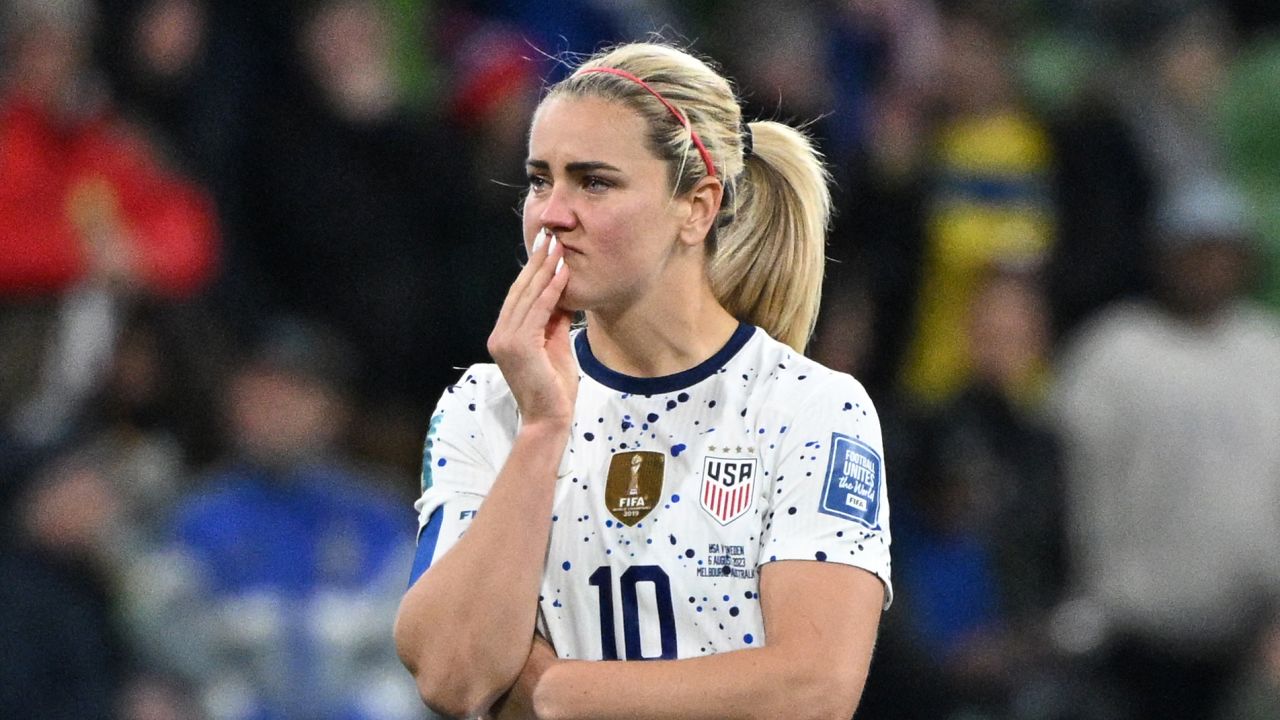
The rest of the world has improved, but we knew that already: from the Tokyo Olympics when the US won bronze and lost to Sweden in the group stage, to when England beat the US 2-1 at Wembley last year.
Many countries are now relatively well funded, though there are still huge disparities within the women’s game itself and in comparison to men’s teams.
And the world’s traditional soccer powerhouses have leagues that can match the National Women’s Super League (NWSL) in the US for competitiveness – specifically England, France and Spain, countries currently still in the competition.
There were injuries to key players before the tournament – a particular miss was Becky Sauerbrunn in defense and Mallory Swanson in attack – but other countries had to deal with injuries too.
The management, the federation, and the players will be grilled over the coming days and plenty will be written about the team’s fall from the top of the pile. After all, the bigger the expectations, the more microscopic the focus on a team’s every travail.
But there is light to add to these dark days for US women’s soccer because this is a team which promises to have a better future.
Fourteen members of the squad were competing at a World Cup for a first time. Twenty-one-year-old Trinity Rodman was the best player on the pitch against Sweden until she was substituted, while the likes of 18-year-old Alyssa Thompson and 23-year-old Naomi Girma are undoubted talents who could be mainstays for years to come.
There will be no Rapinoe at the next World Cup – the 38-year-old is playing her final season – and Julie Ertz said after the match that this would likely be her last for the US.
Yet, the foundations are there for further success, or to at least be better than they were in the four matches played in Australia and New Zealand.
There is still a wealth of talent in the collegiate system, while in the 2021/22 school year, soccer was the third-most popular girls’ program with 374,773 participants, according to the High School Athletics Participation Survey.
“Our genetic pool is rich with athletes,” former US coach Anson Dorrance told CNN Sport before the tournament.
Looking ahead to the future, Horan said, “Being able to come out of the group stage, where we didn’t play our best, and changing it into this kind of performance, this is what this team is going to be made of with so many young players coming through.”
But defeat at such an early stage is a warning. Stand still in this sport and the pain of a single loss can quickly turn to years of hurt.


